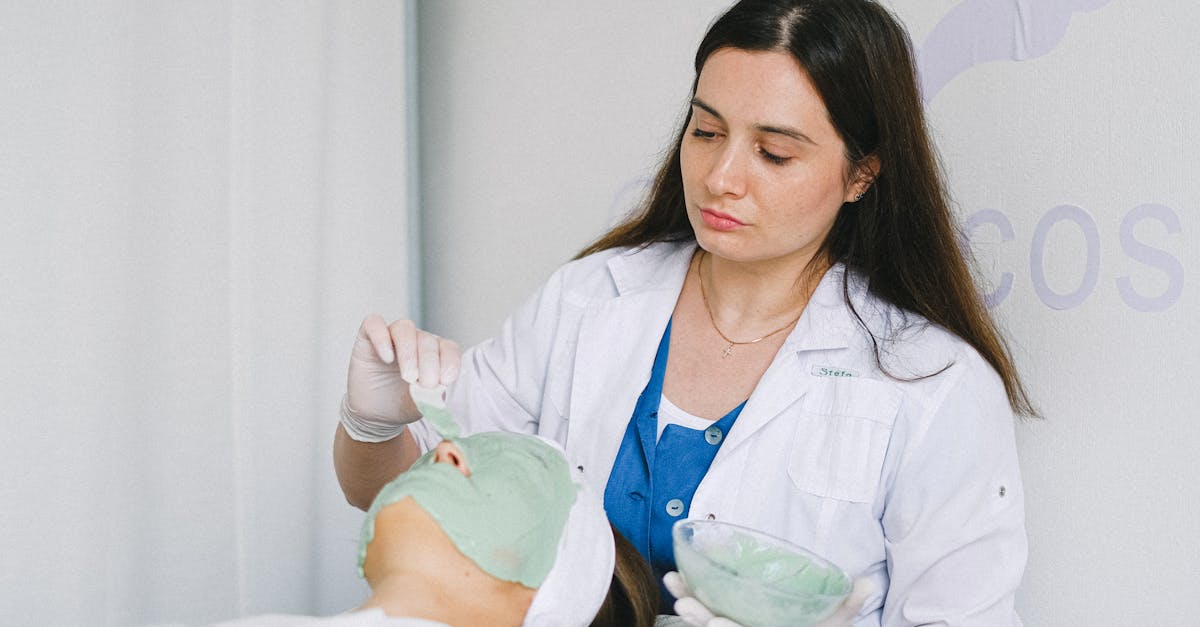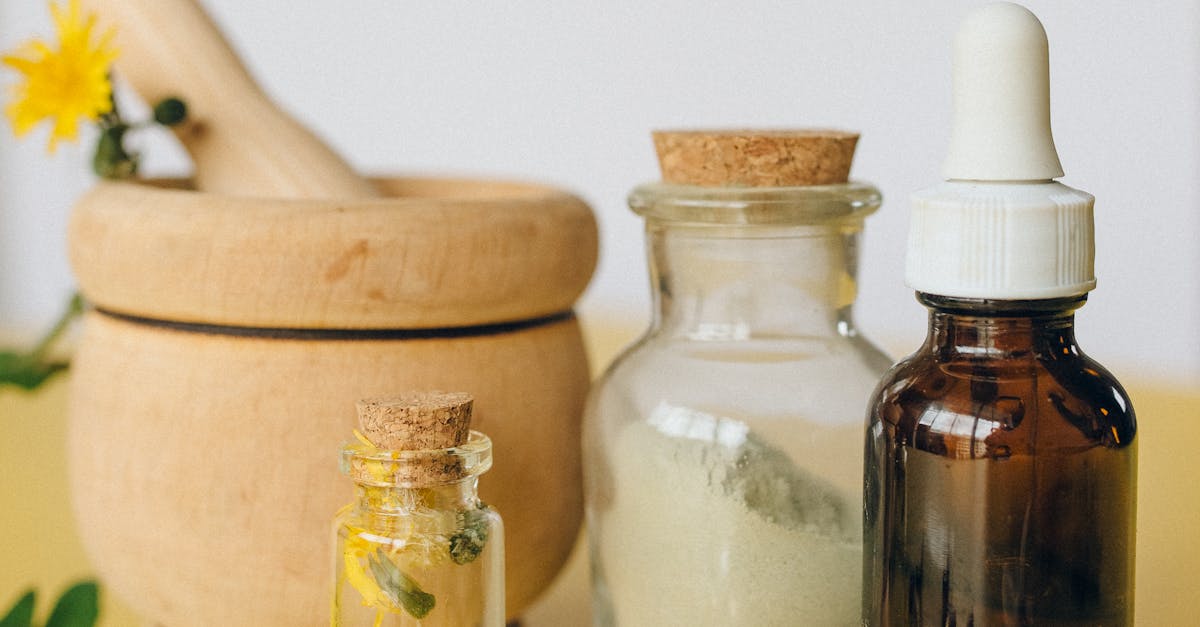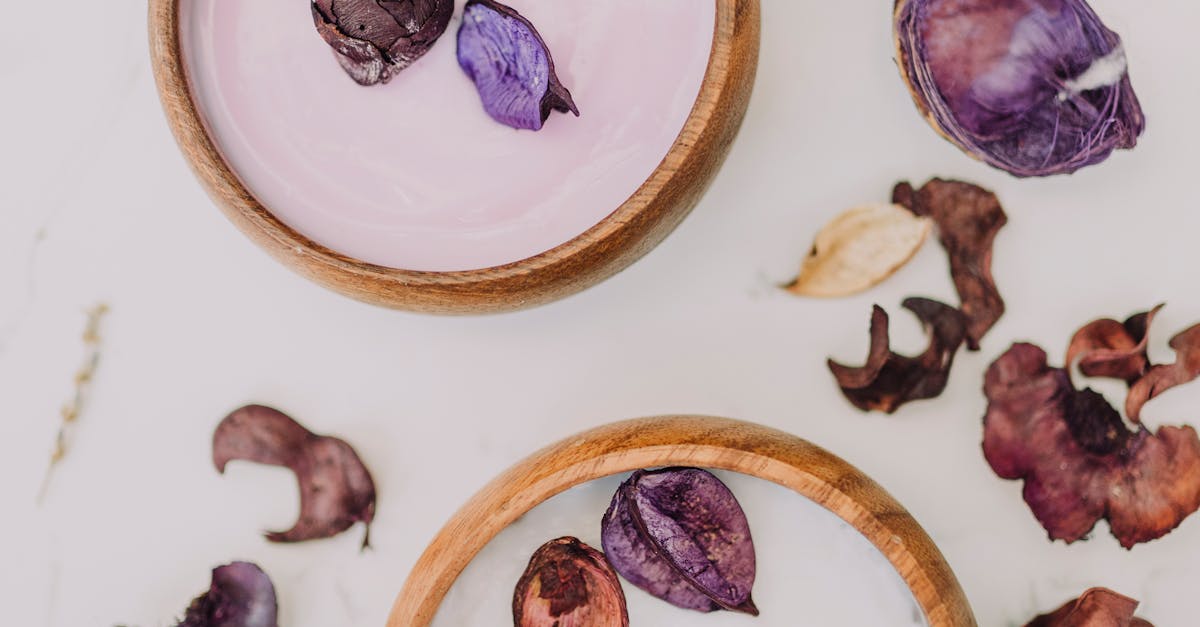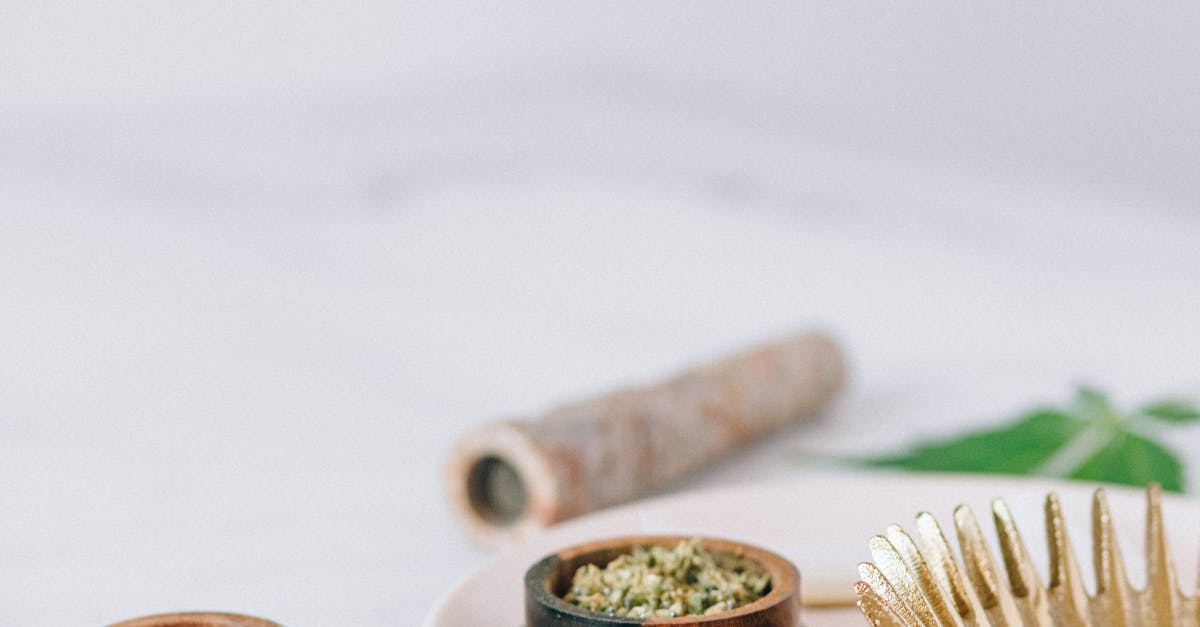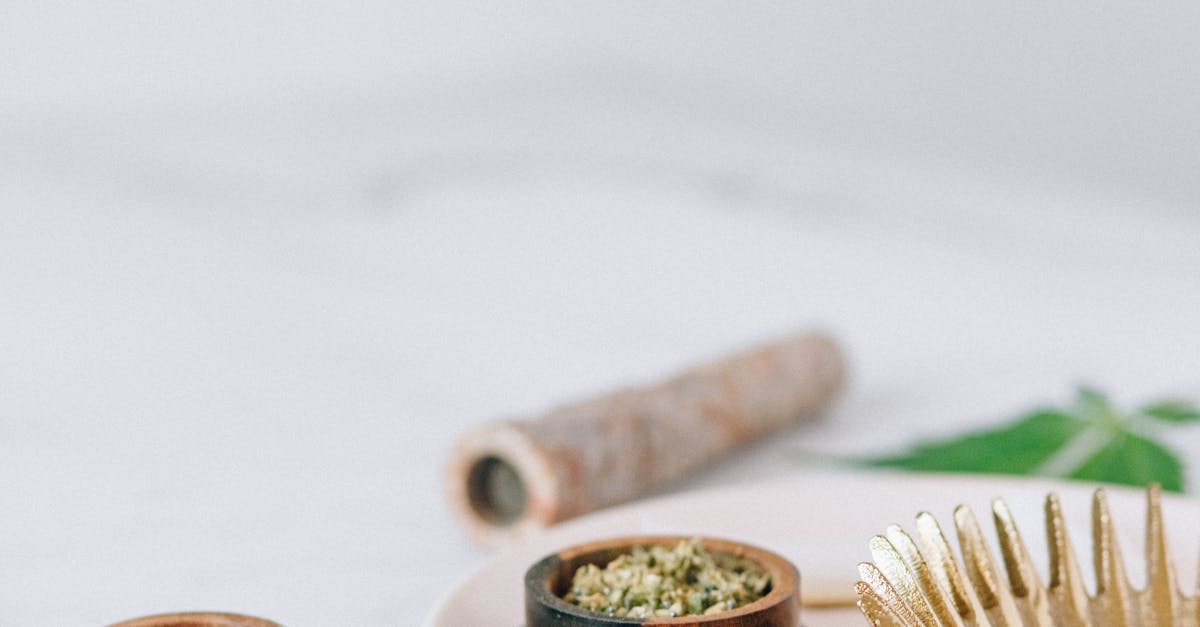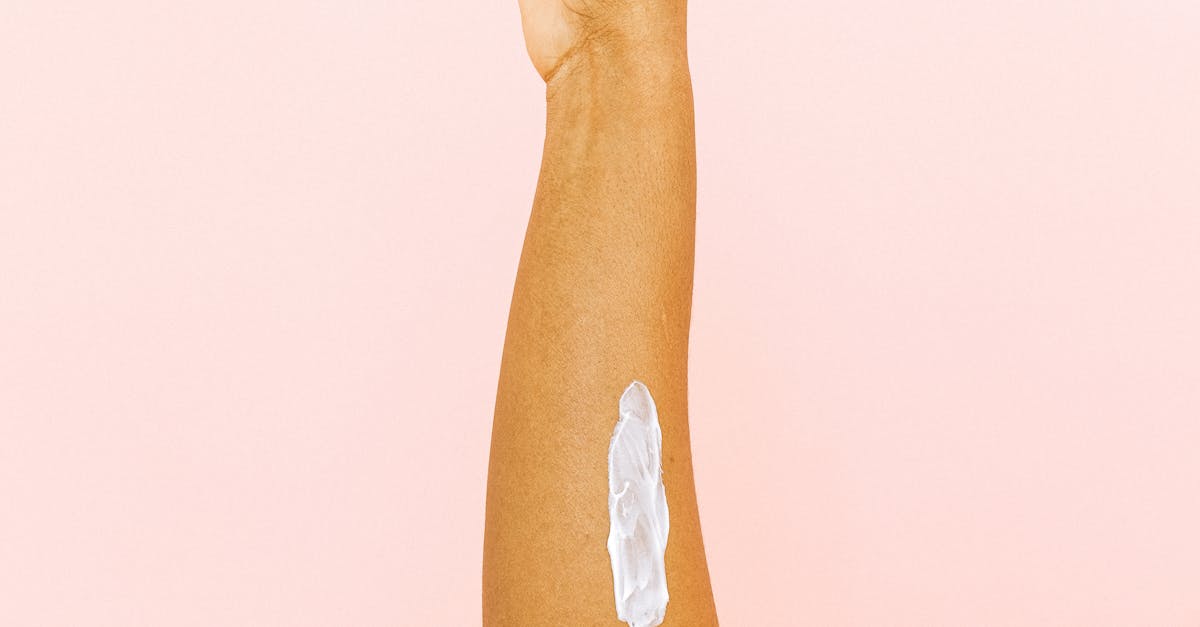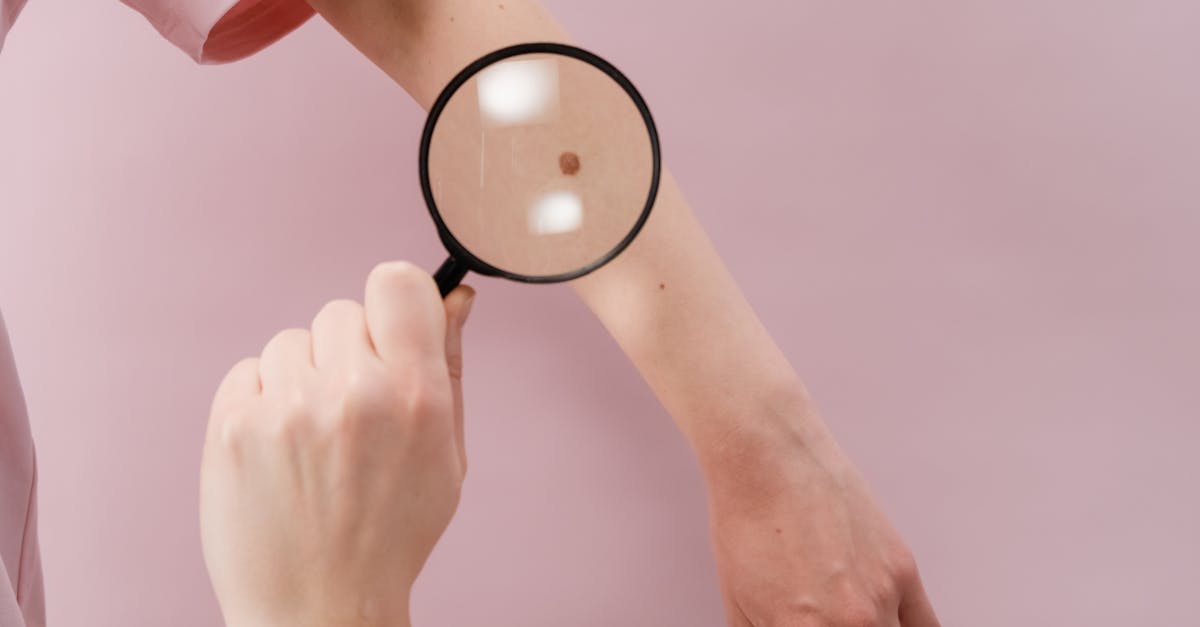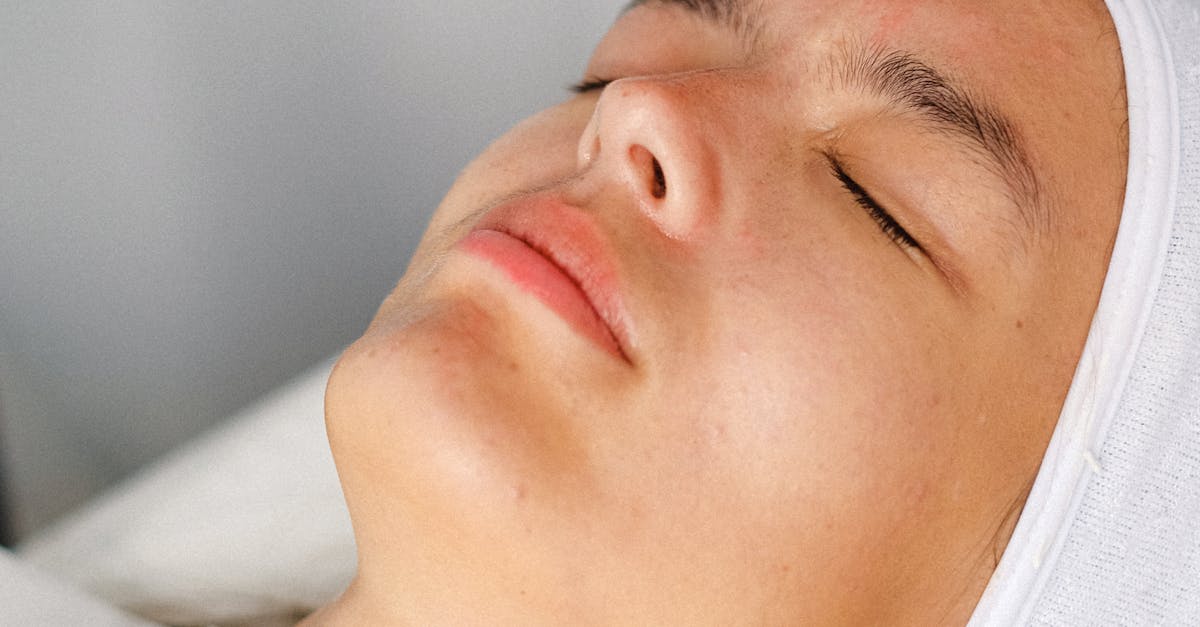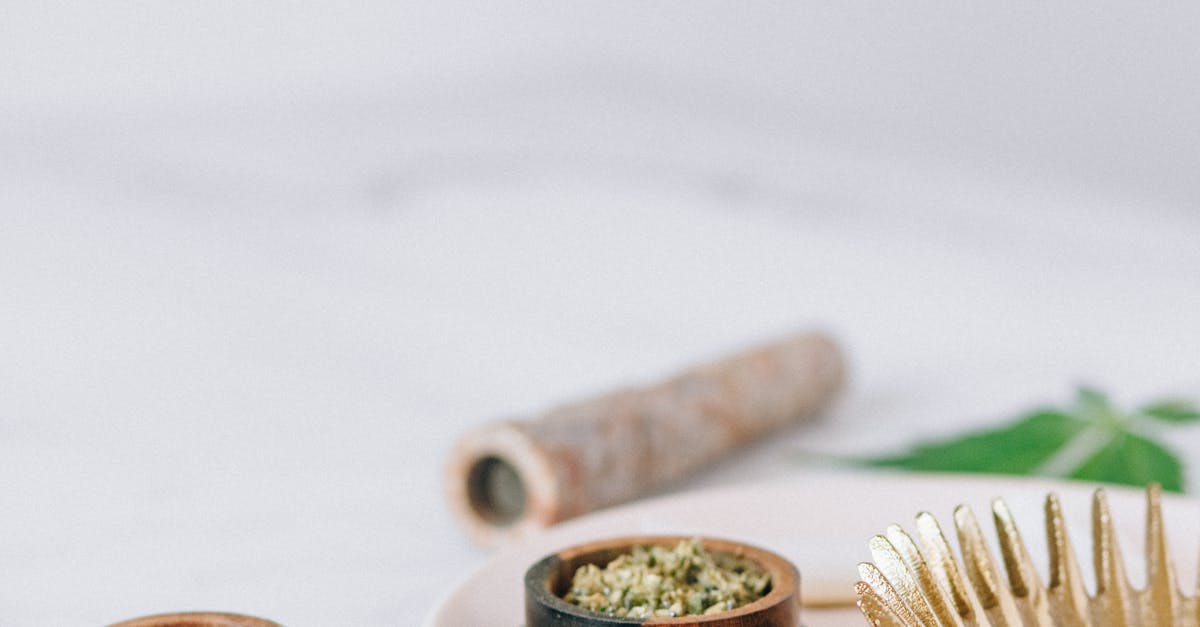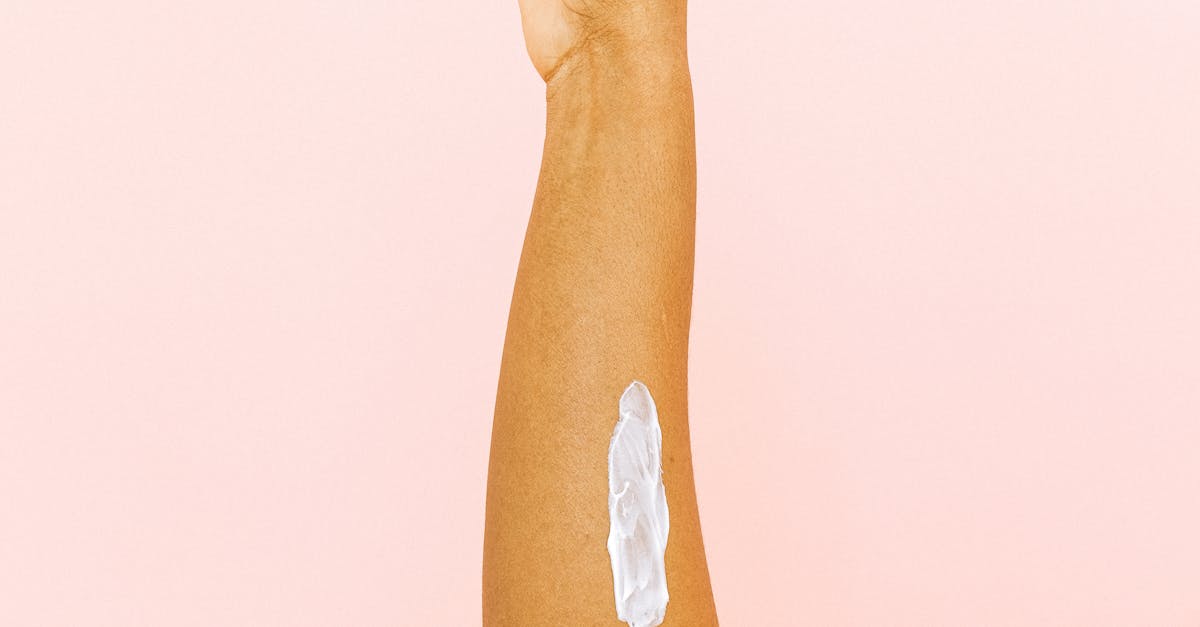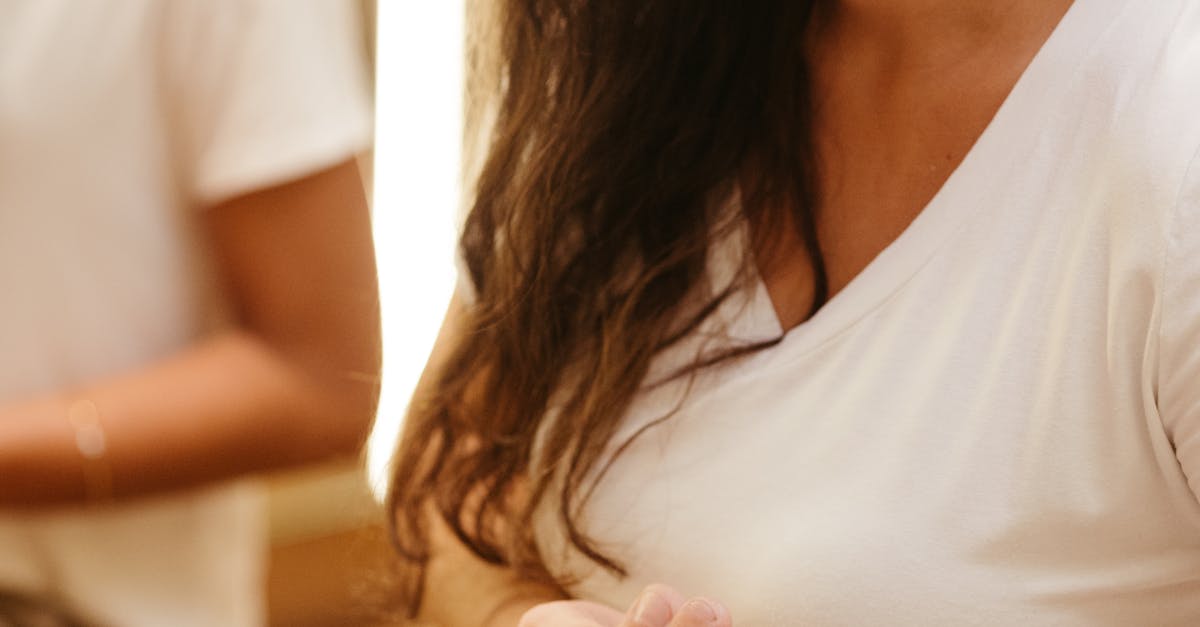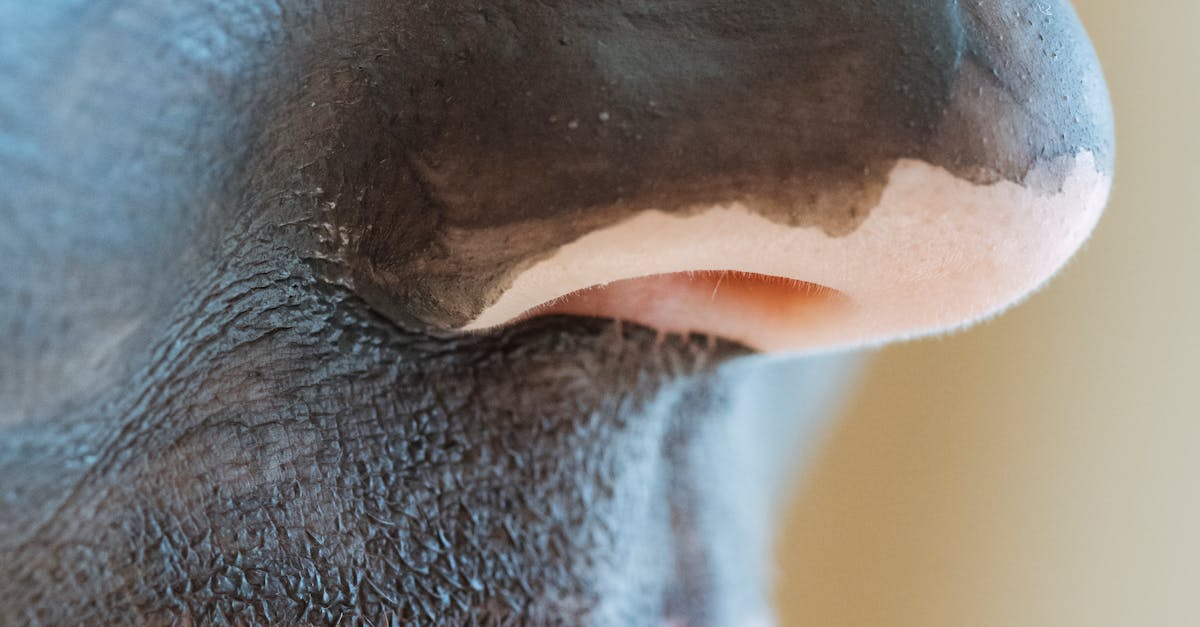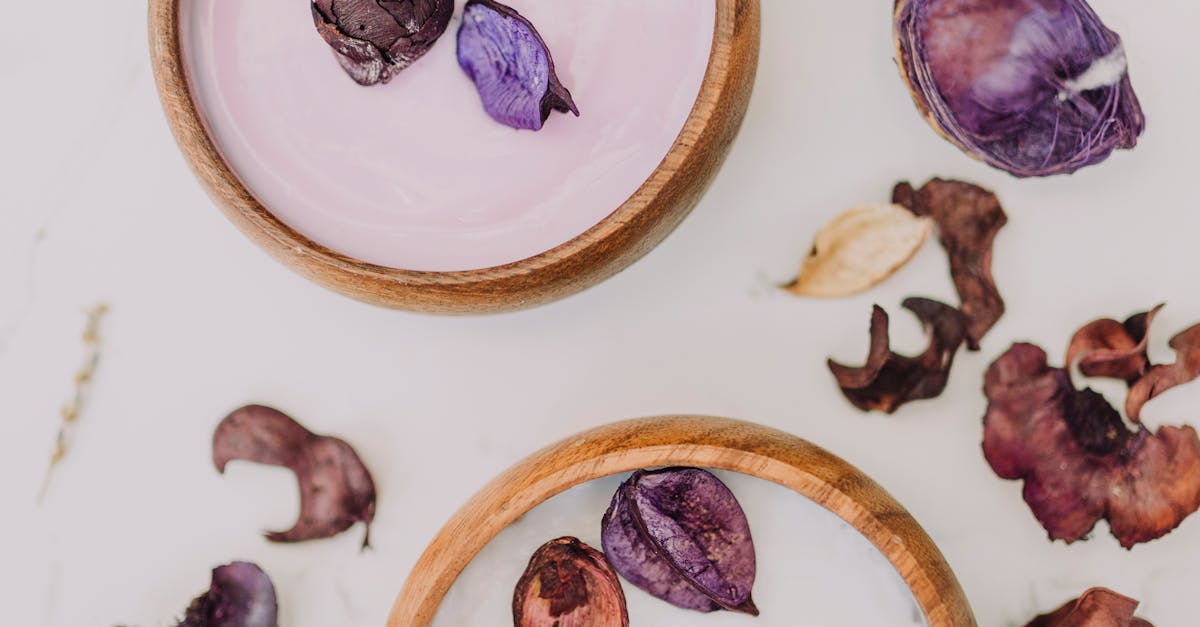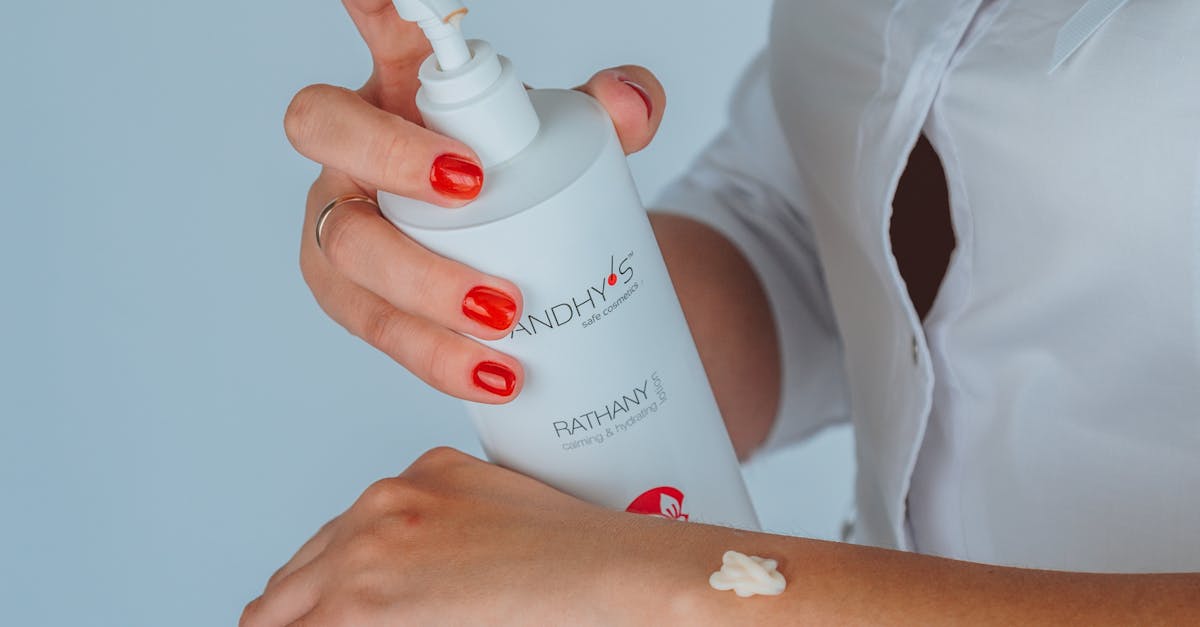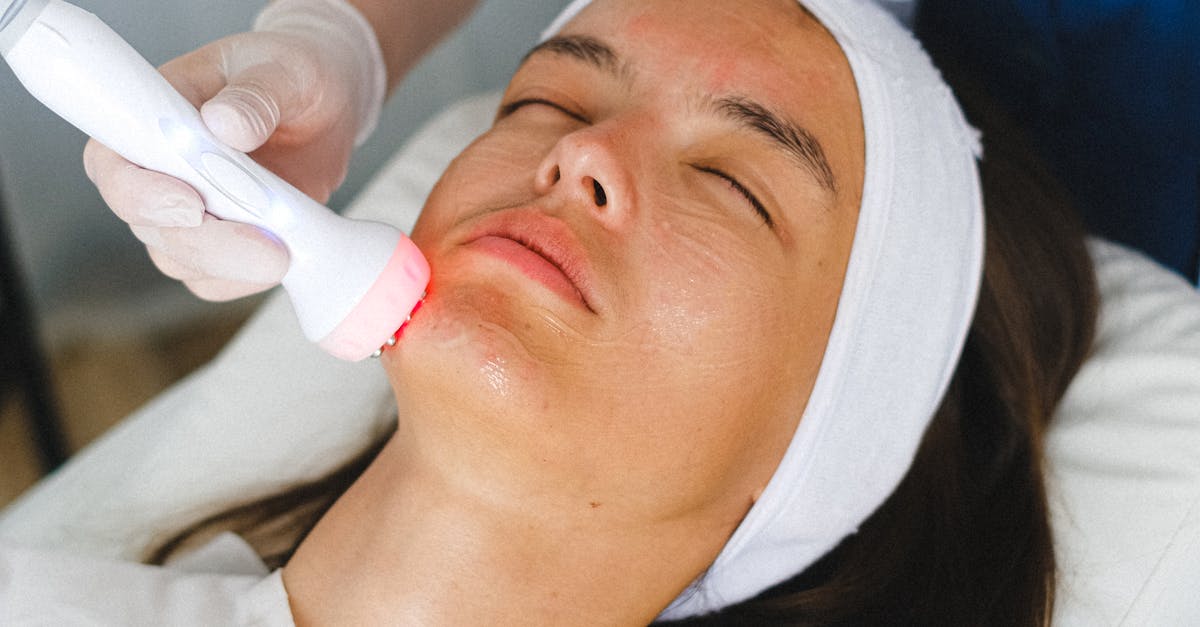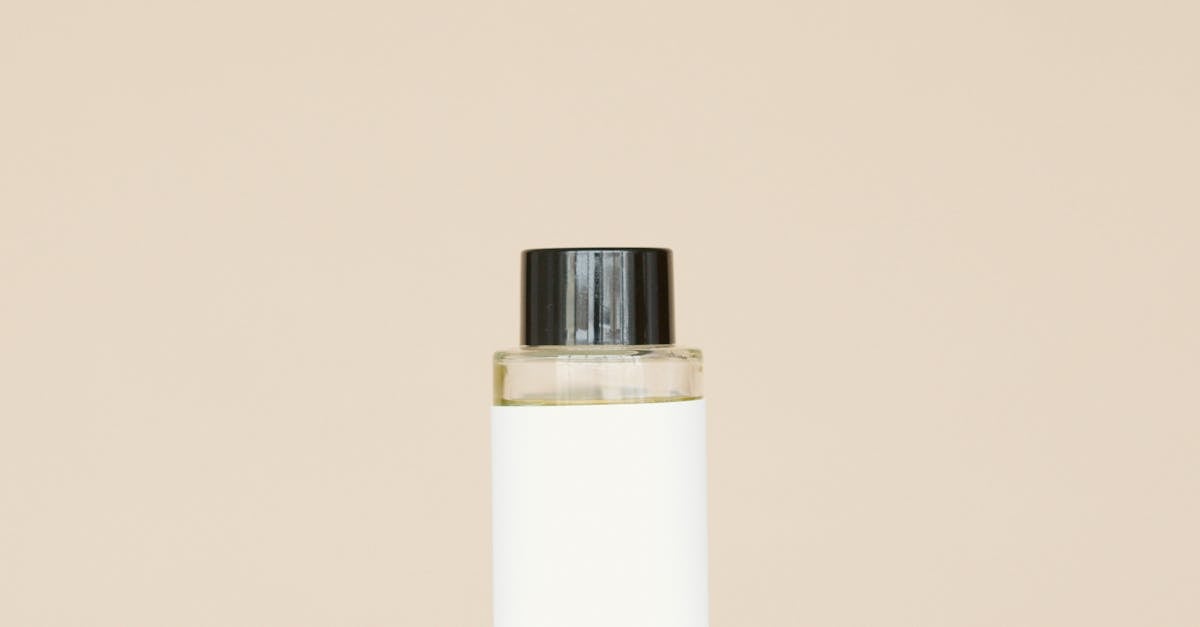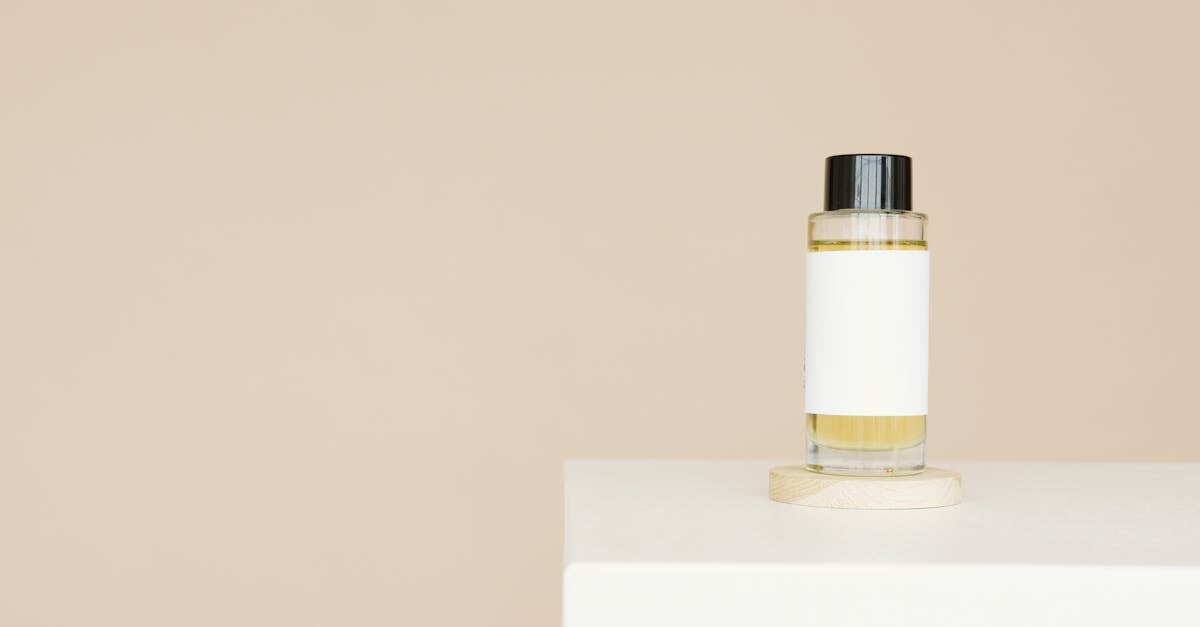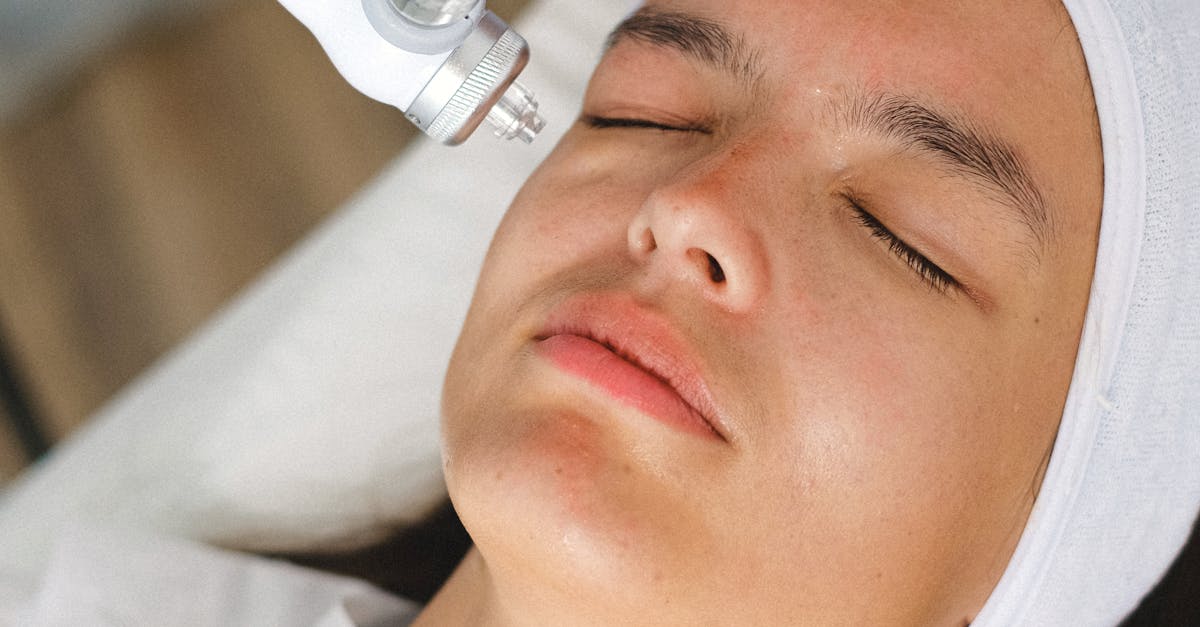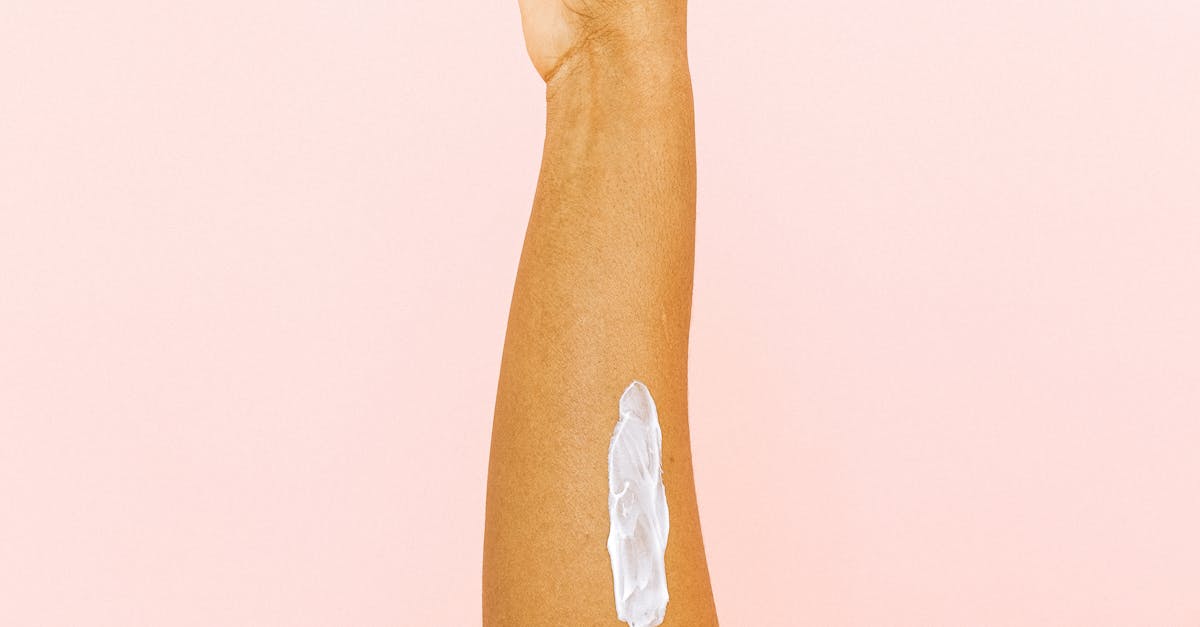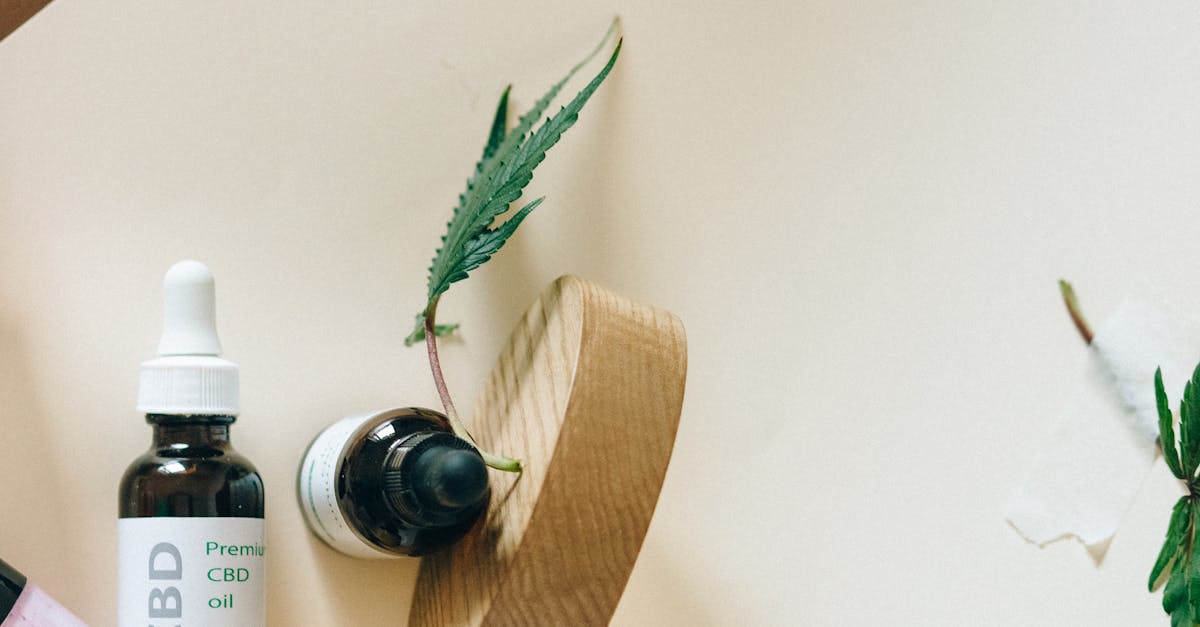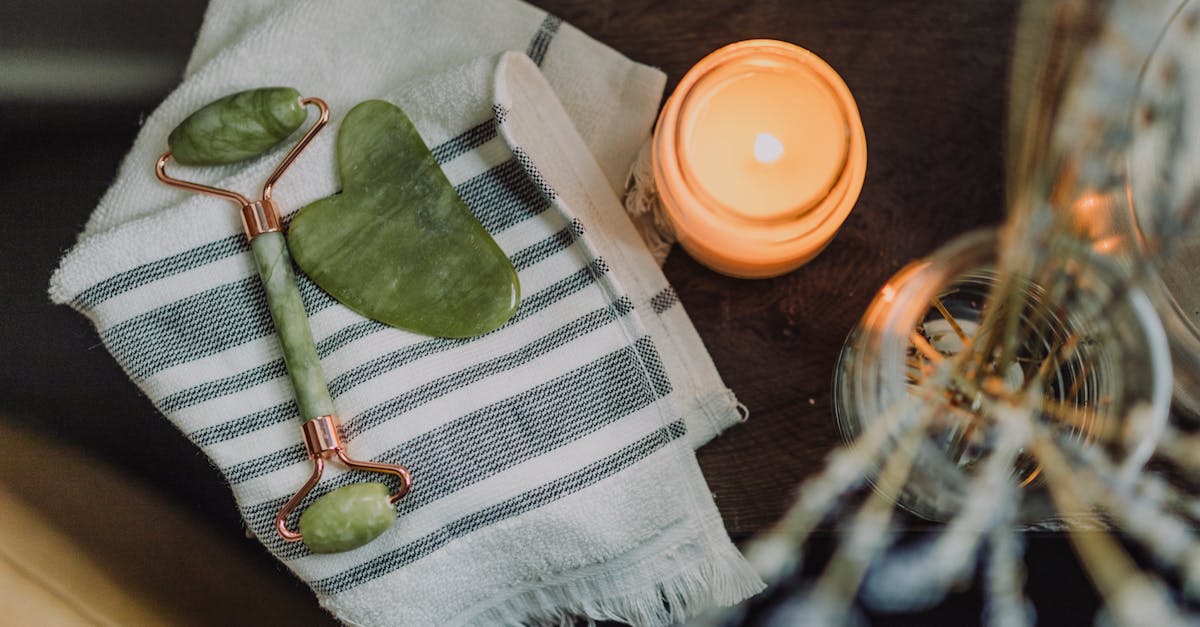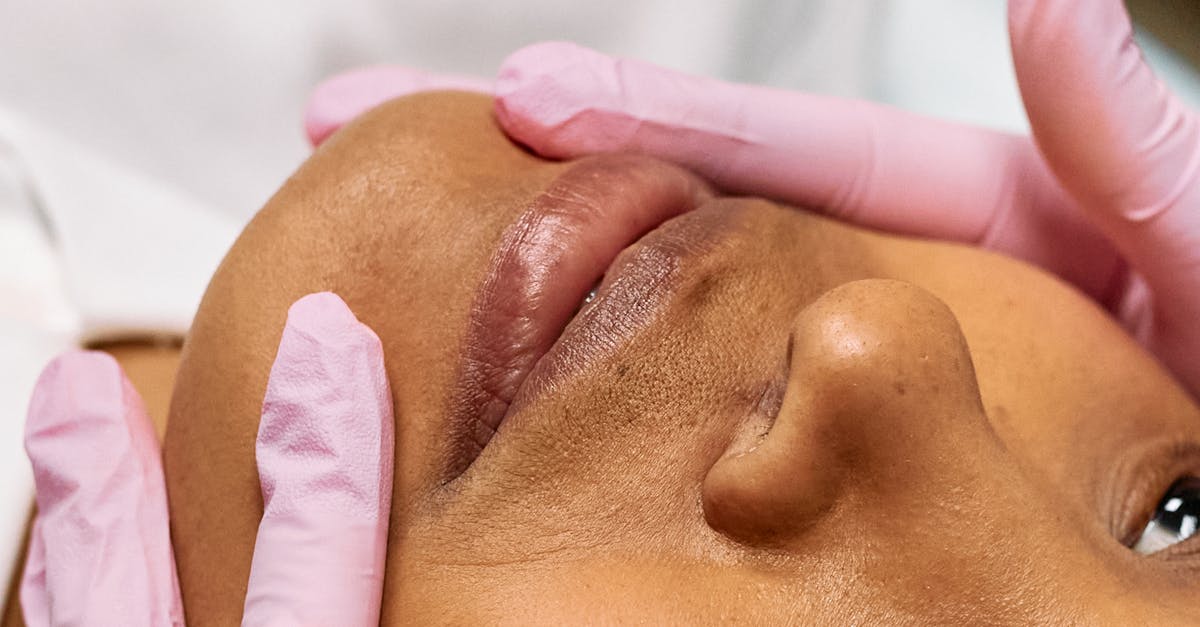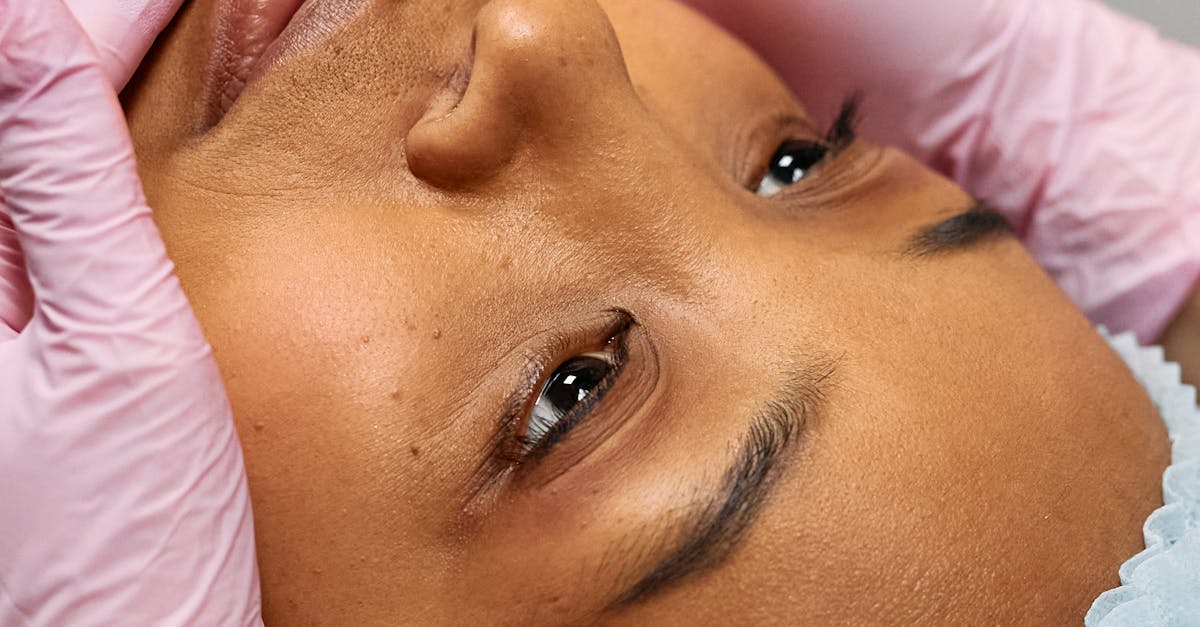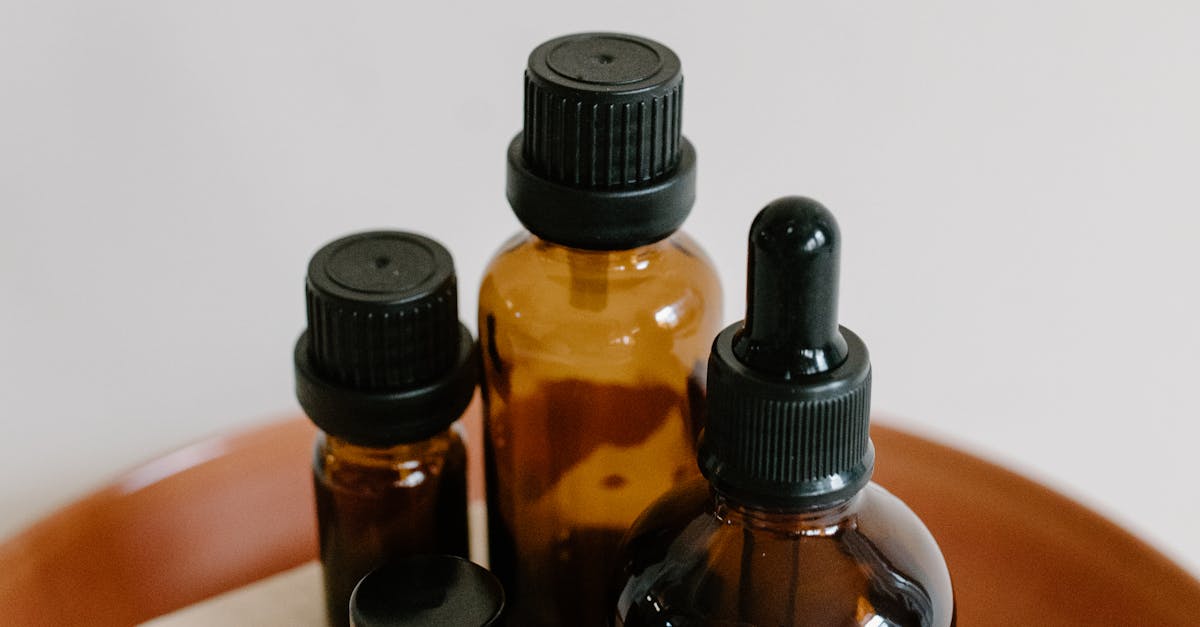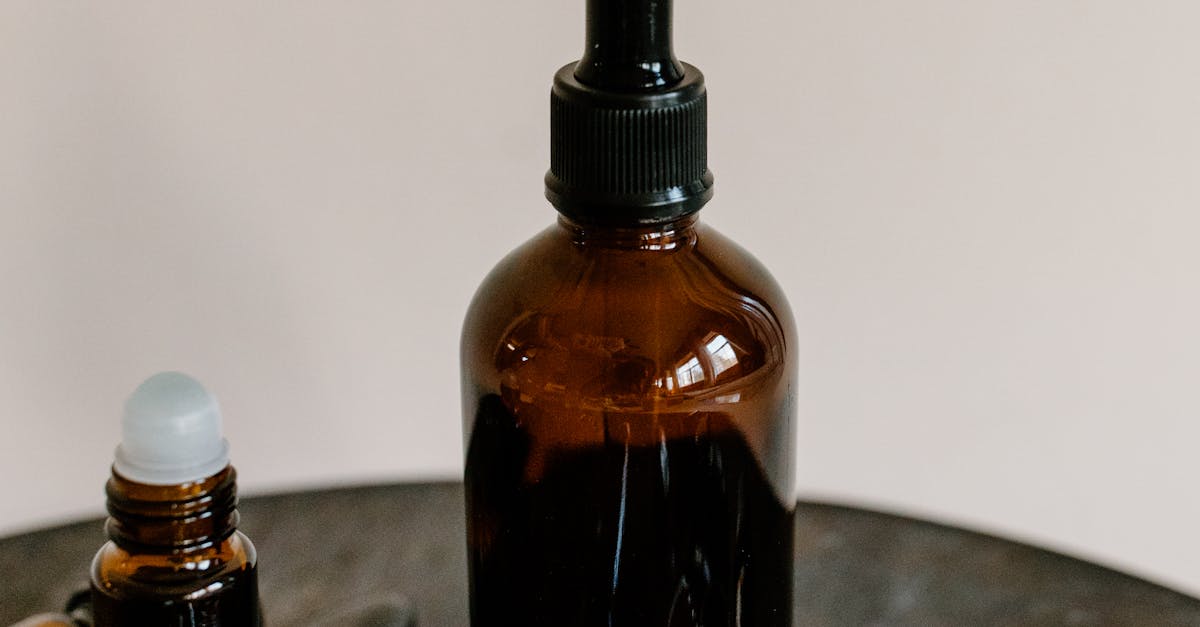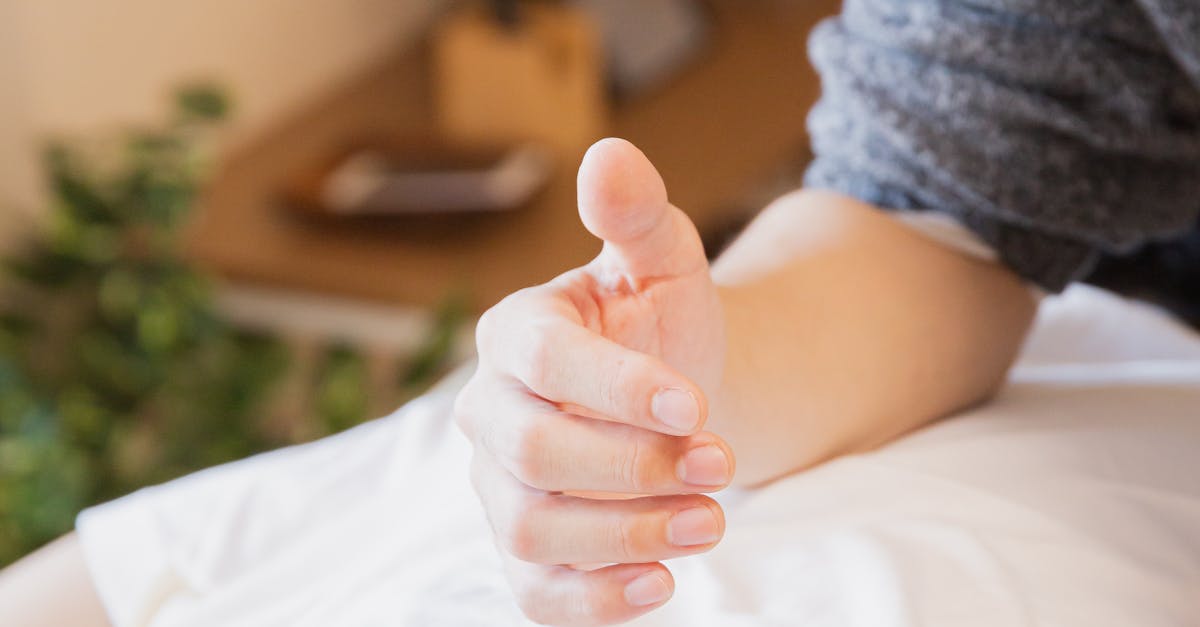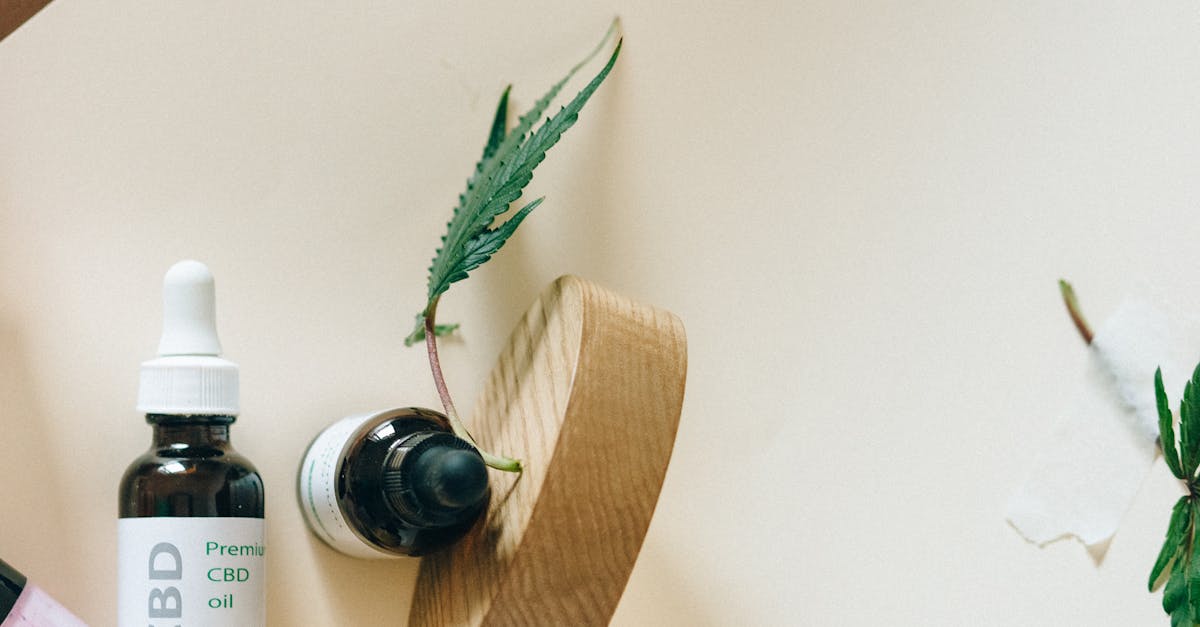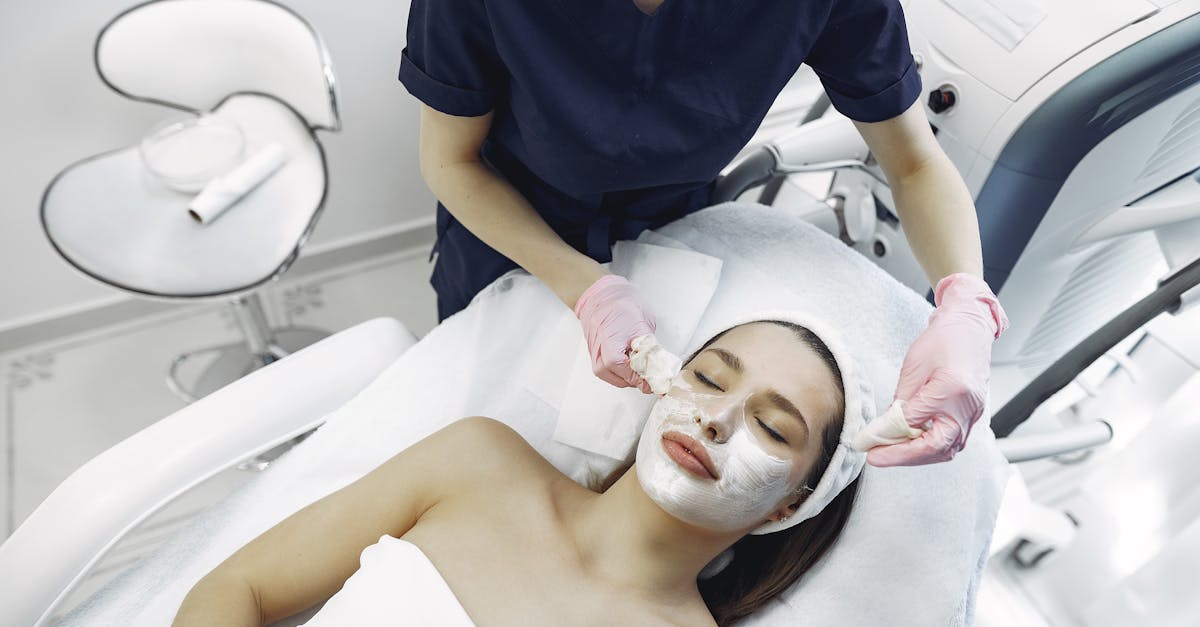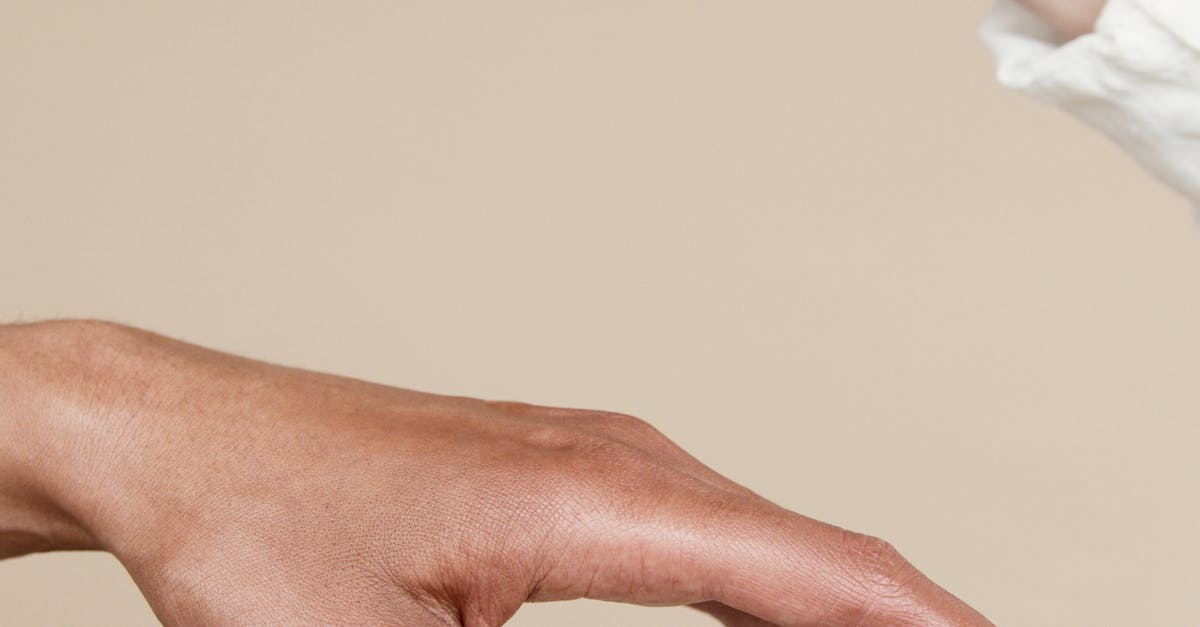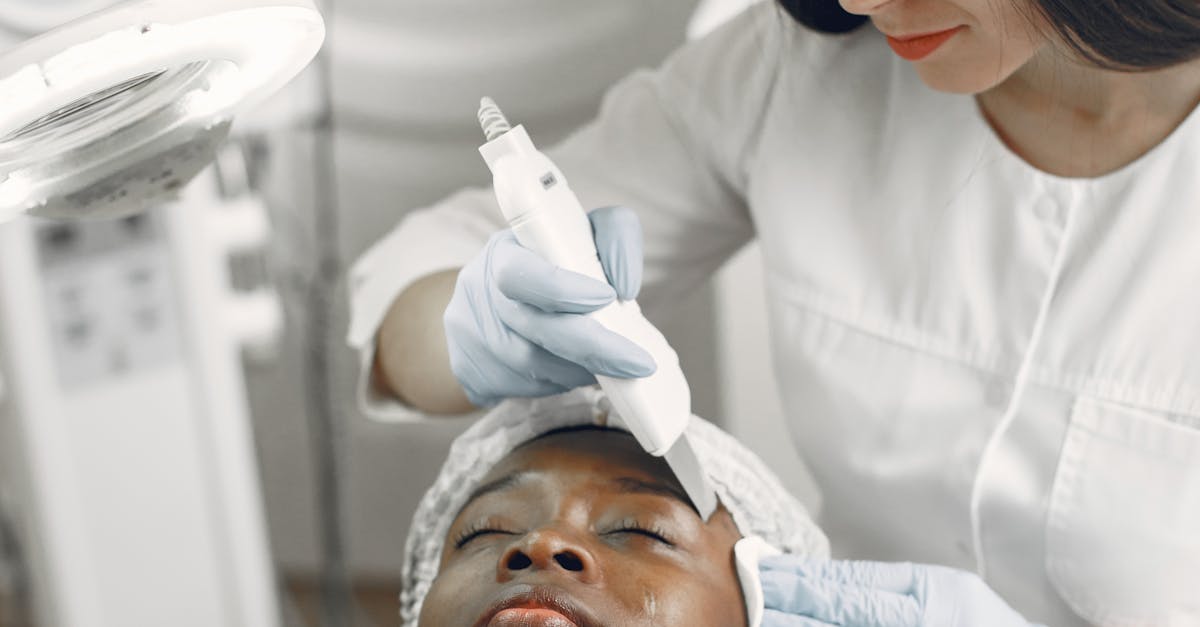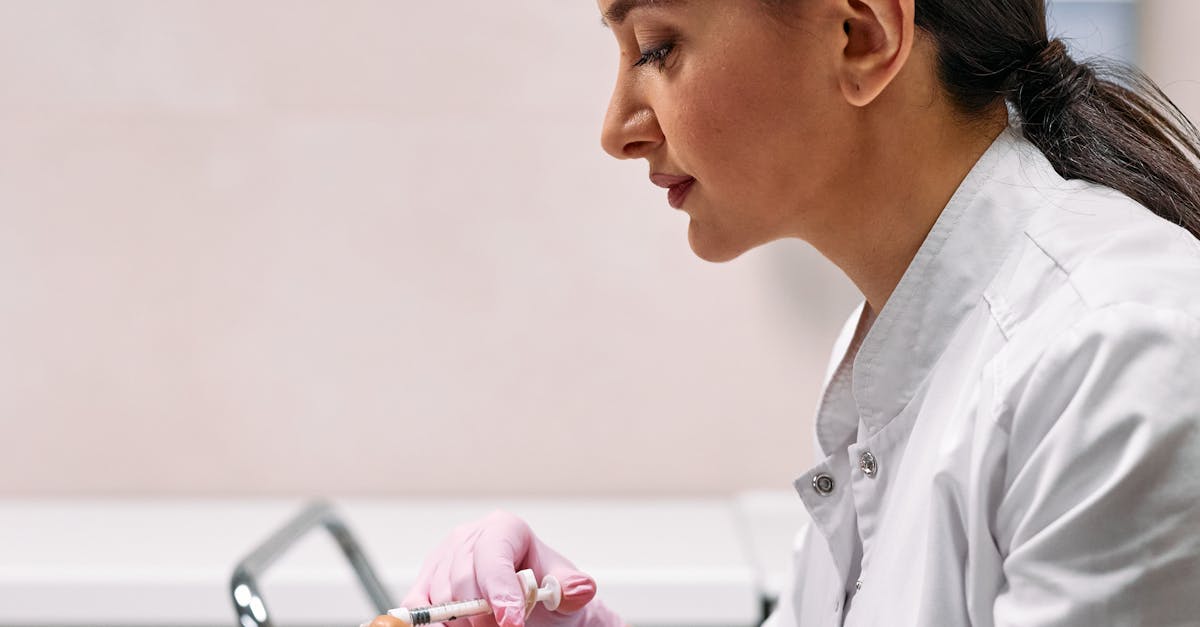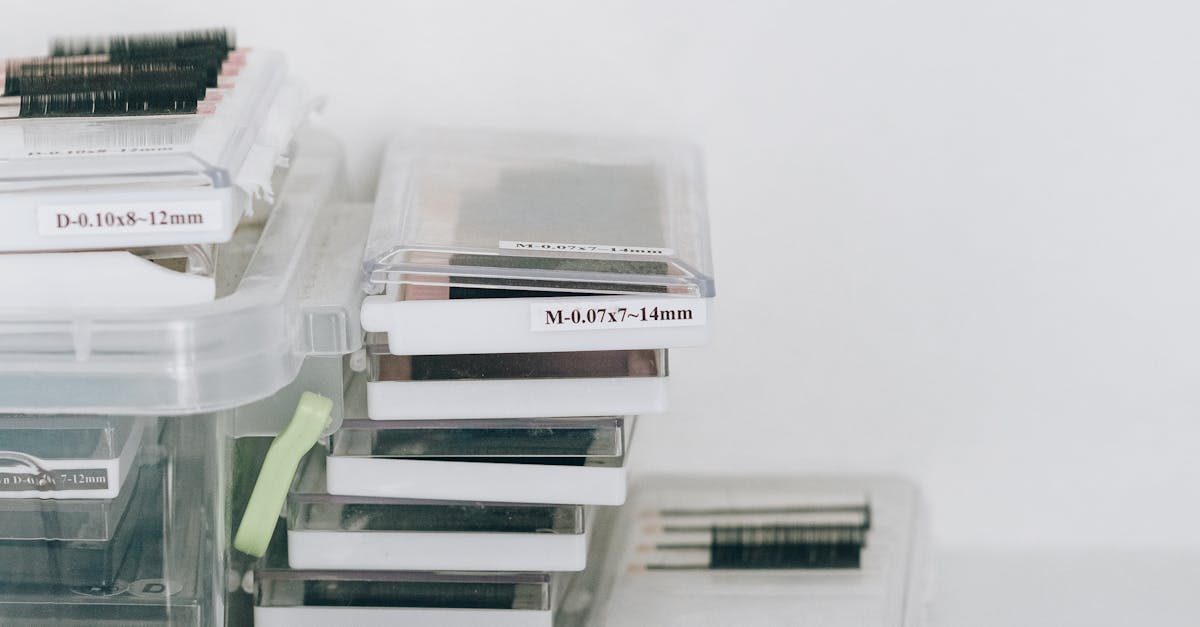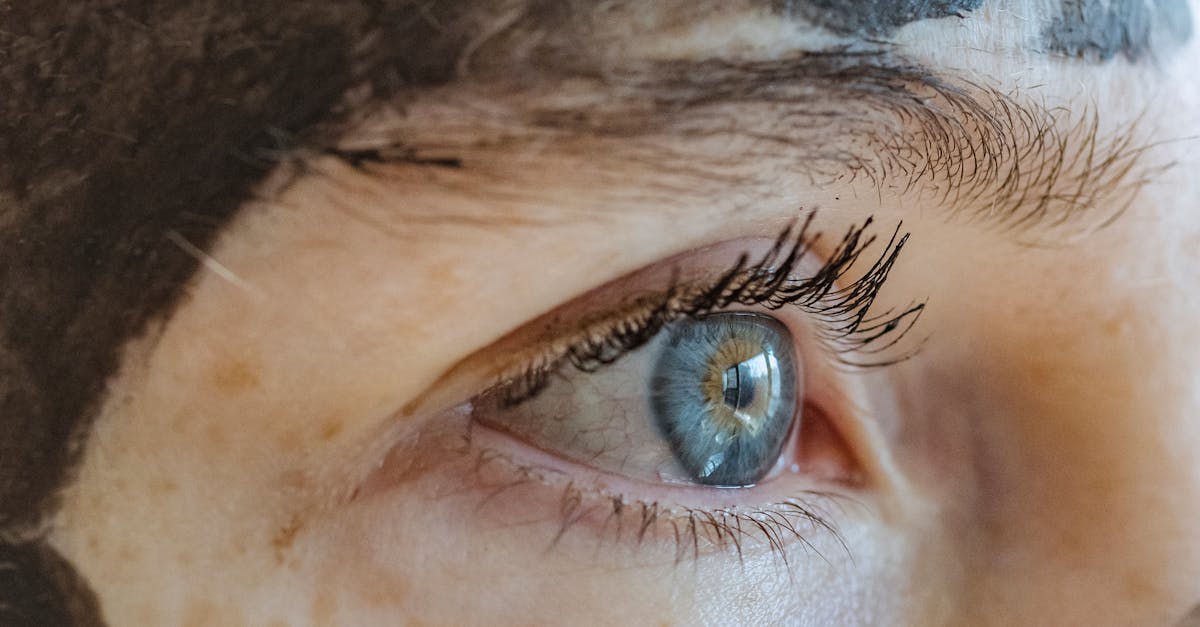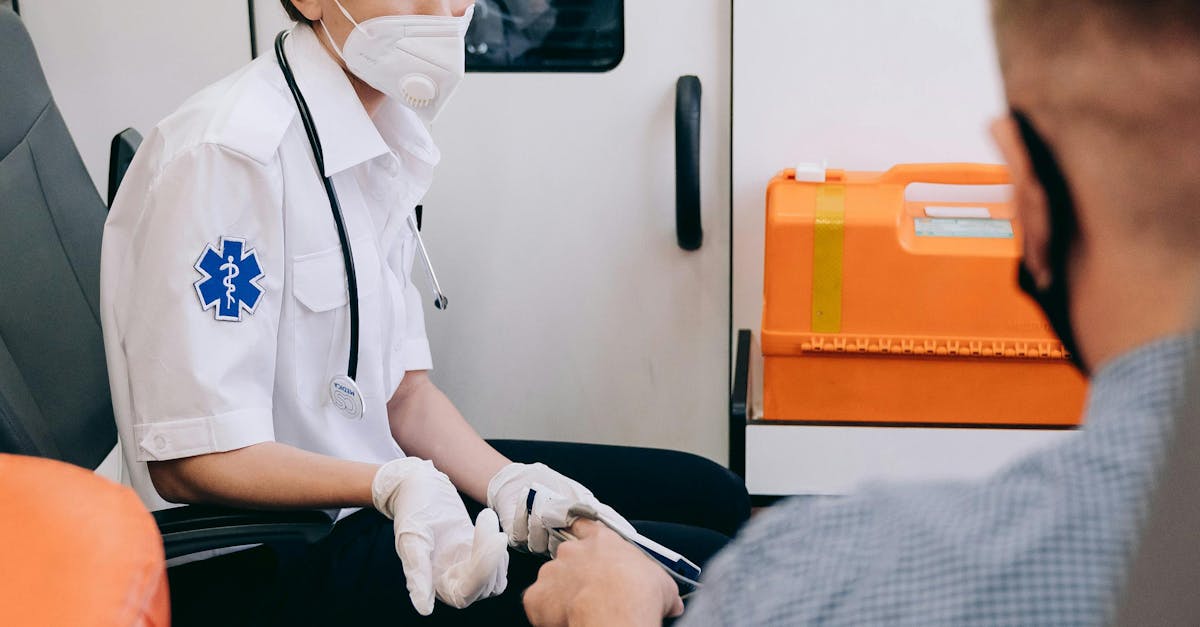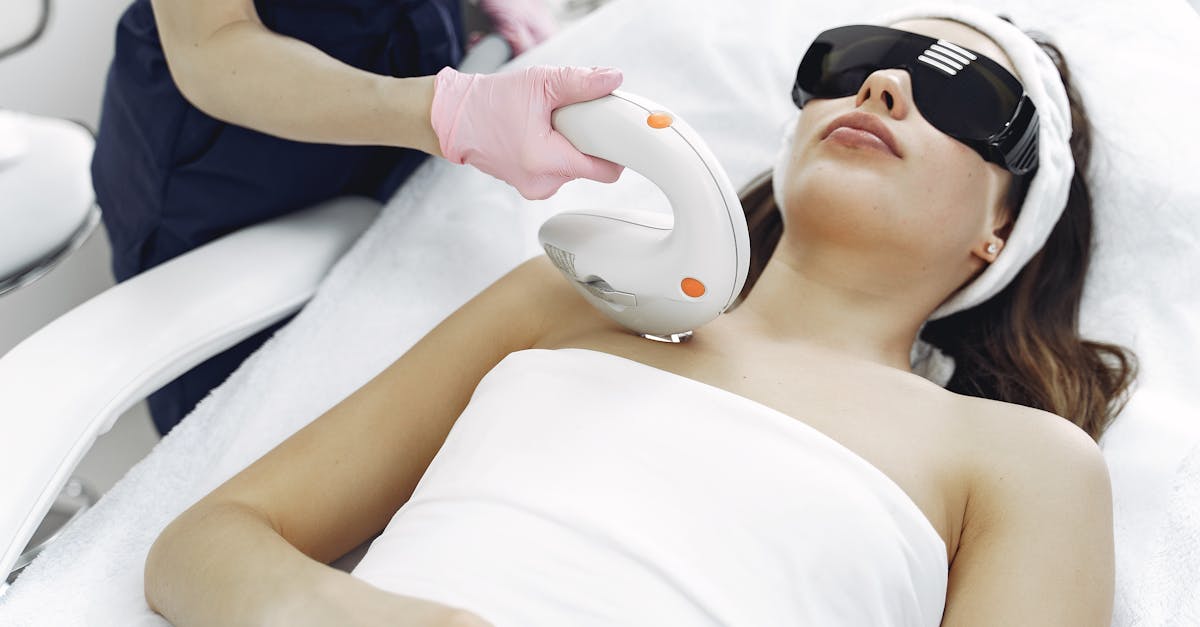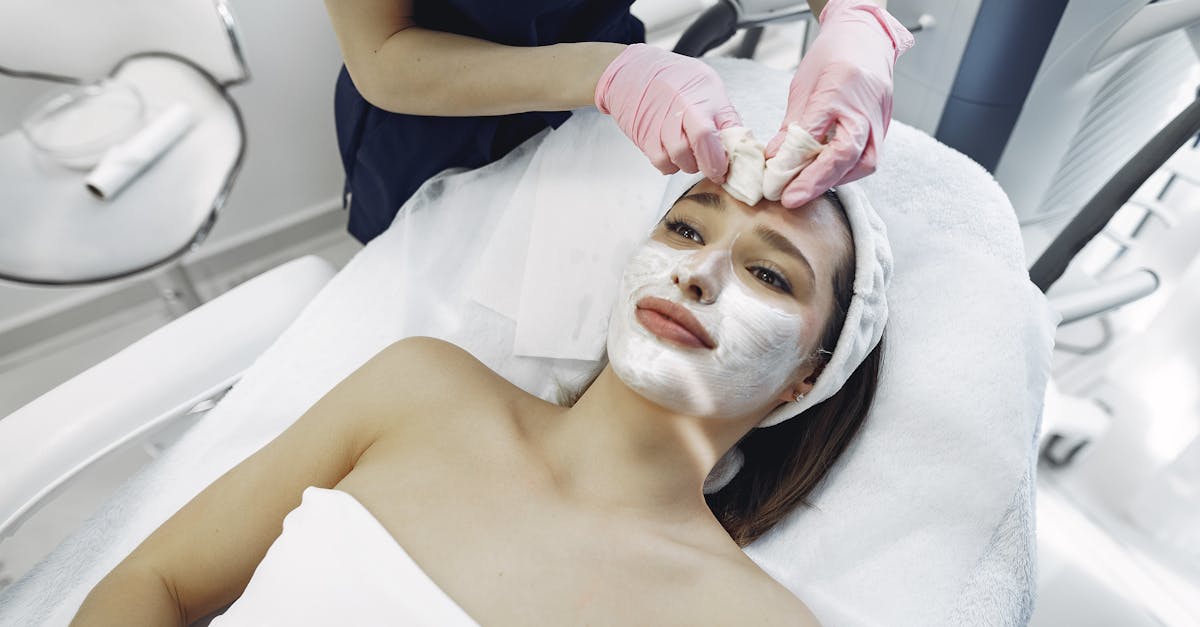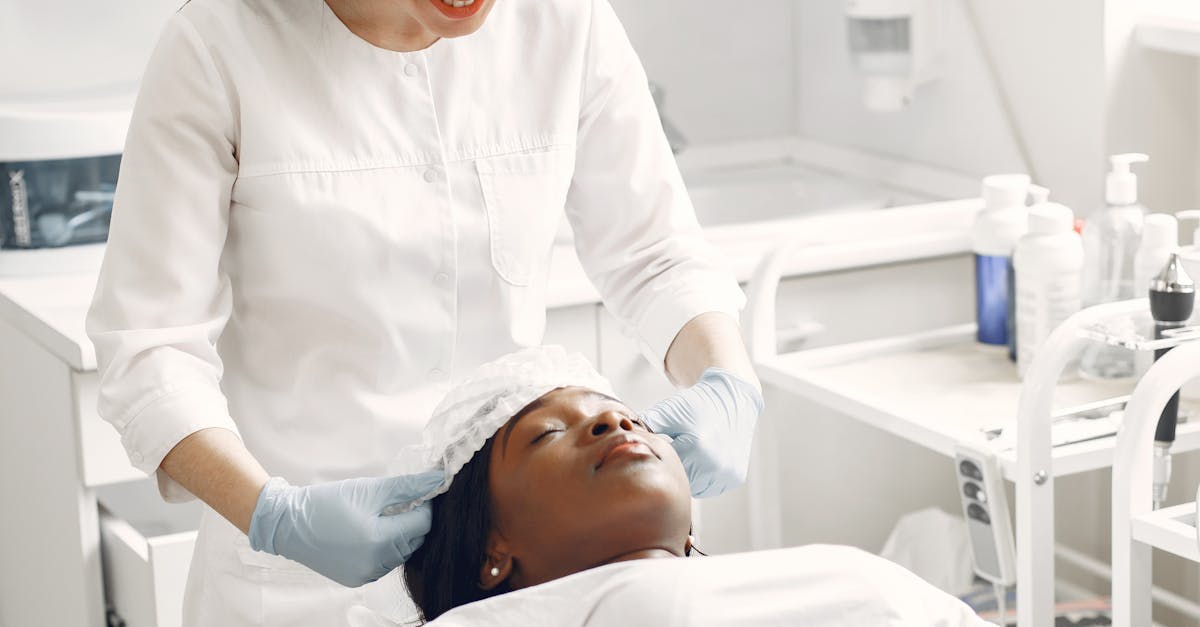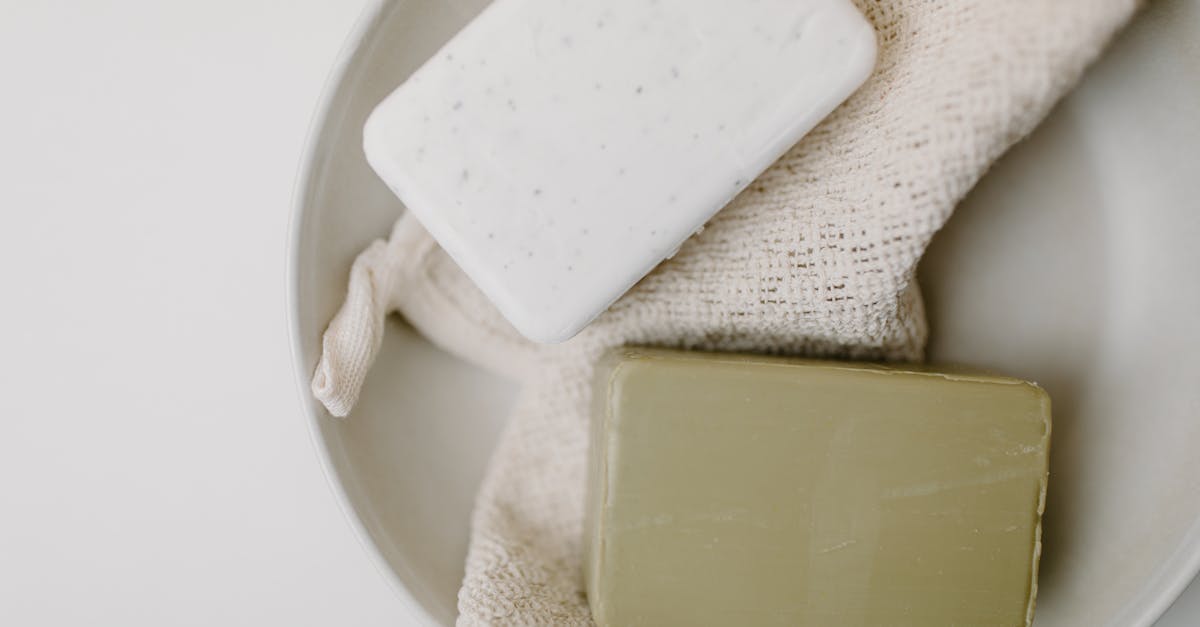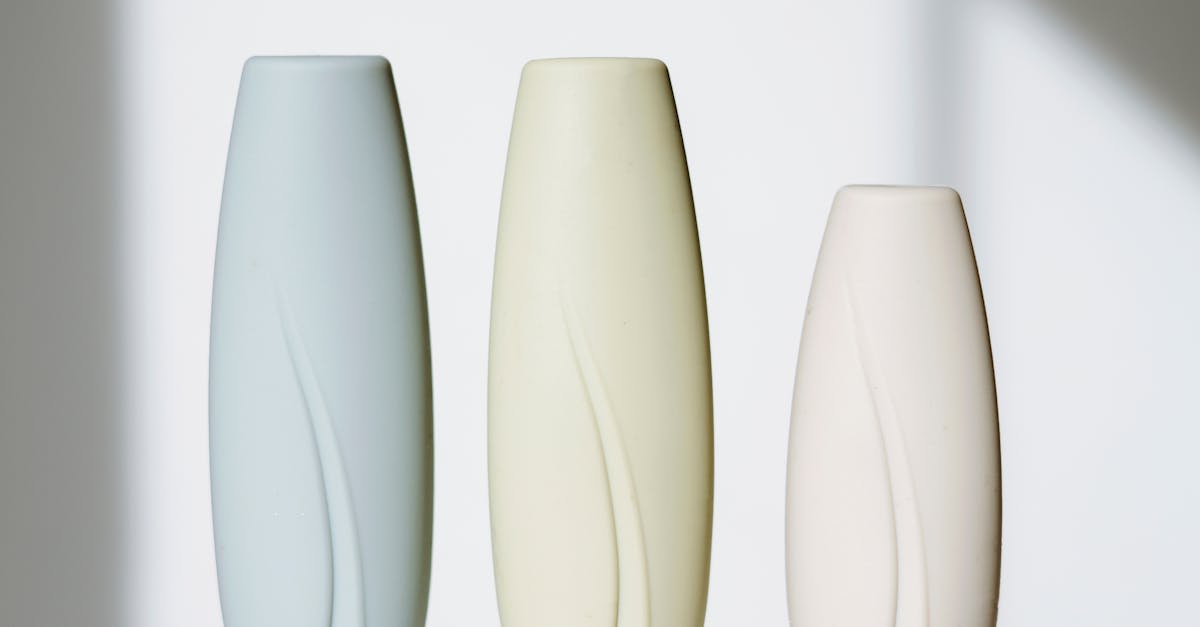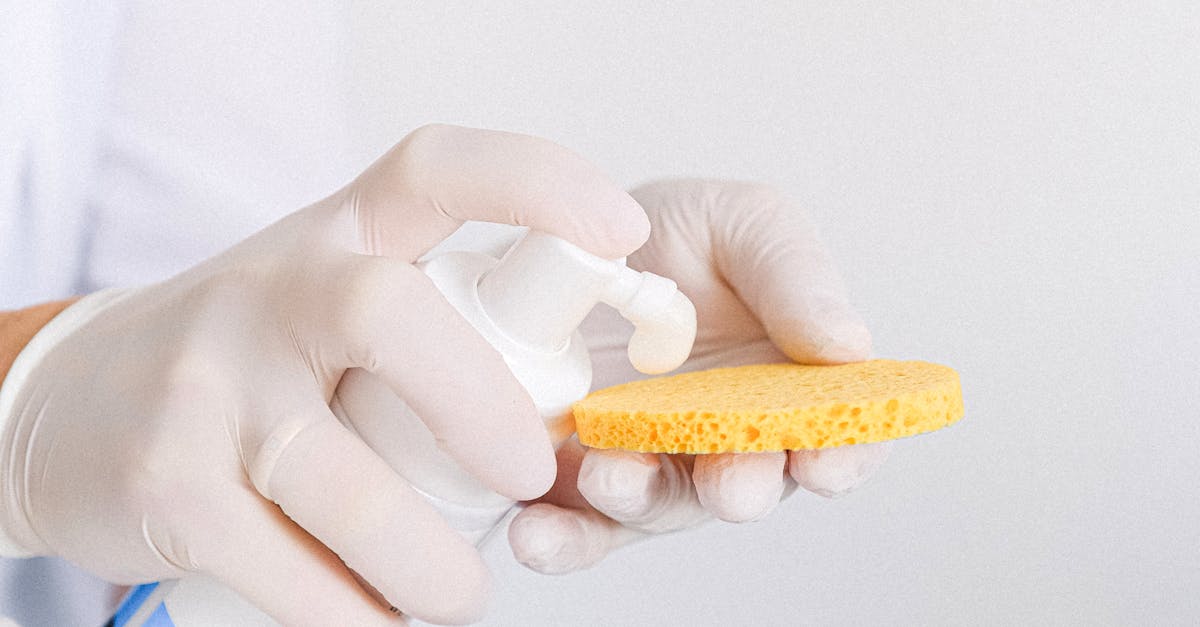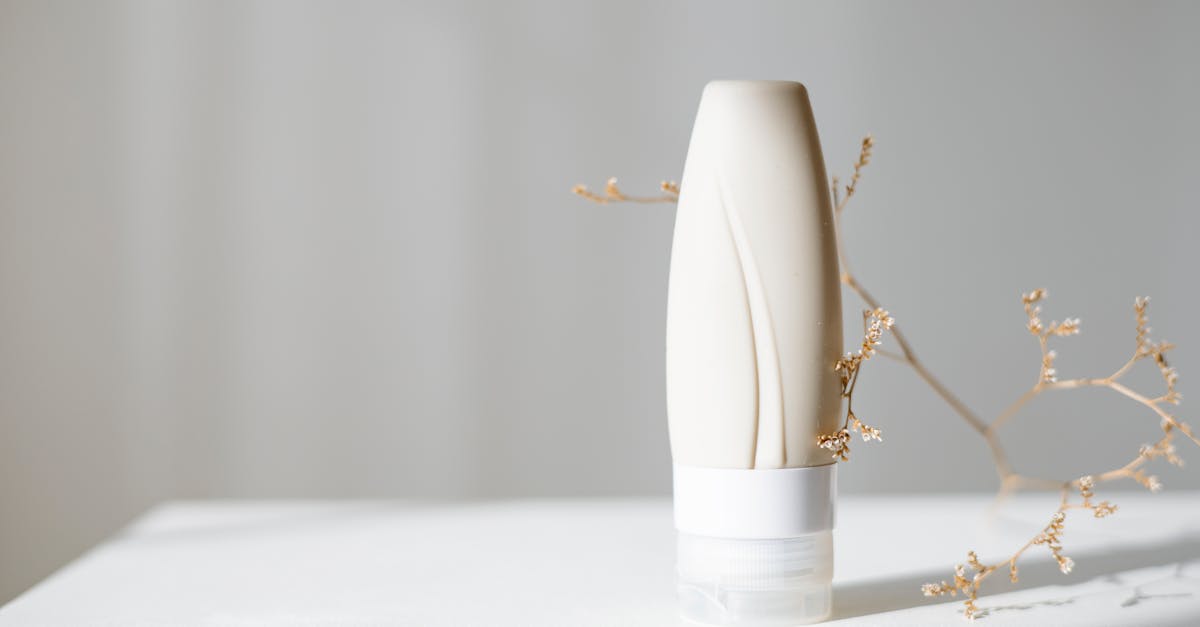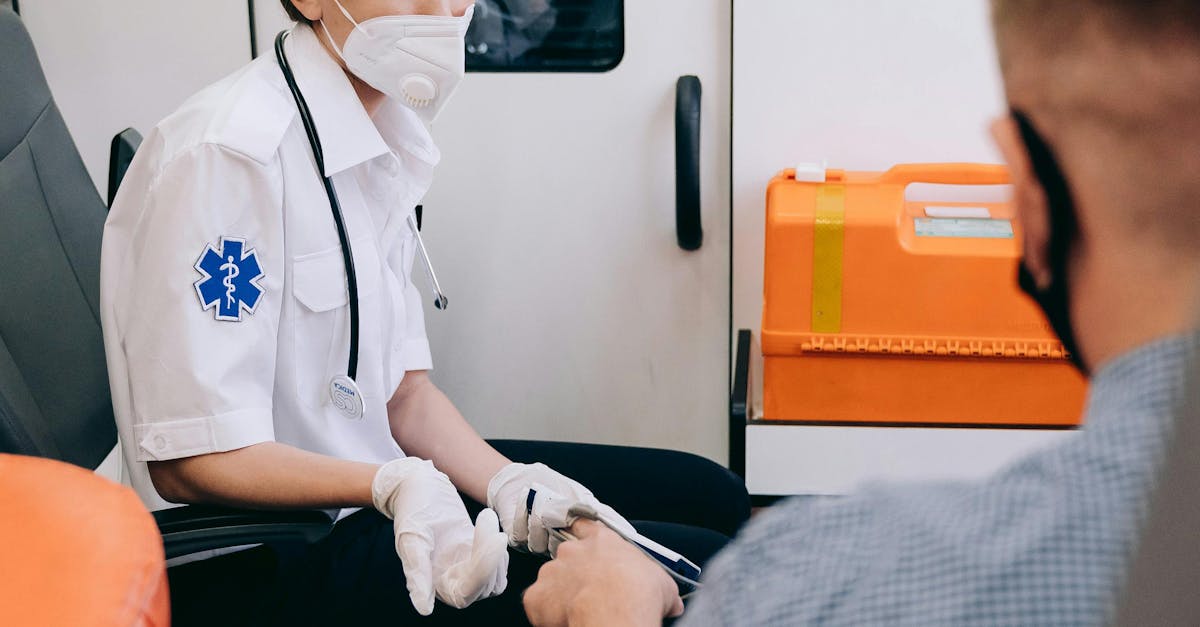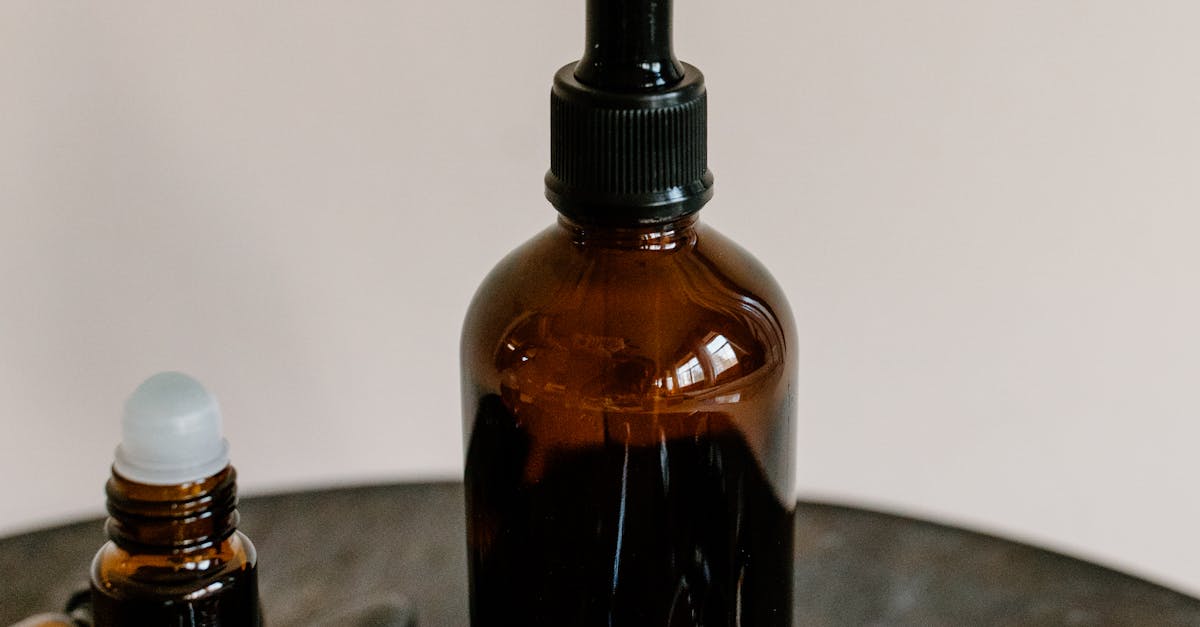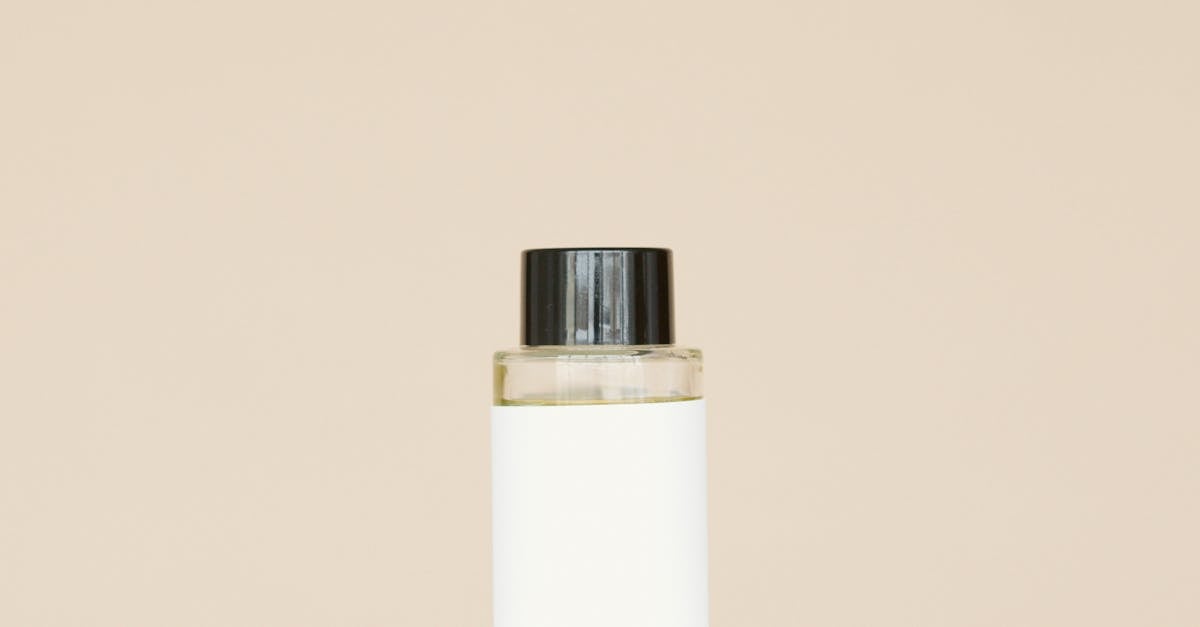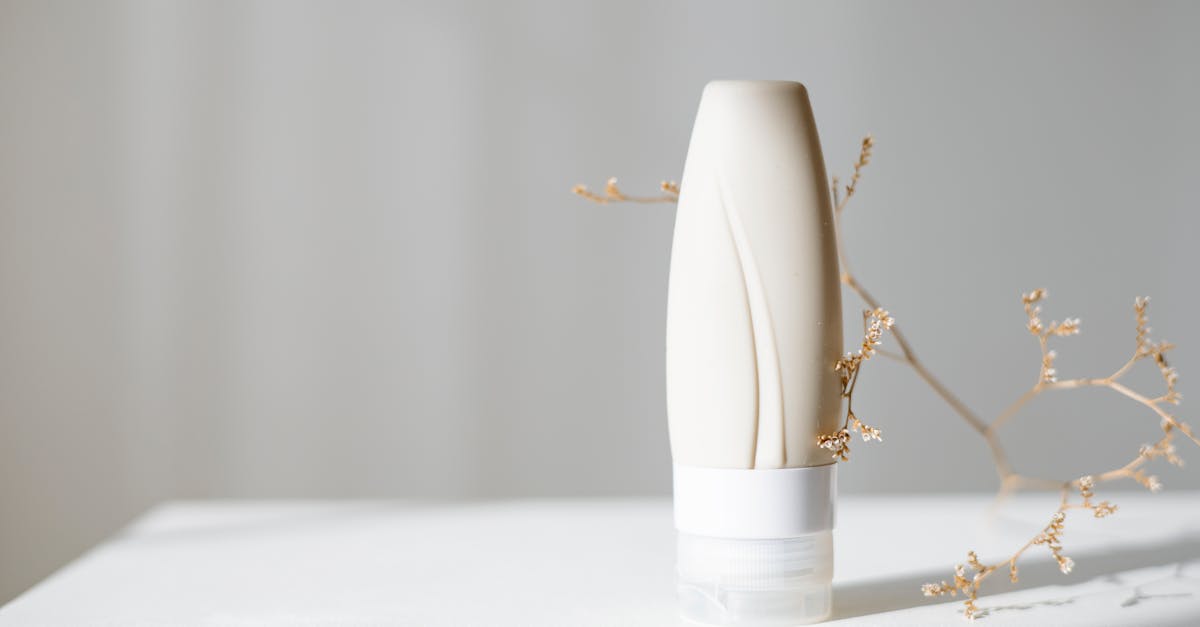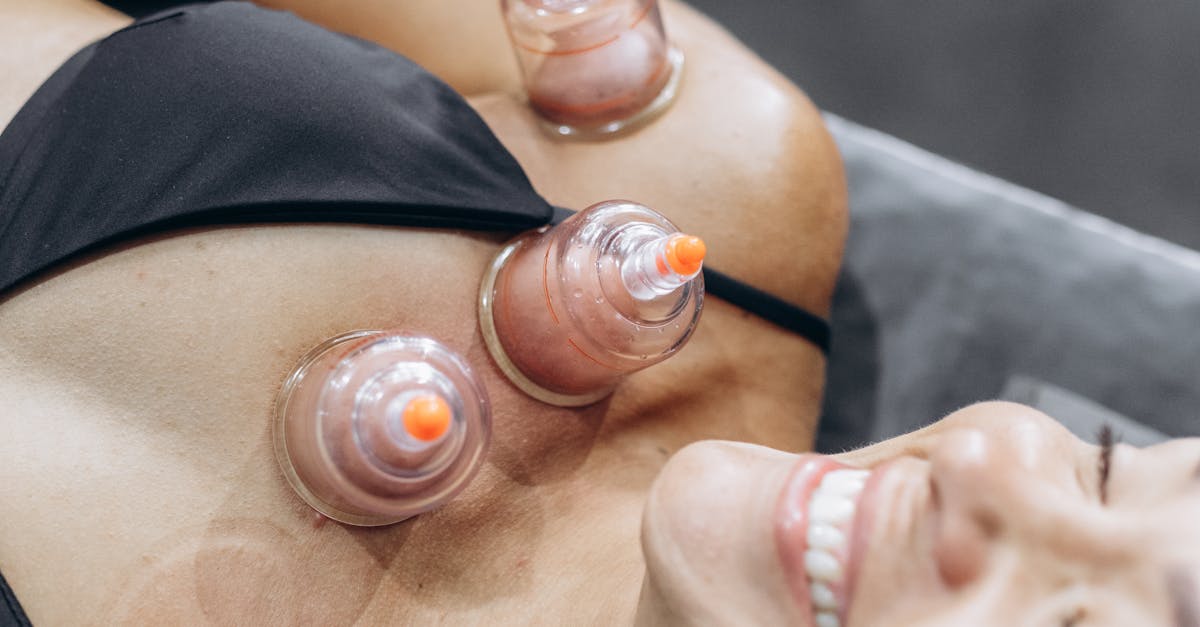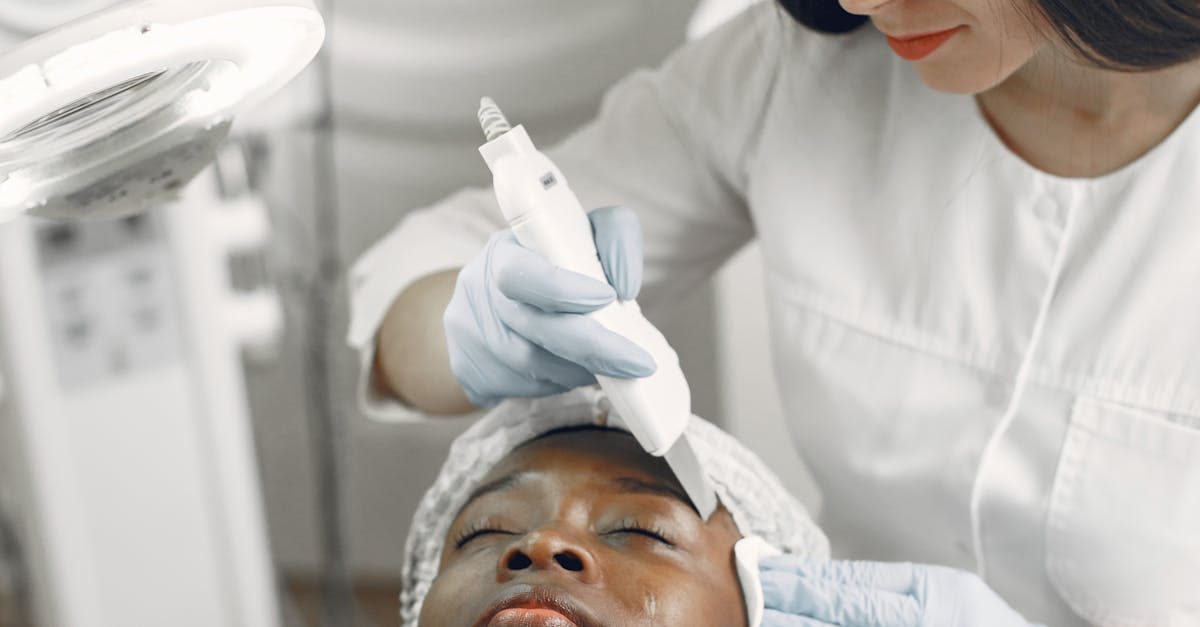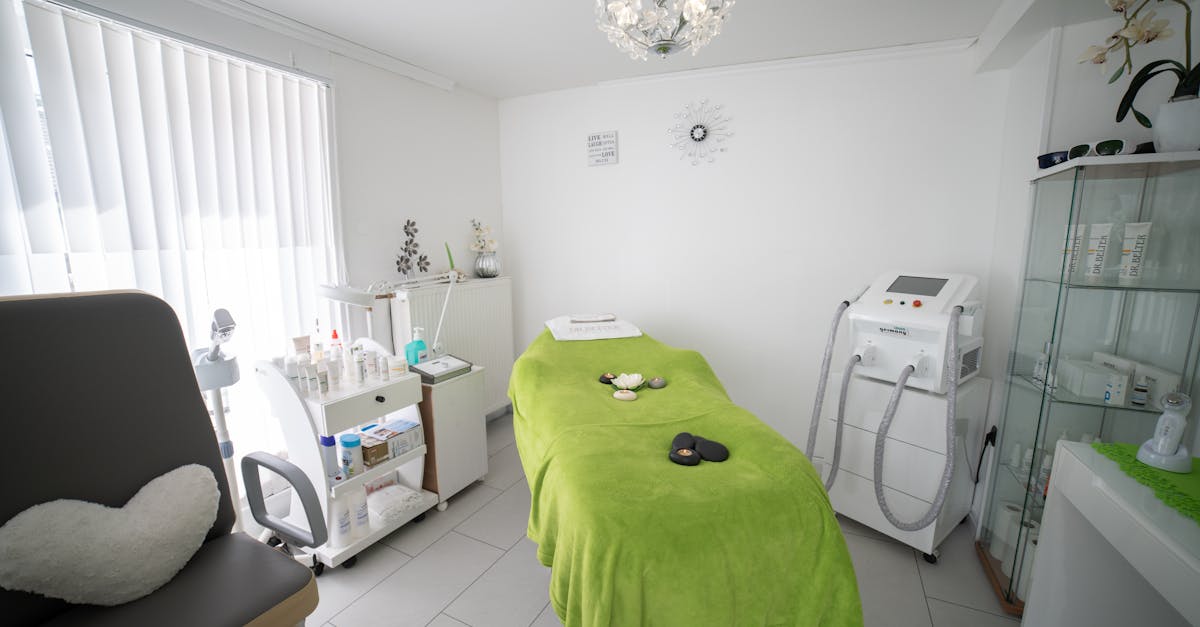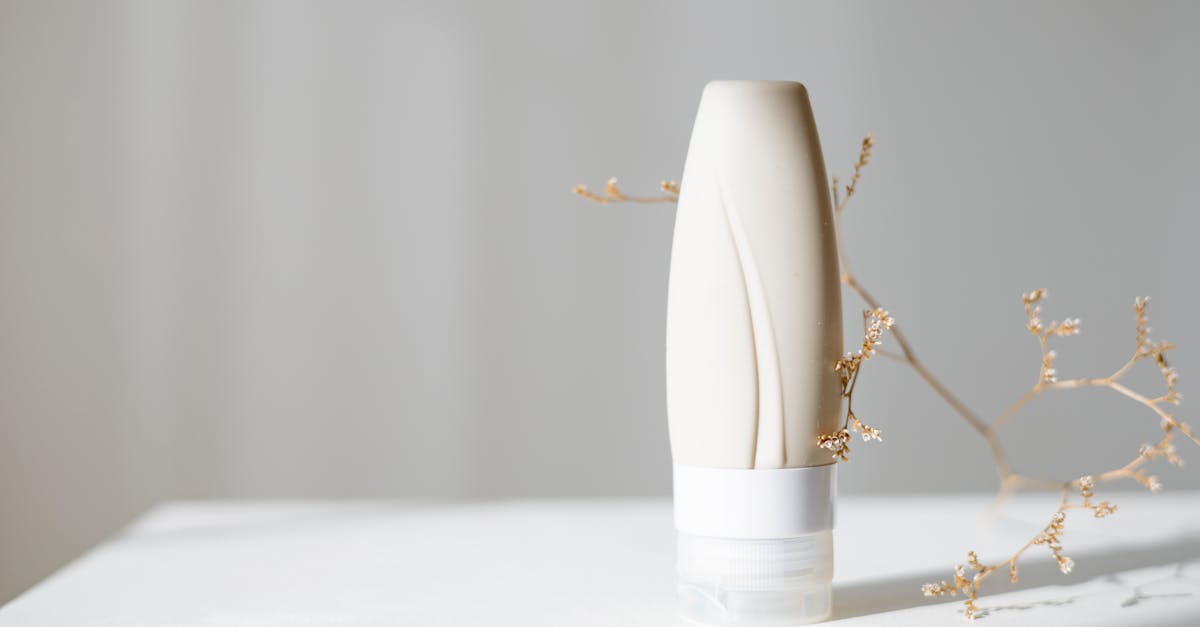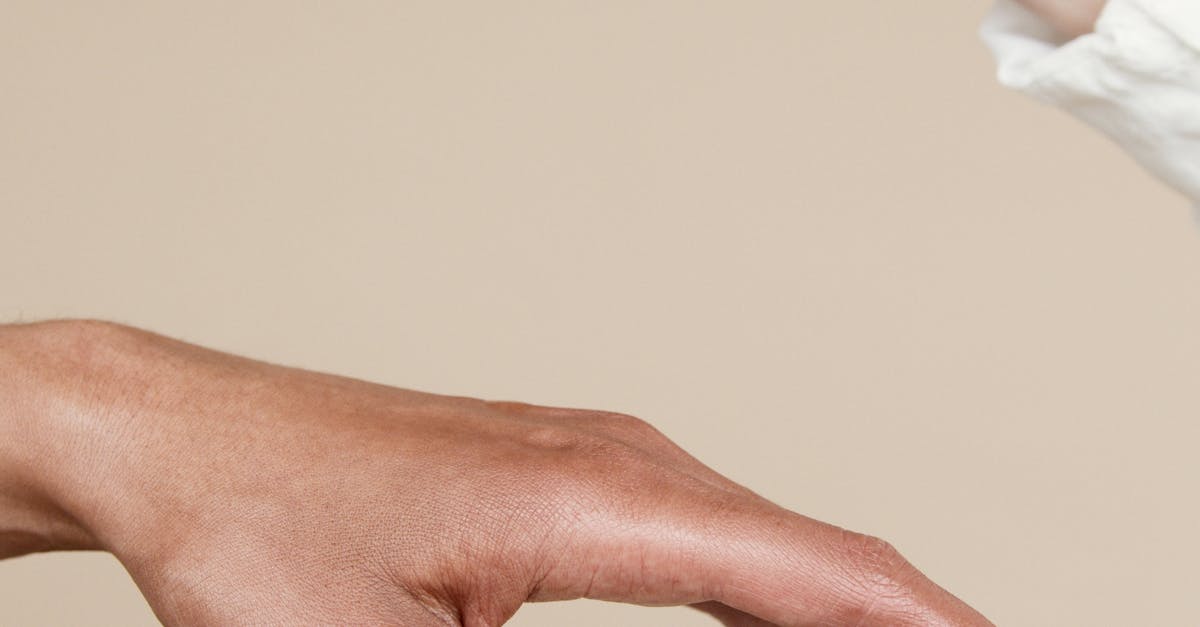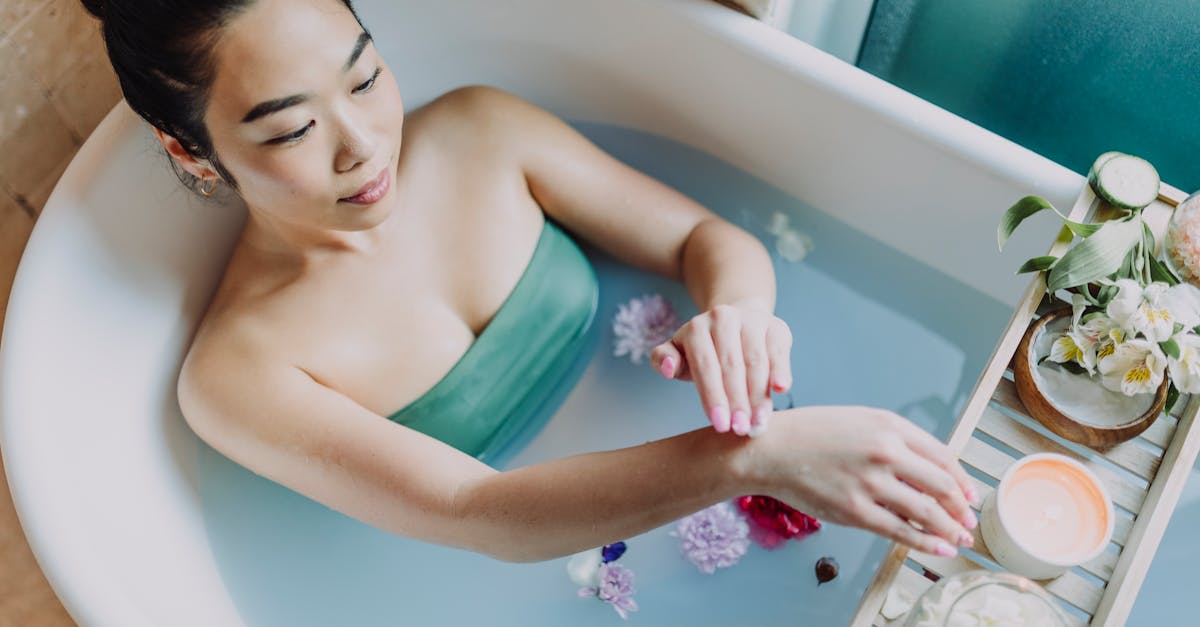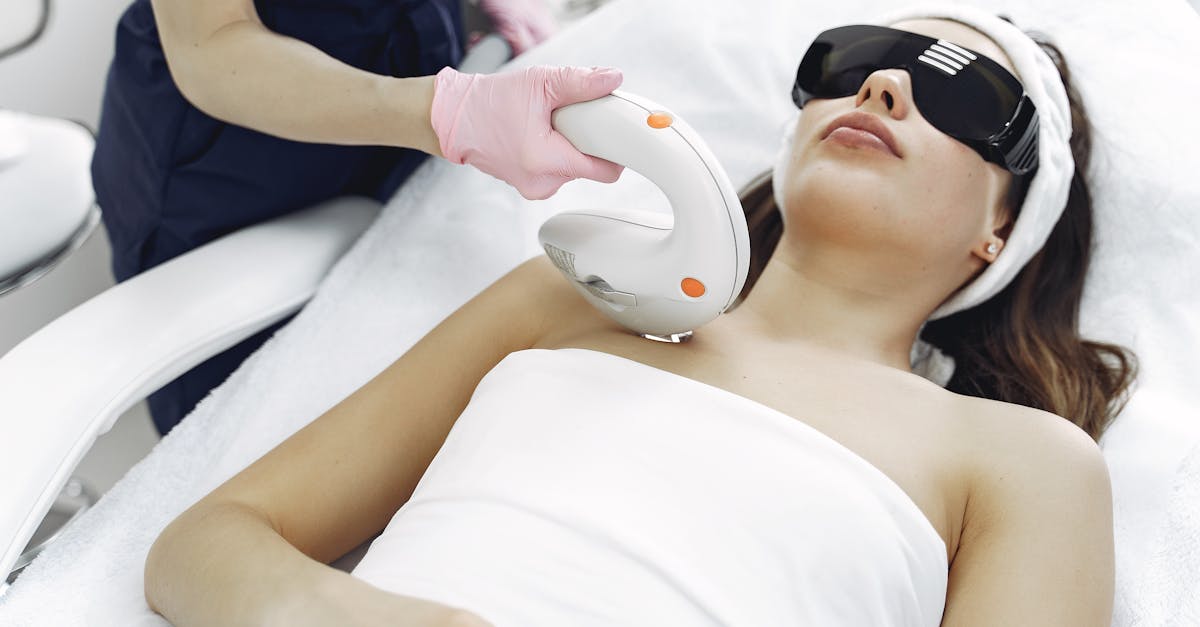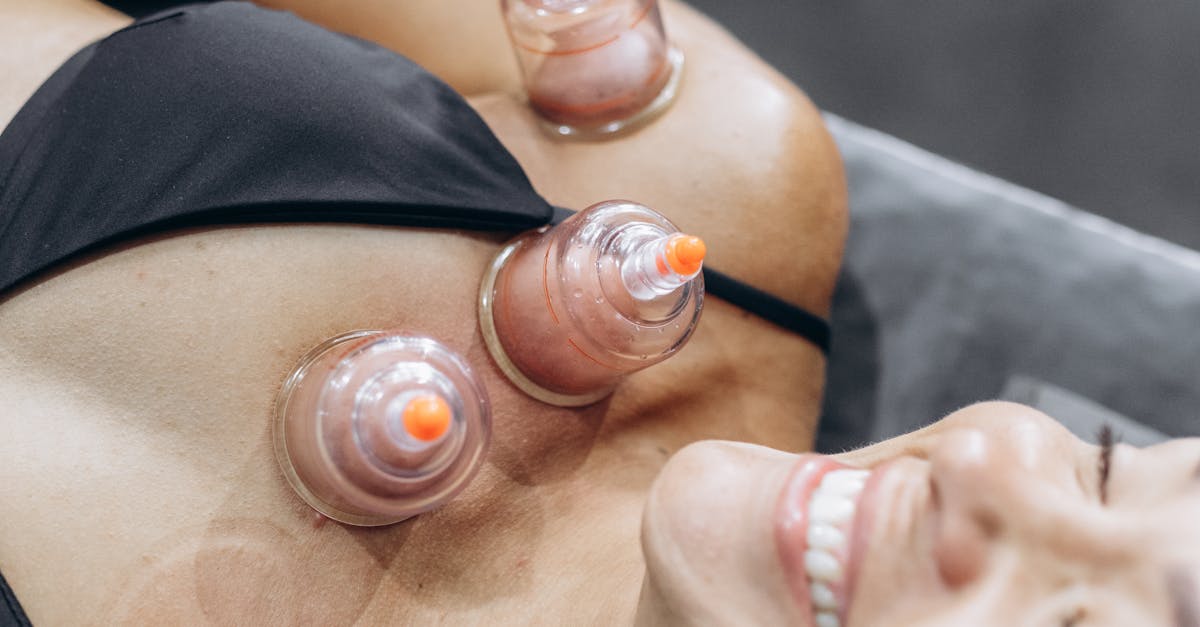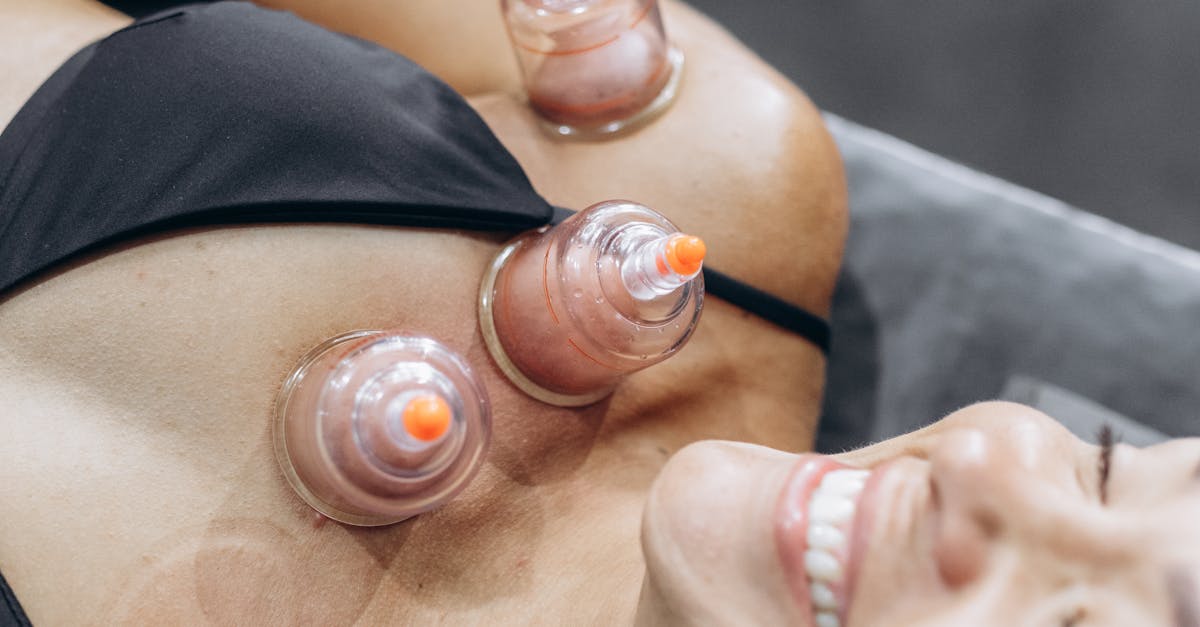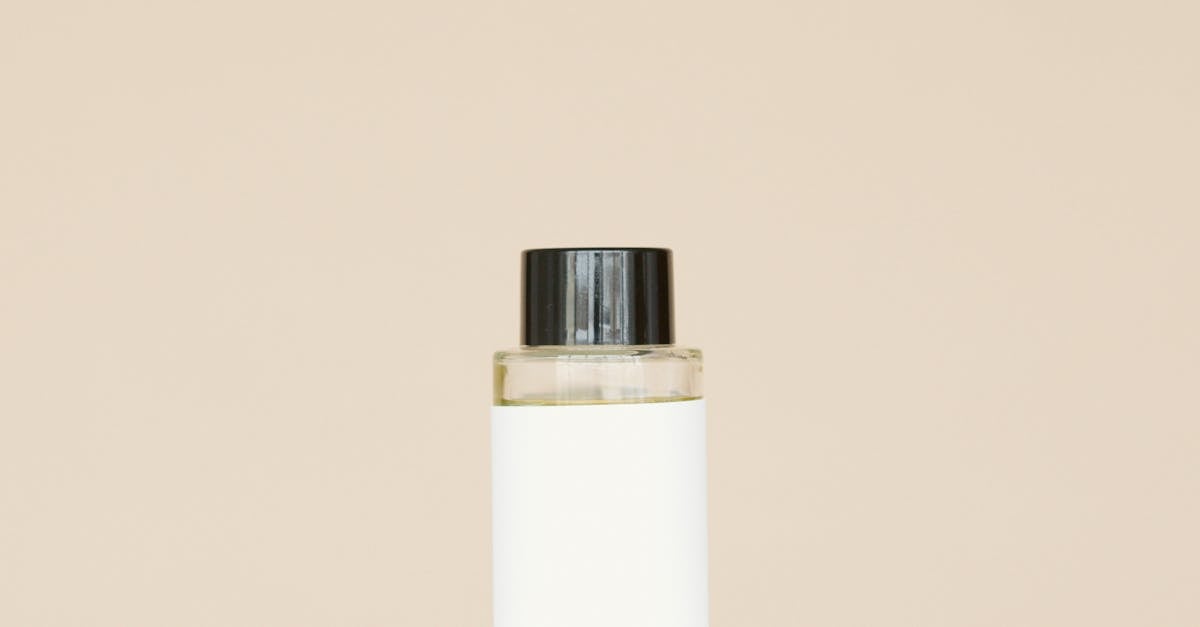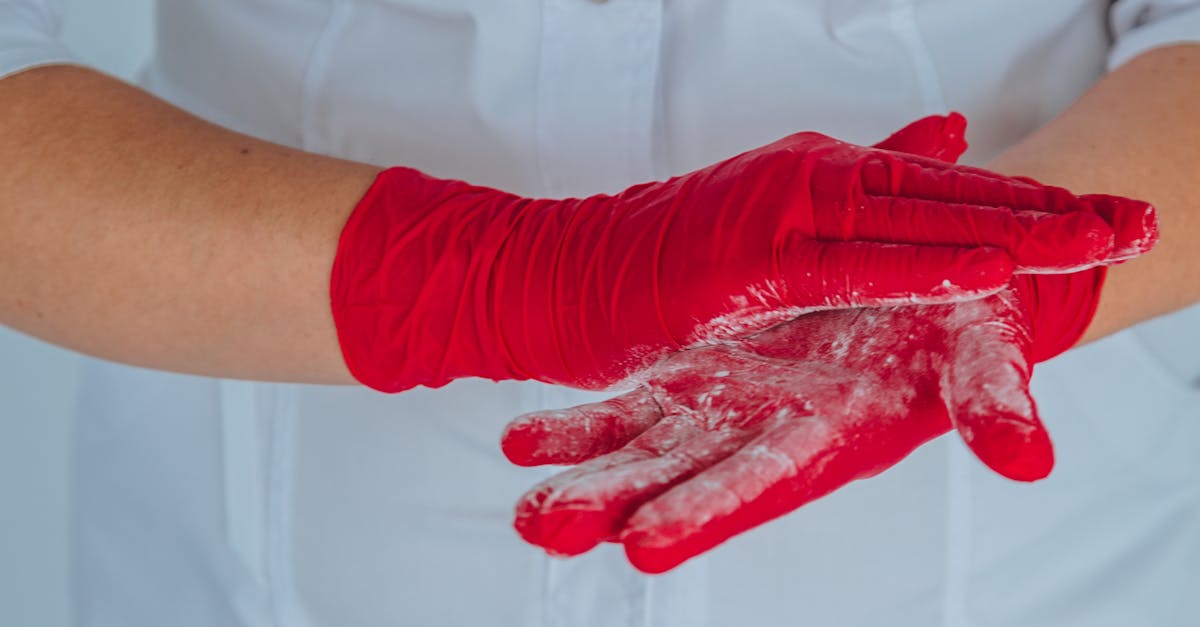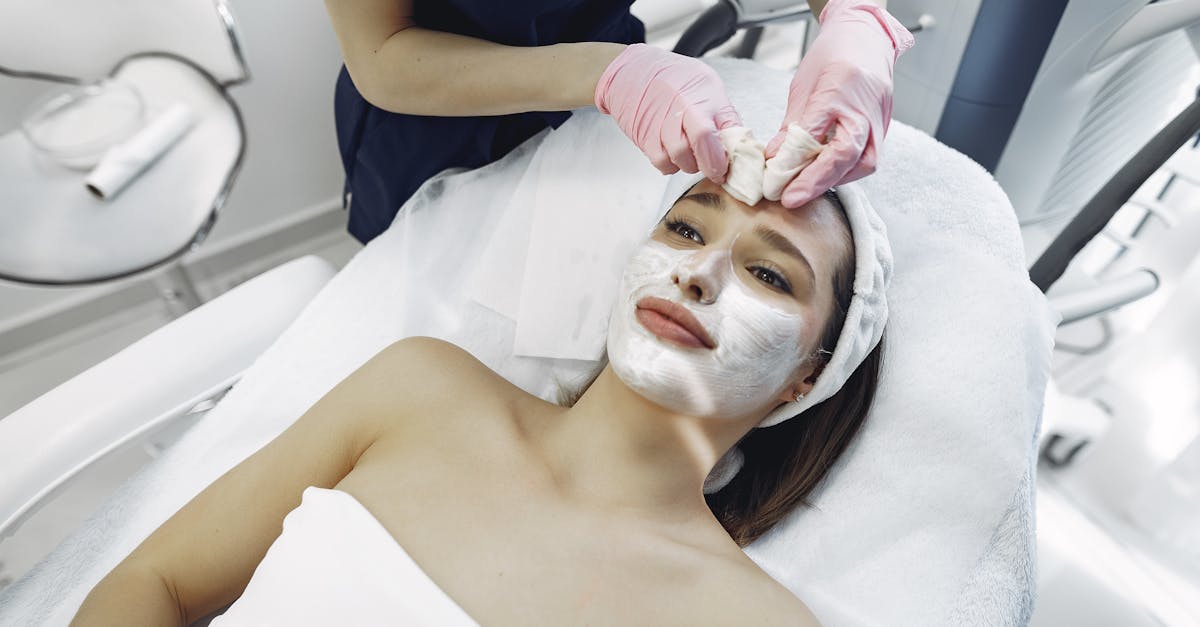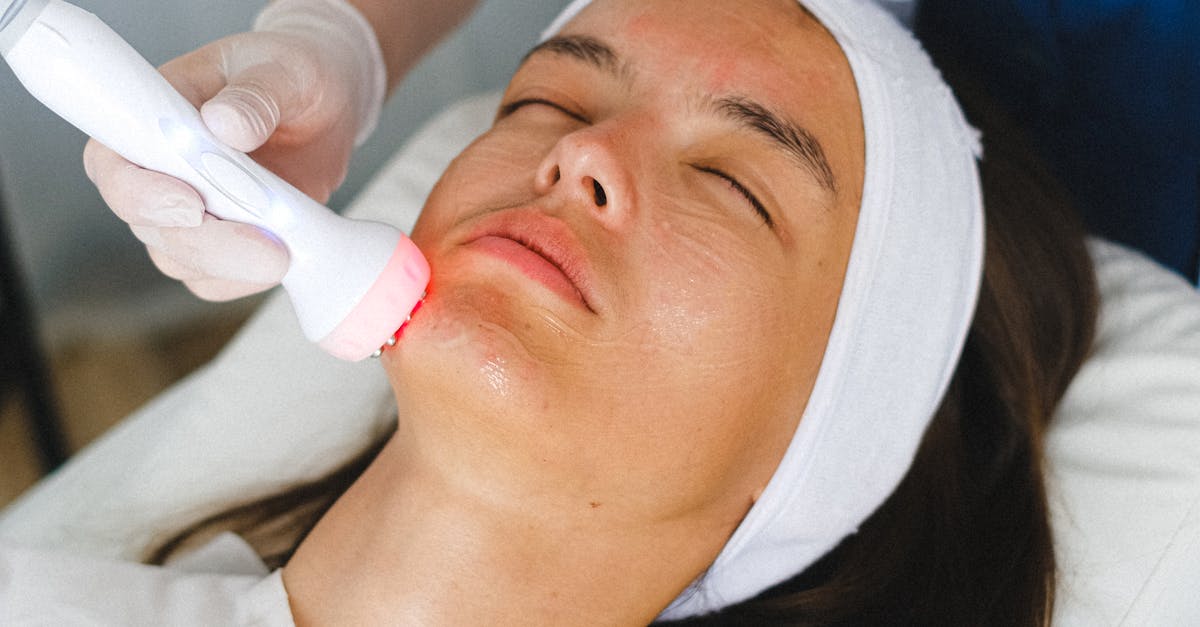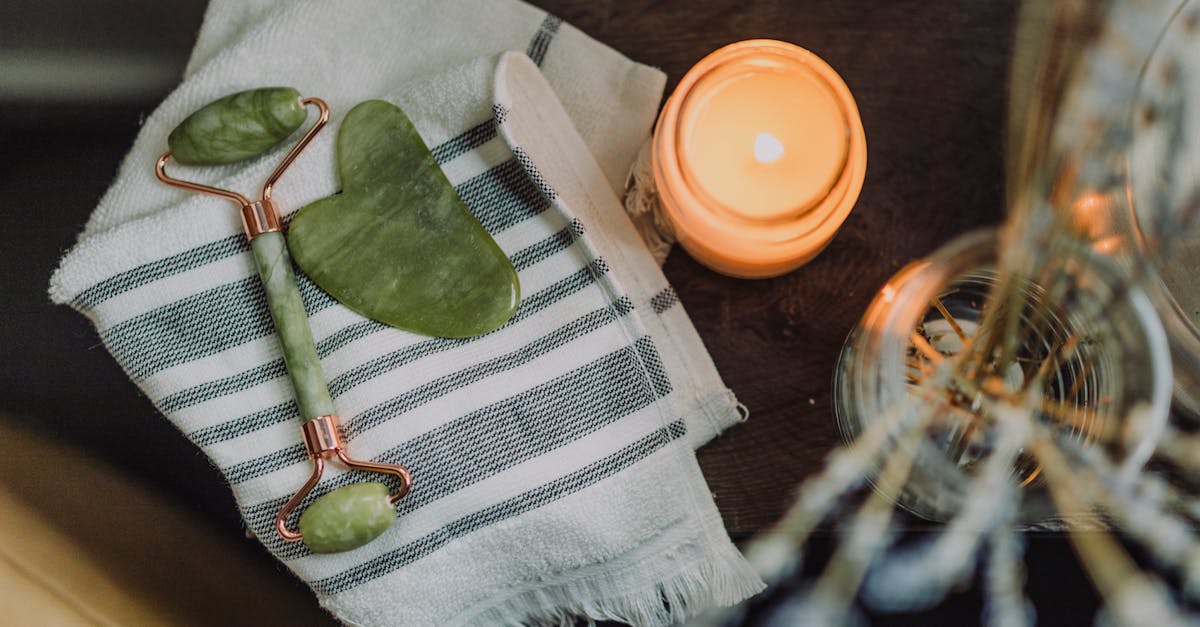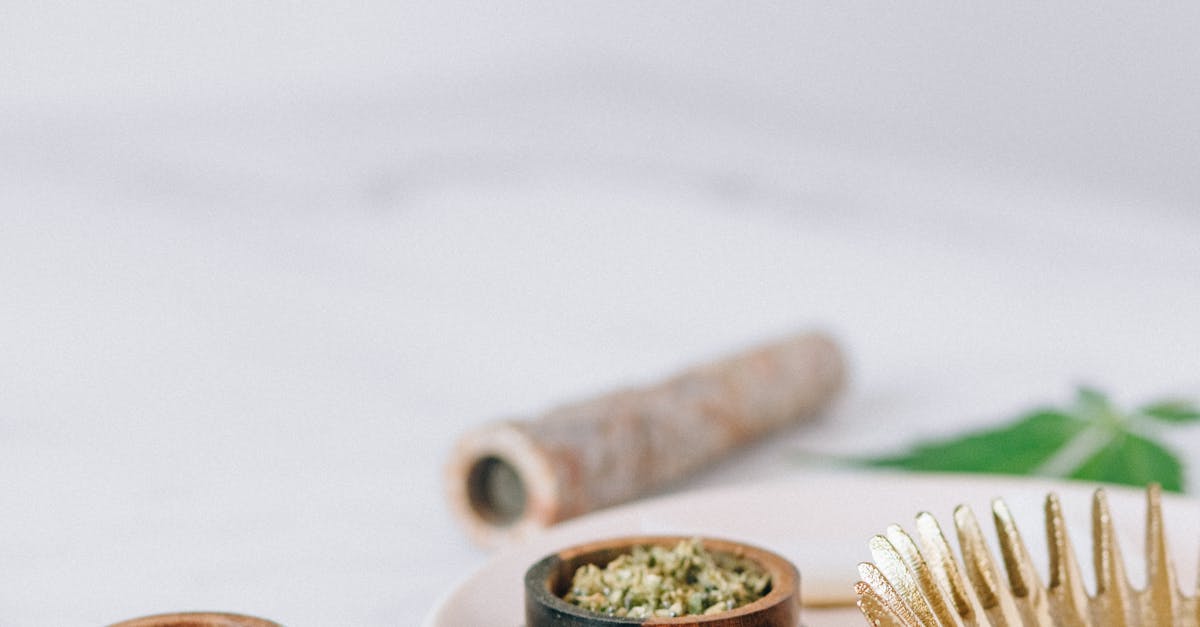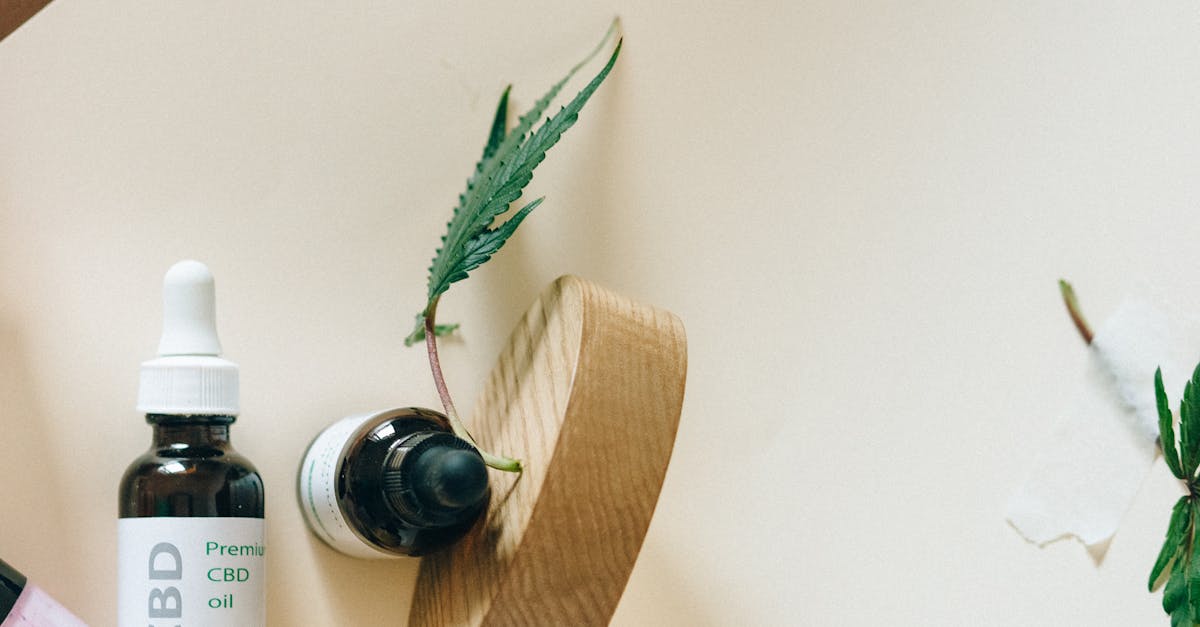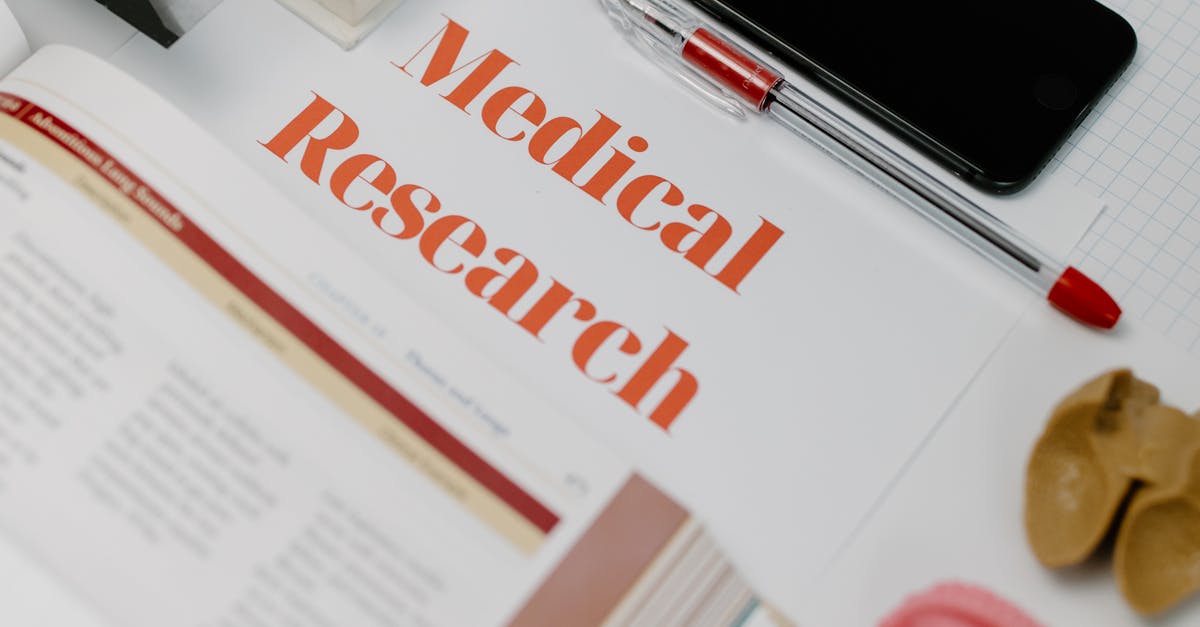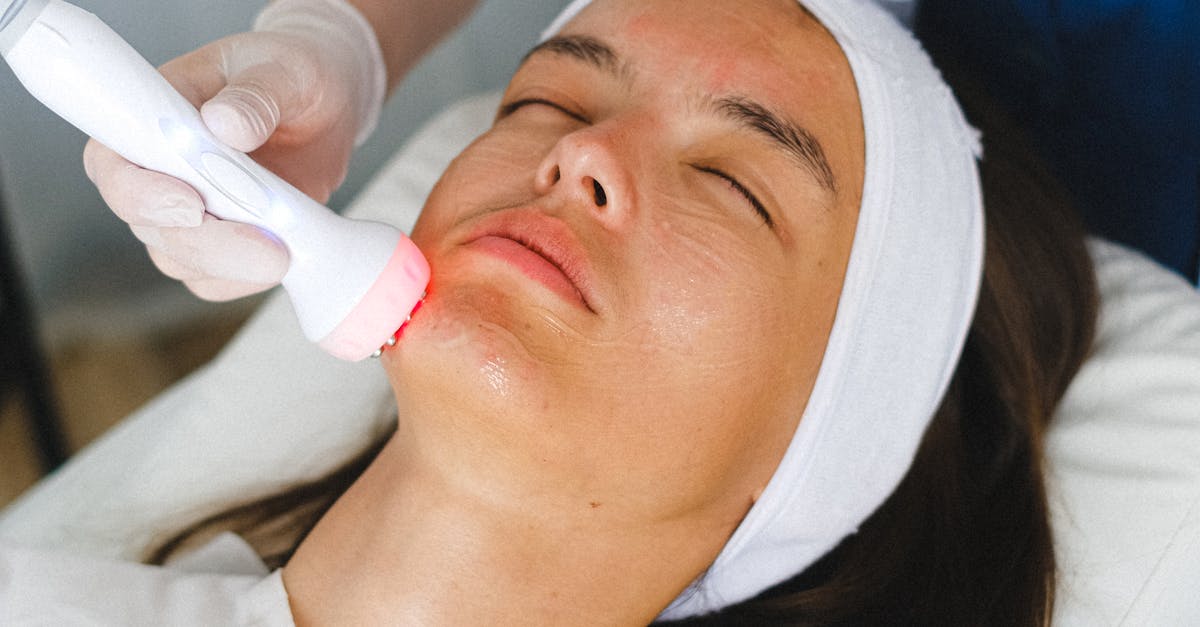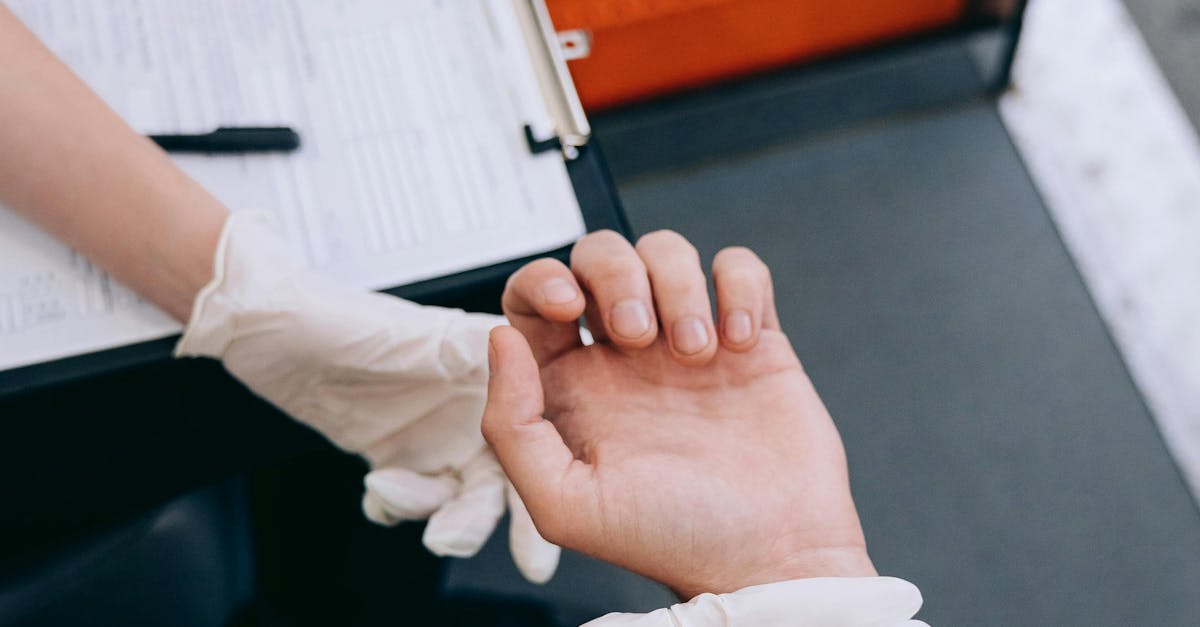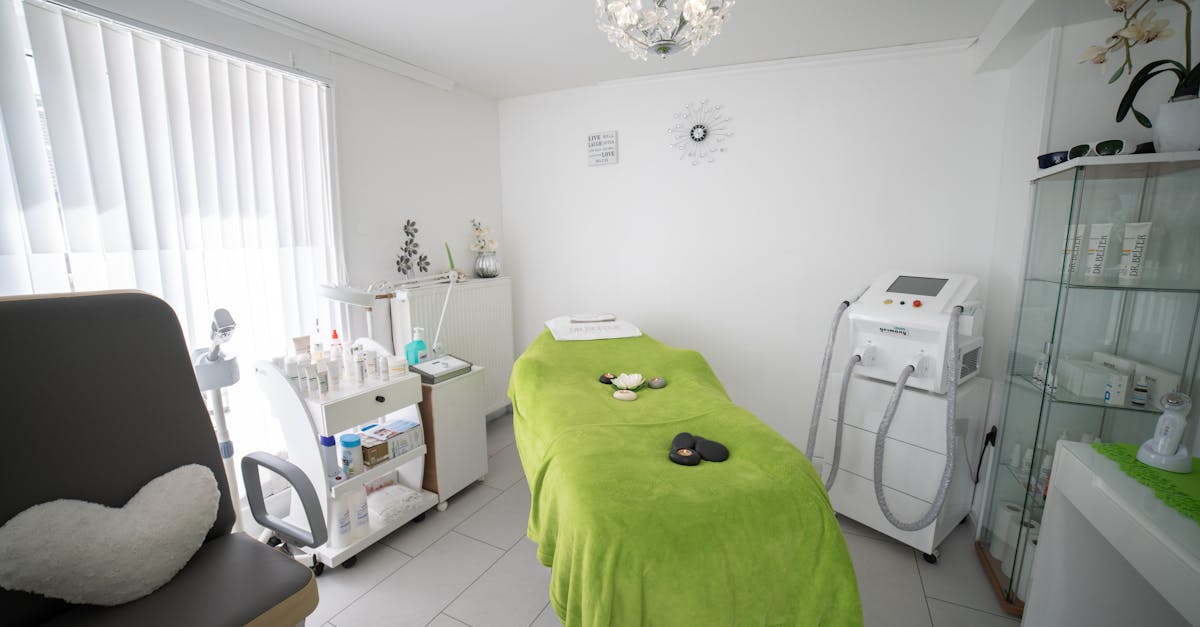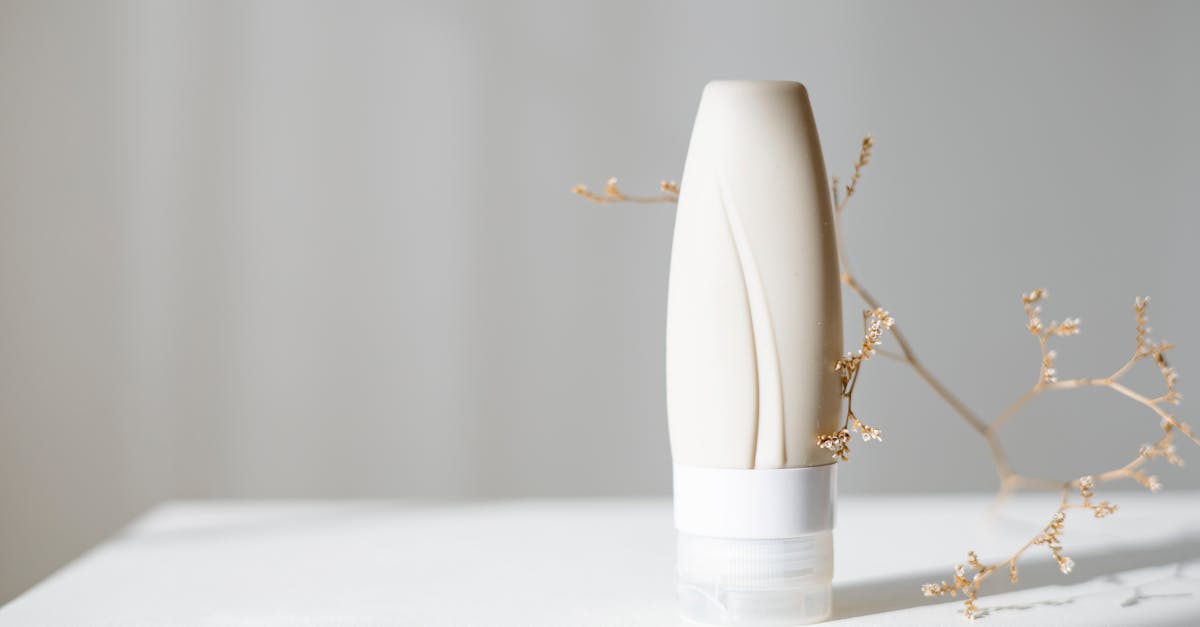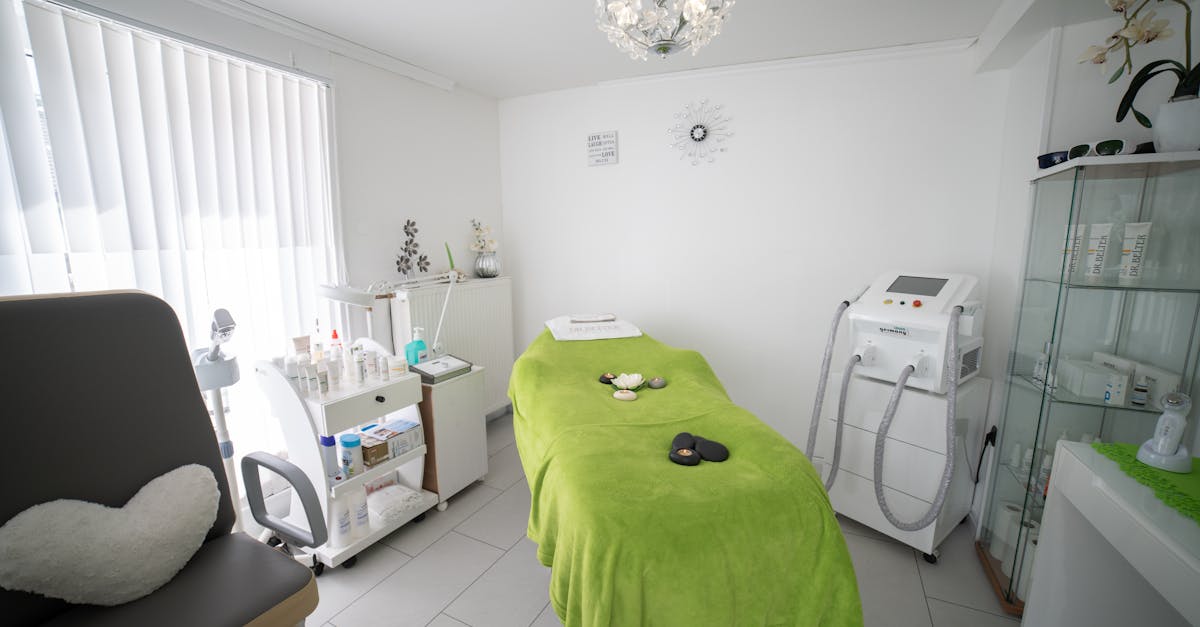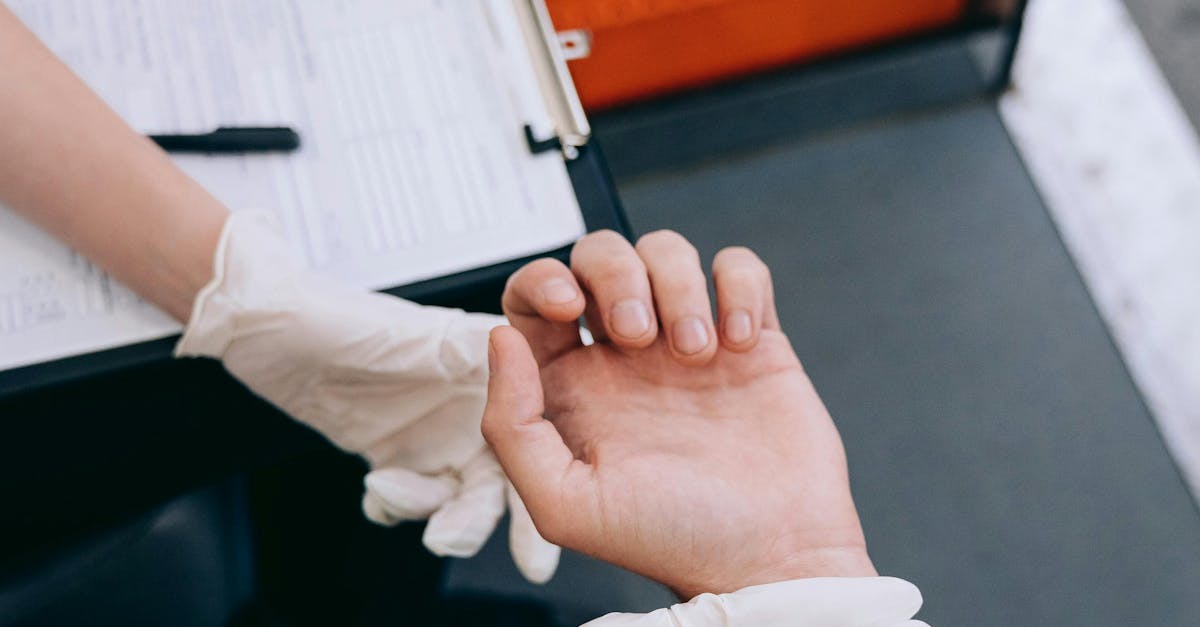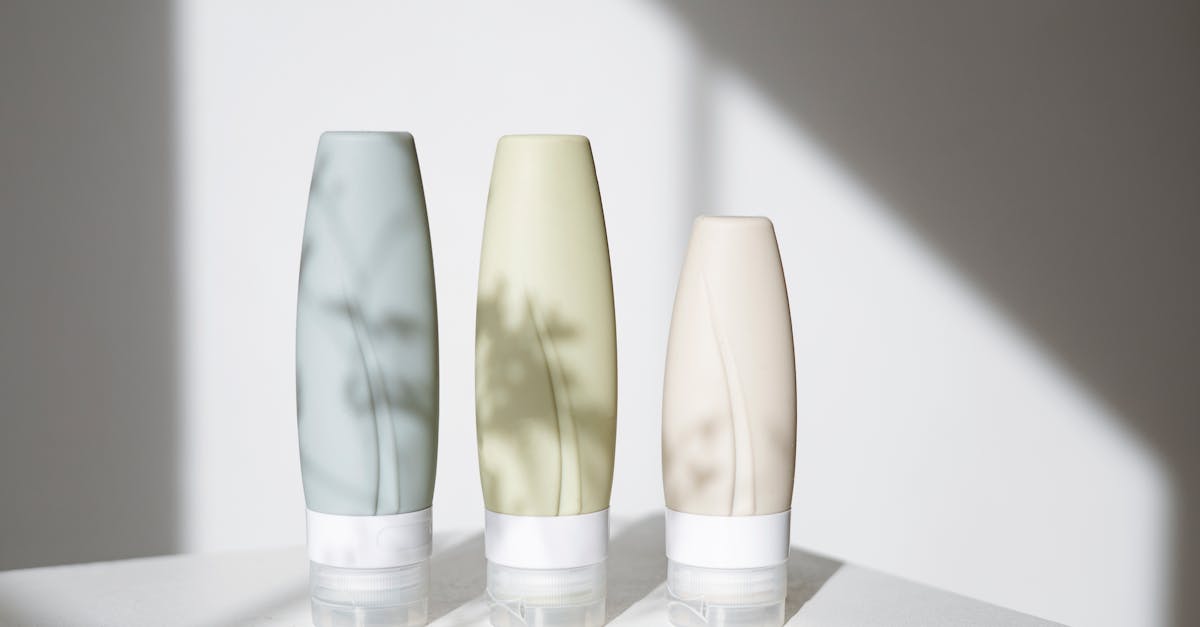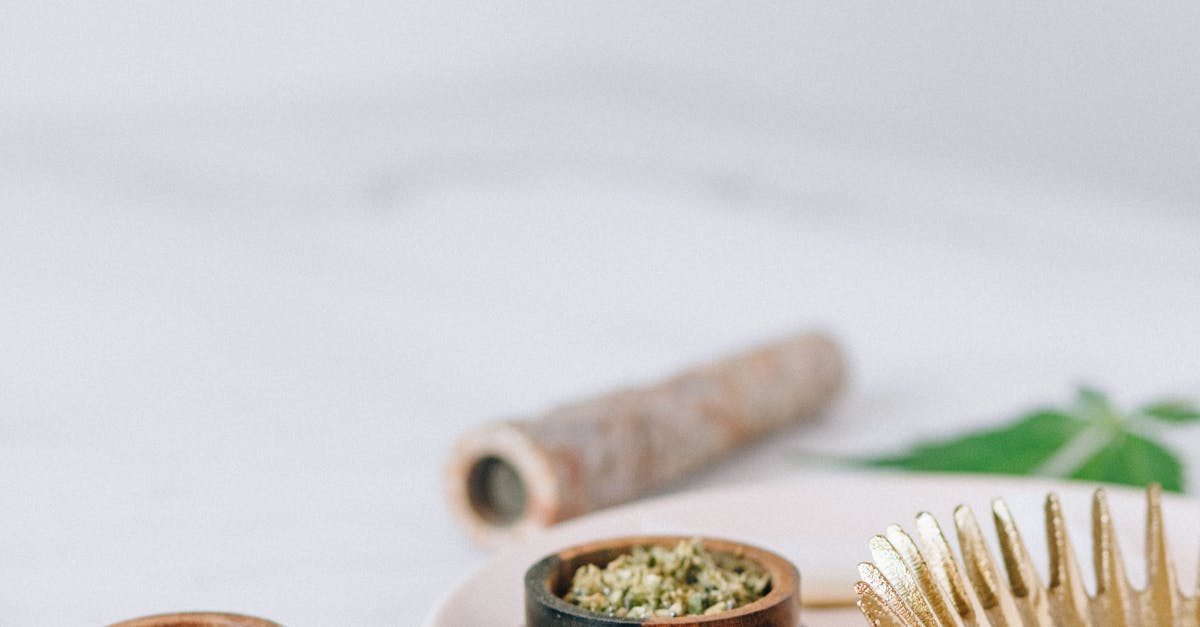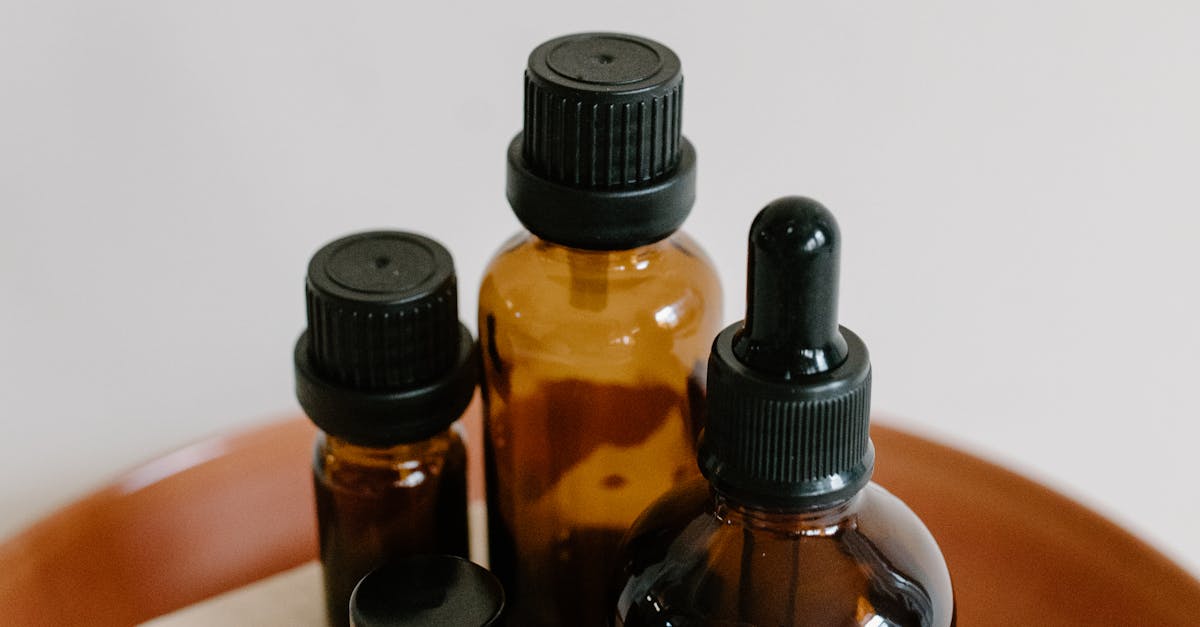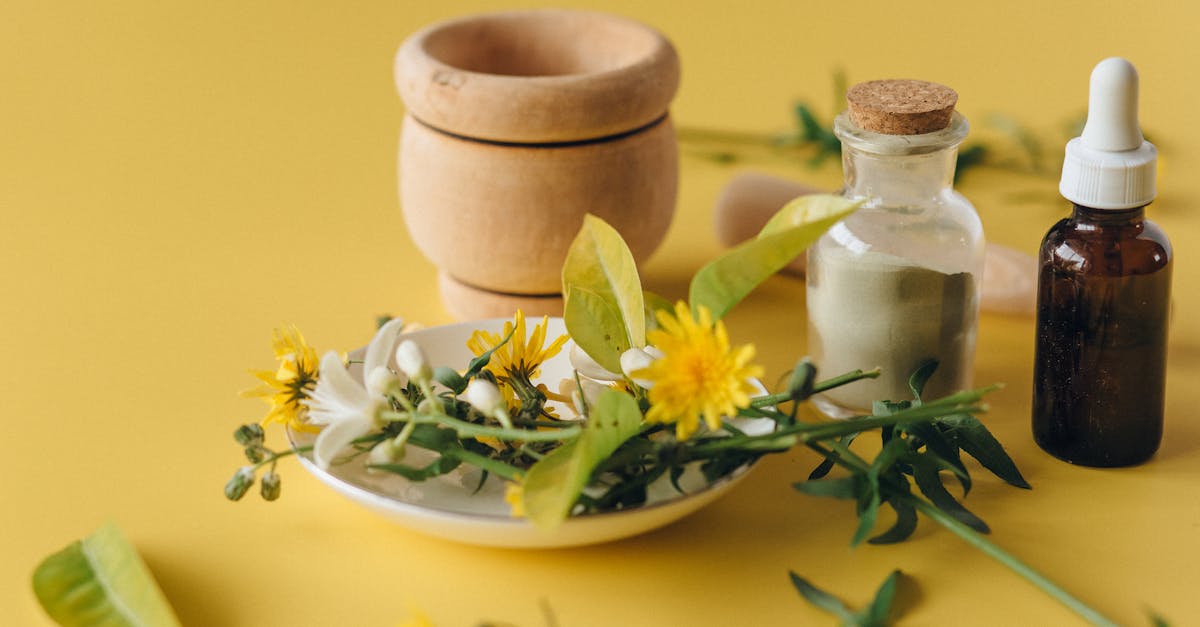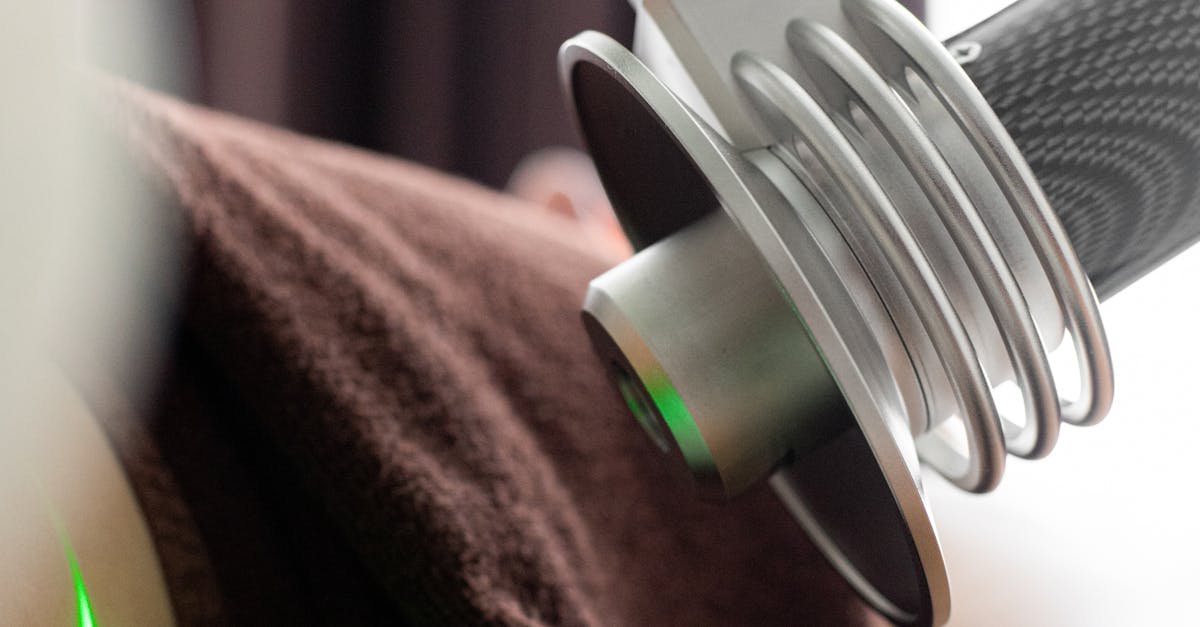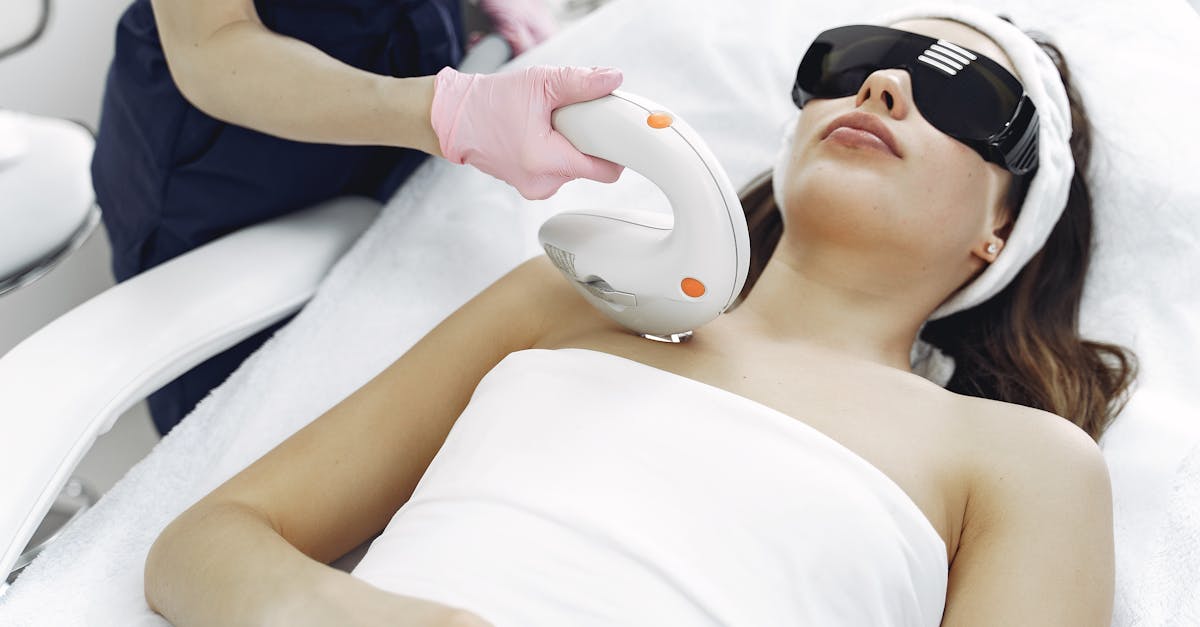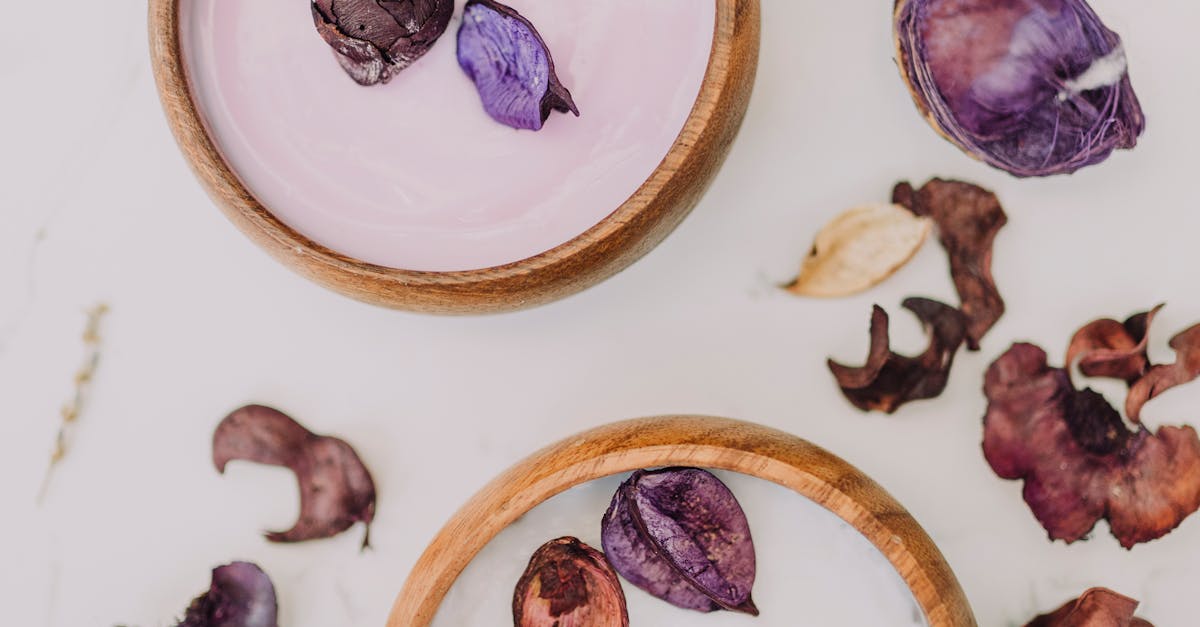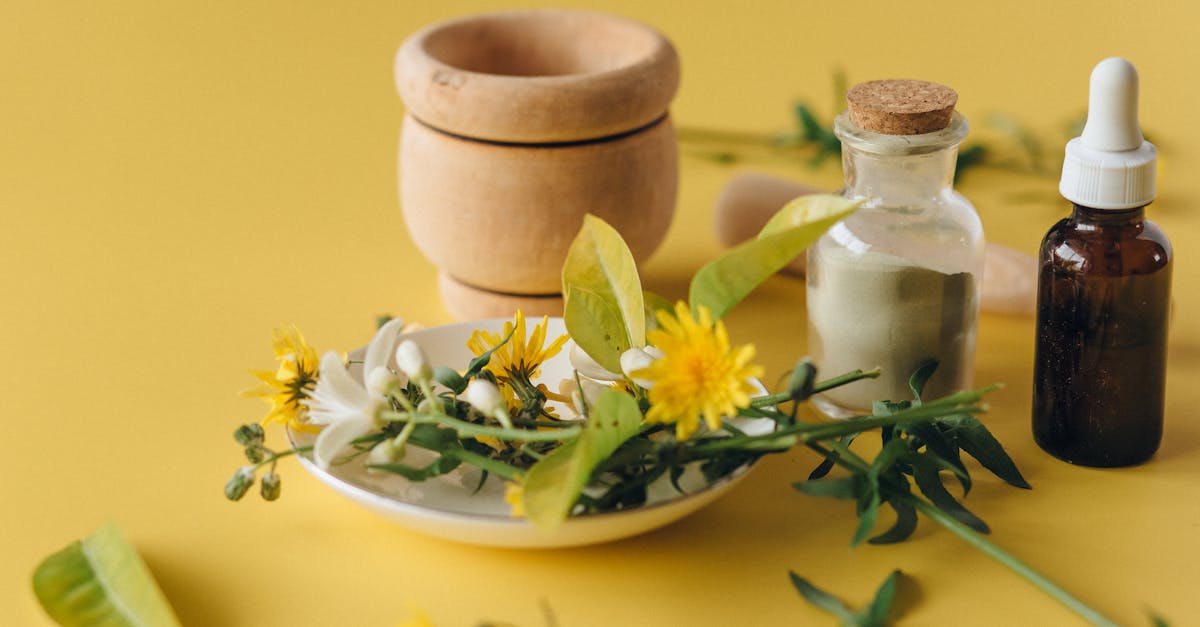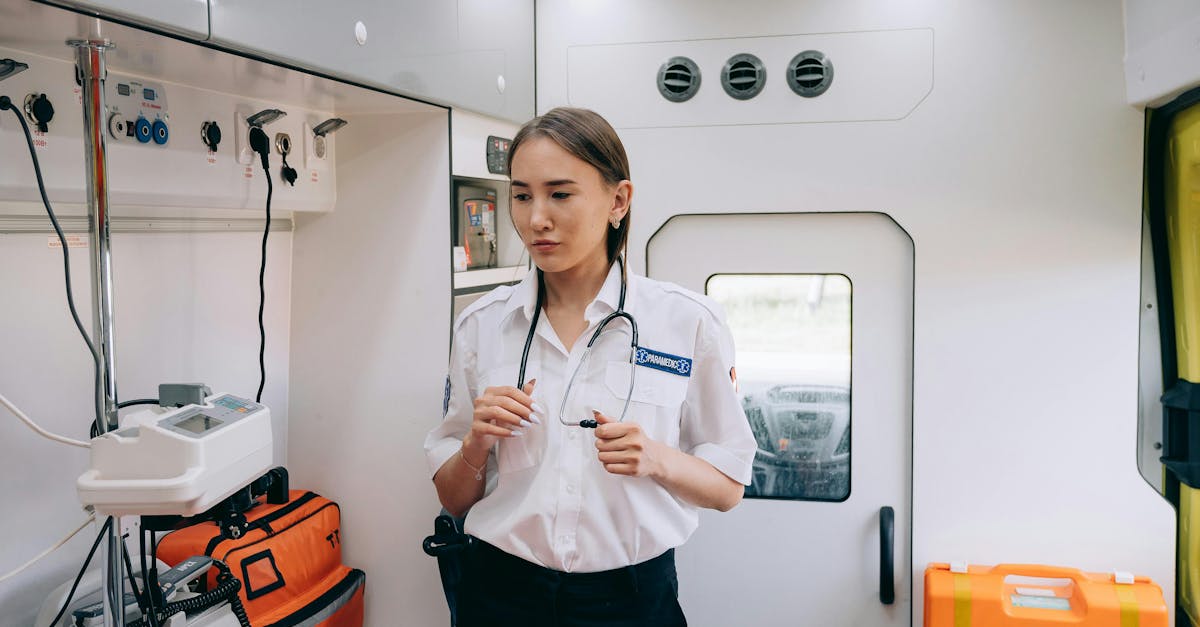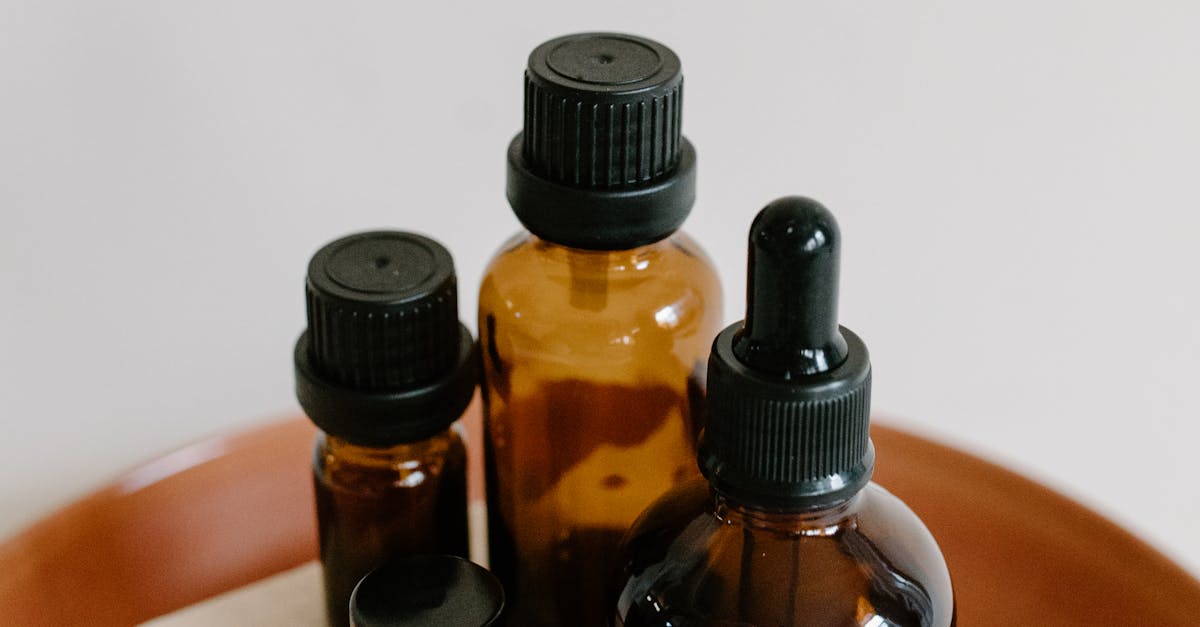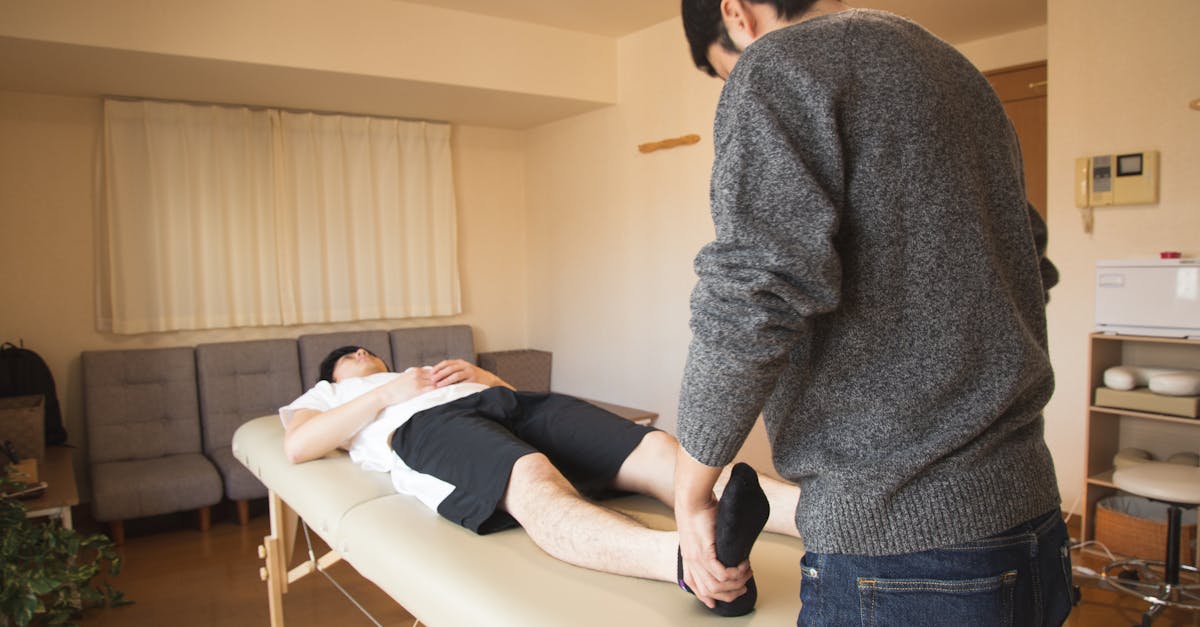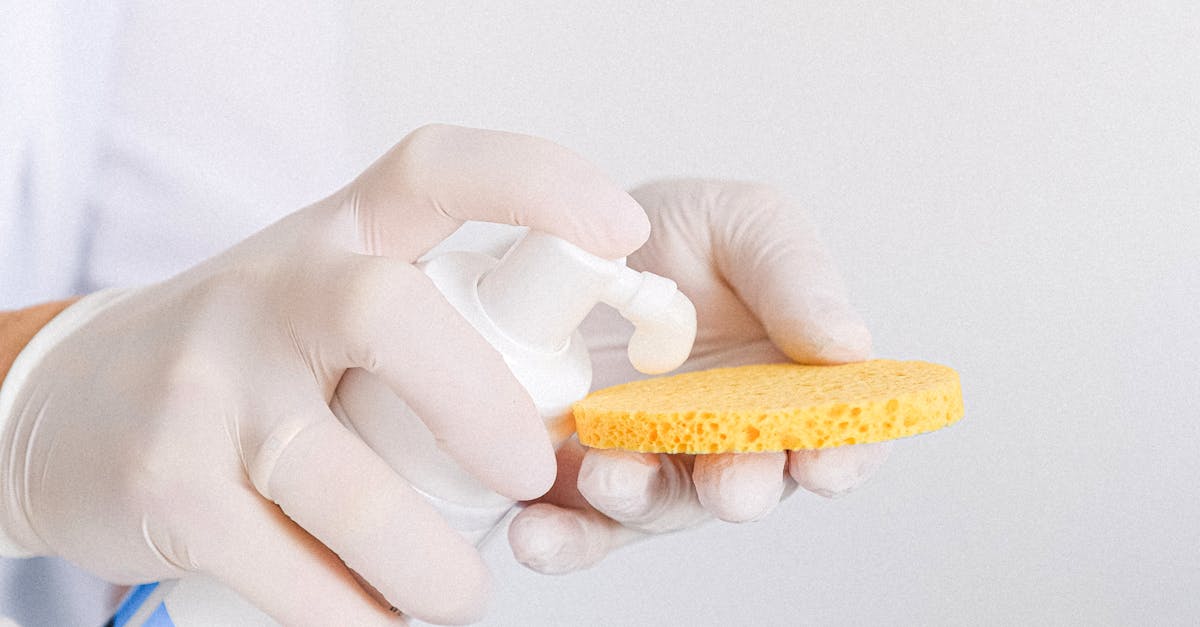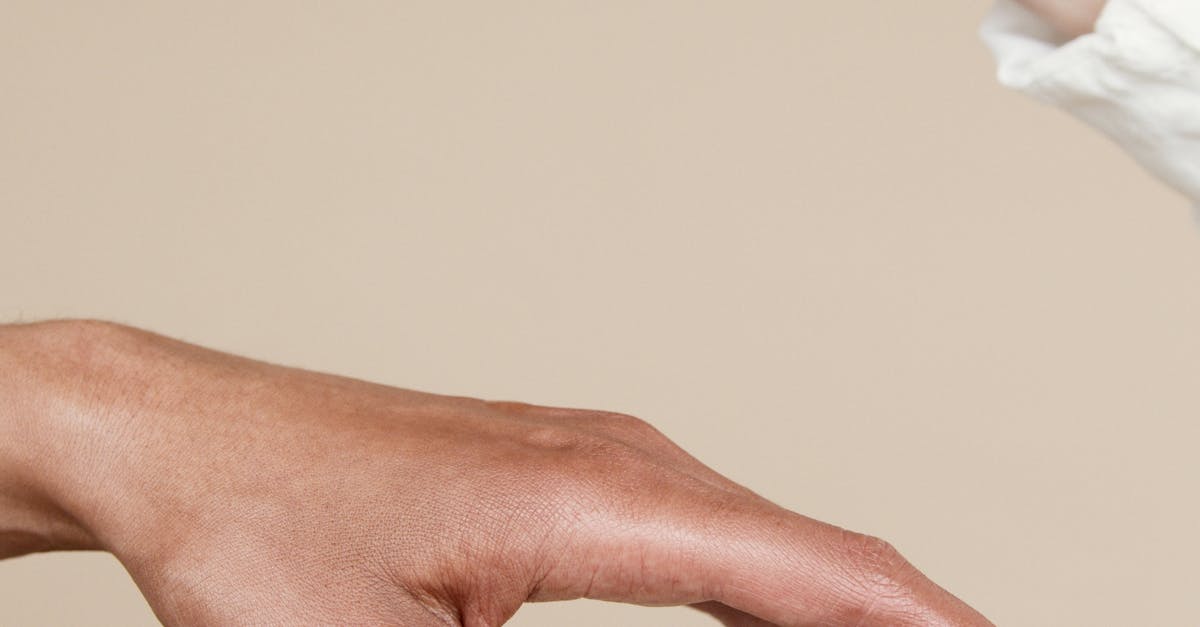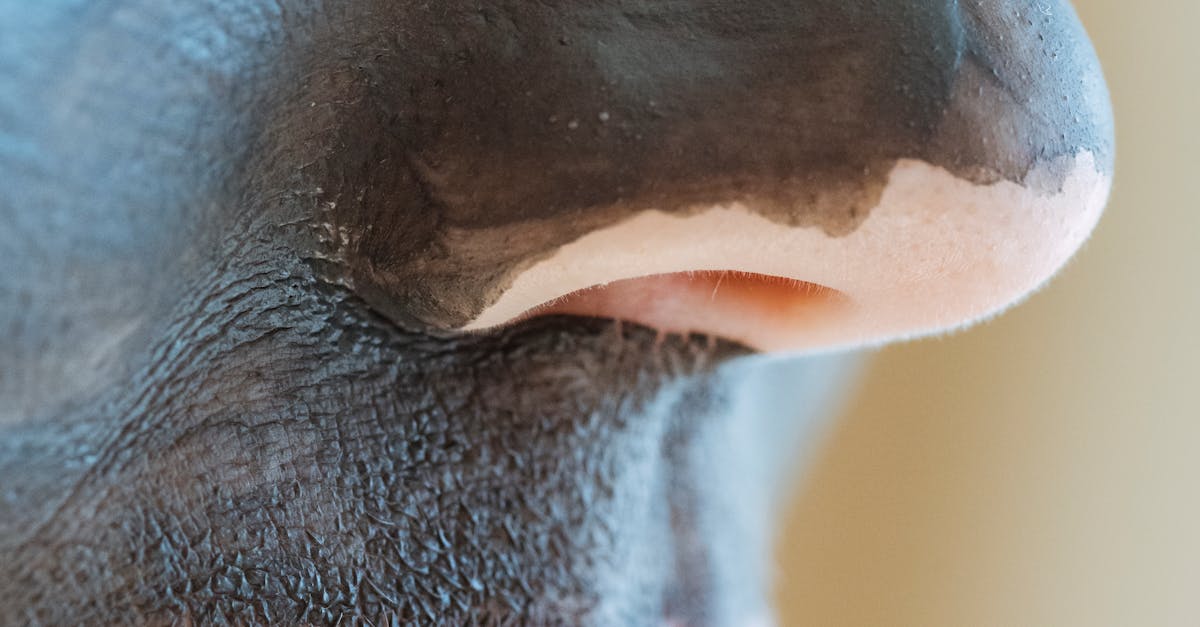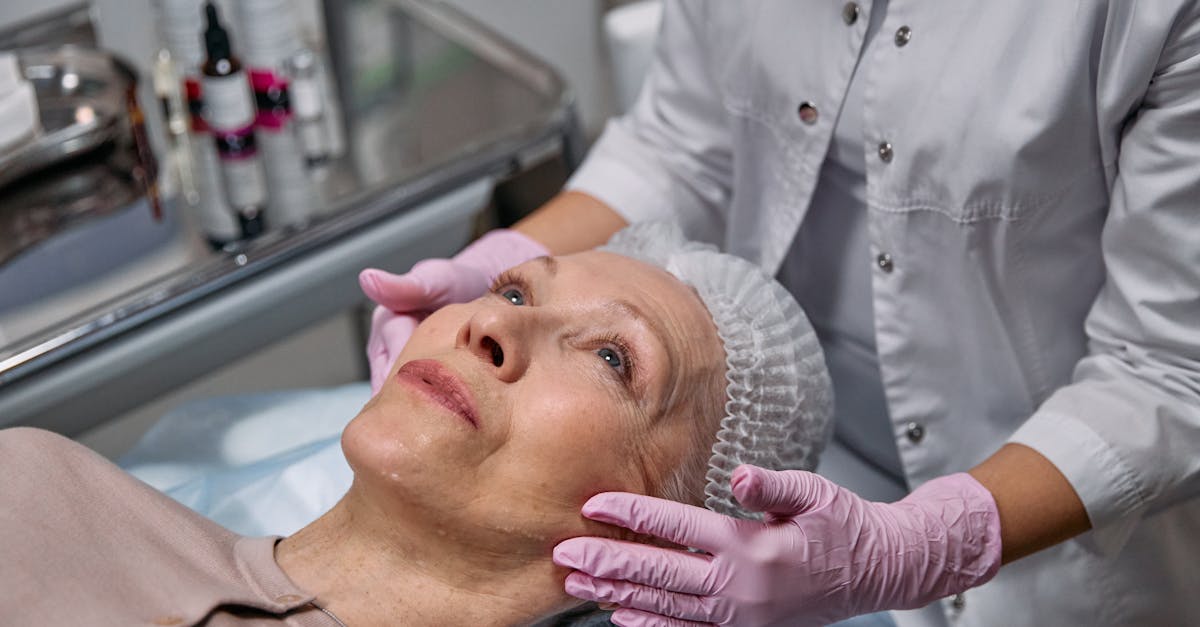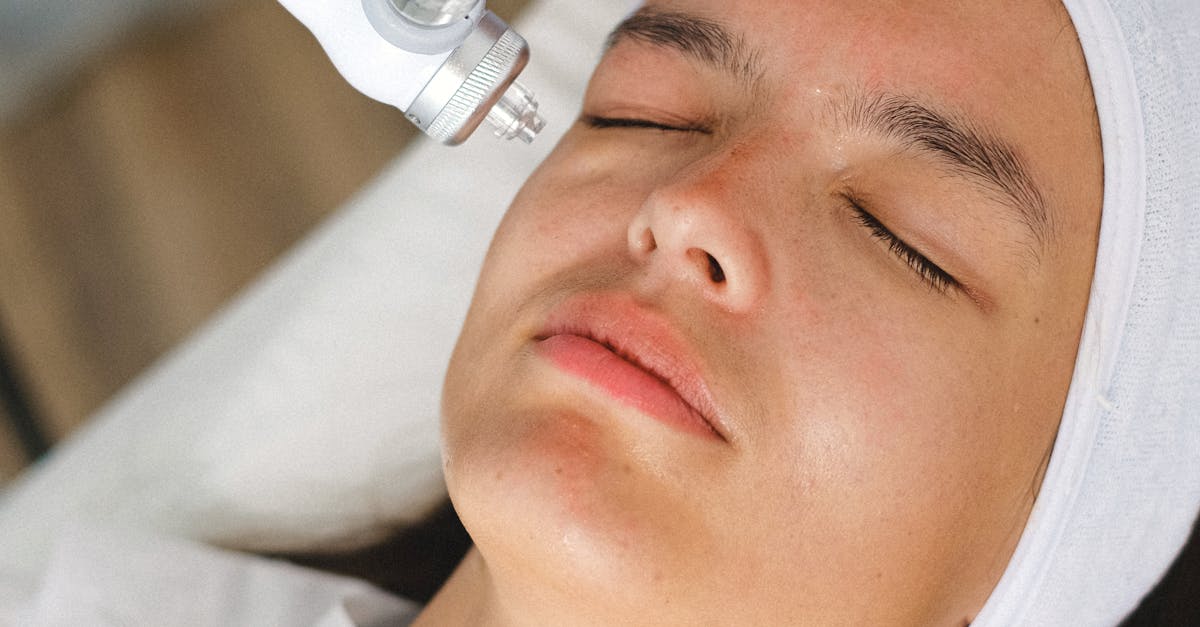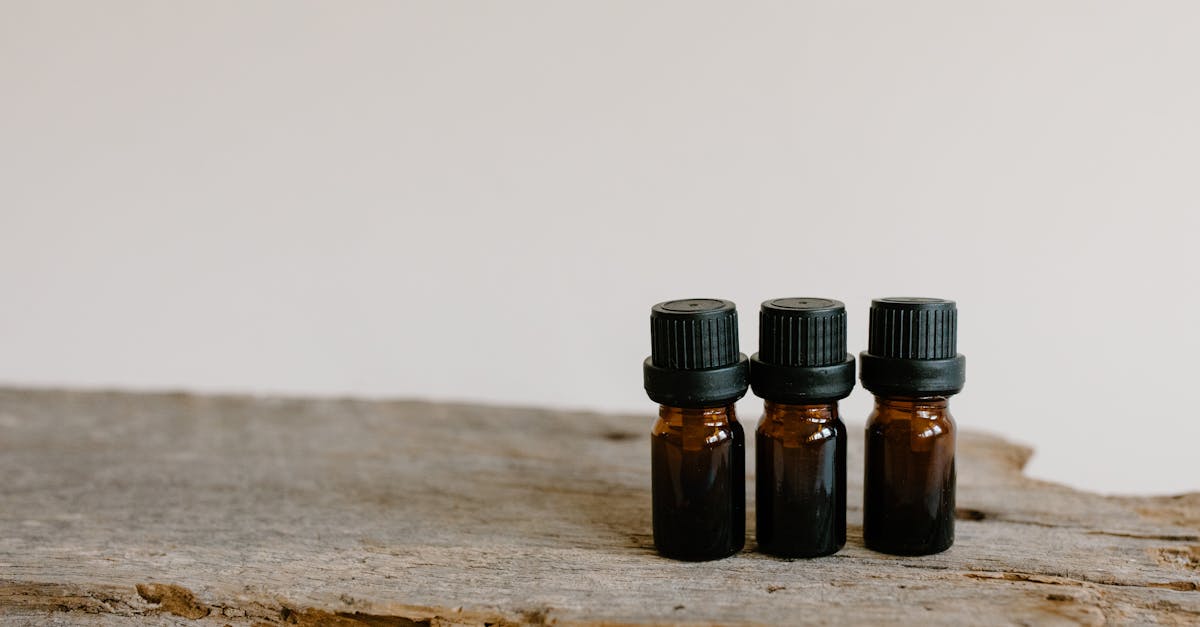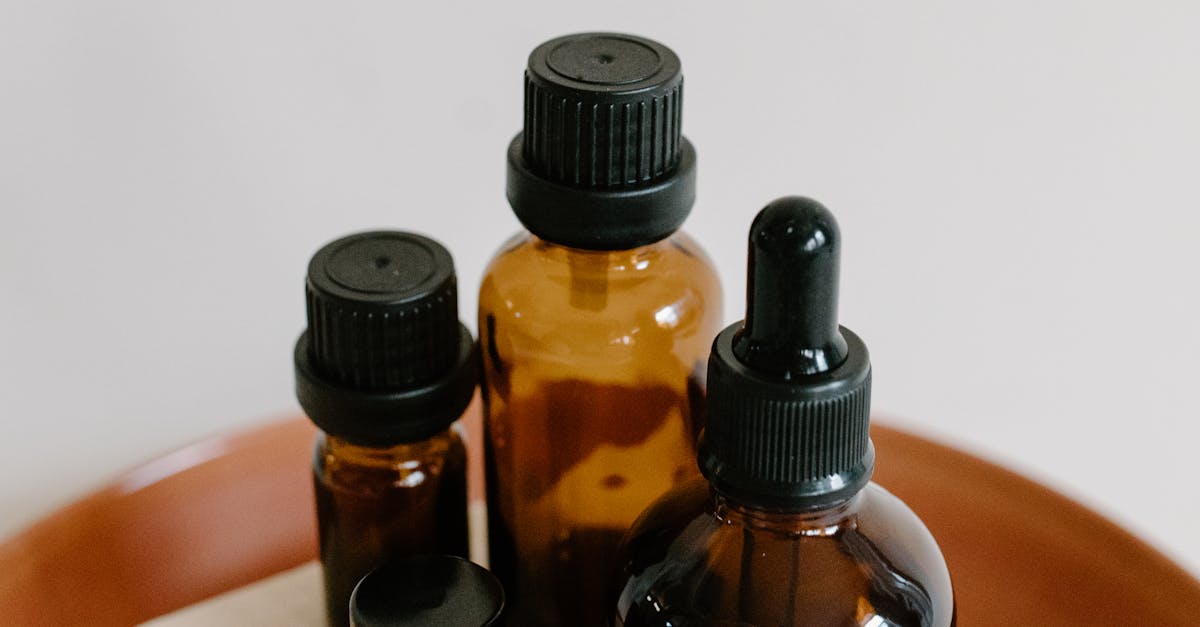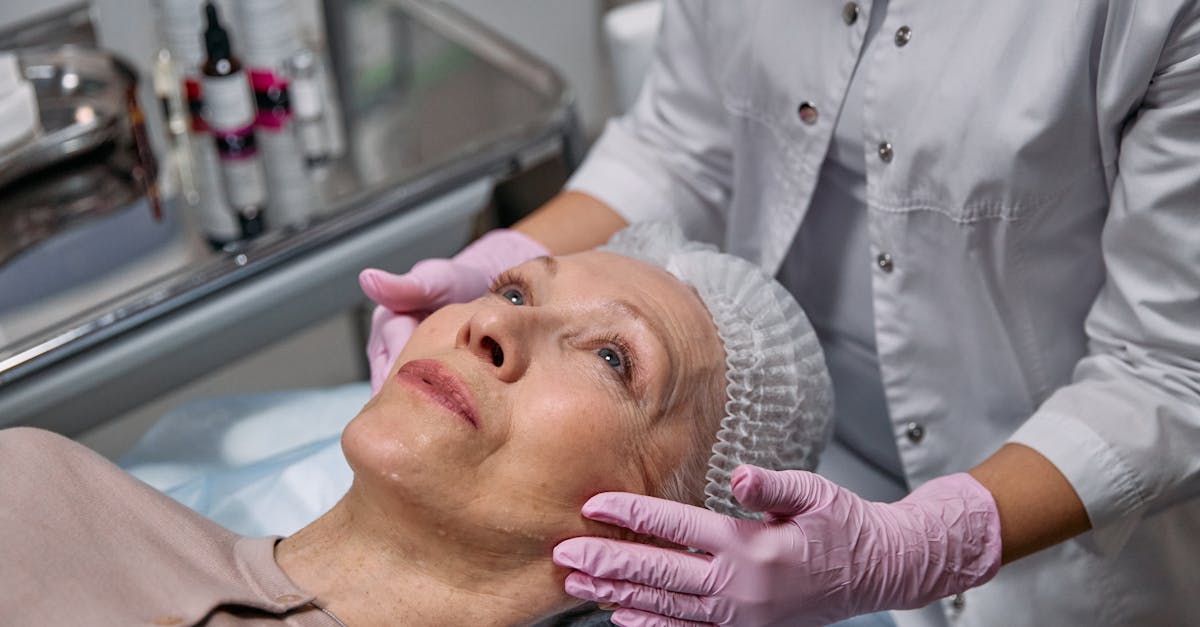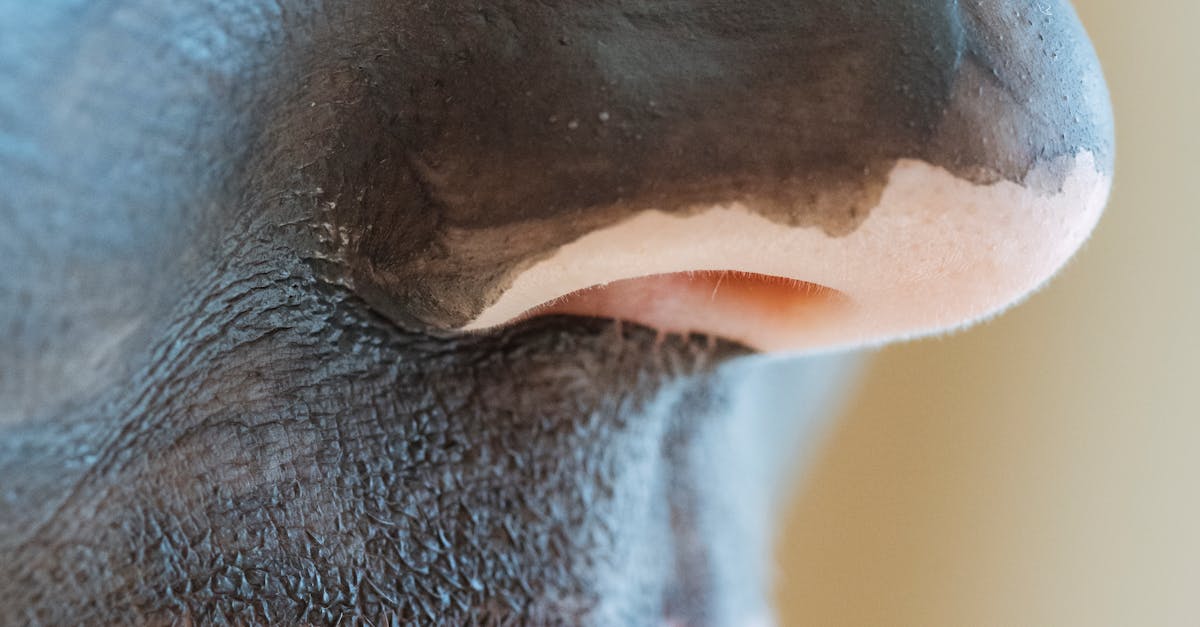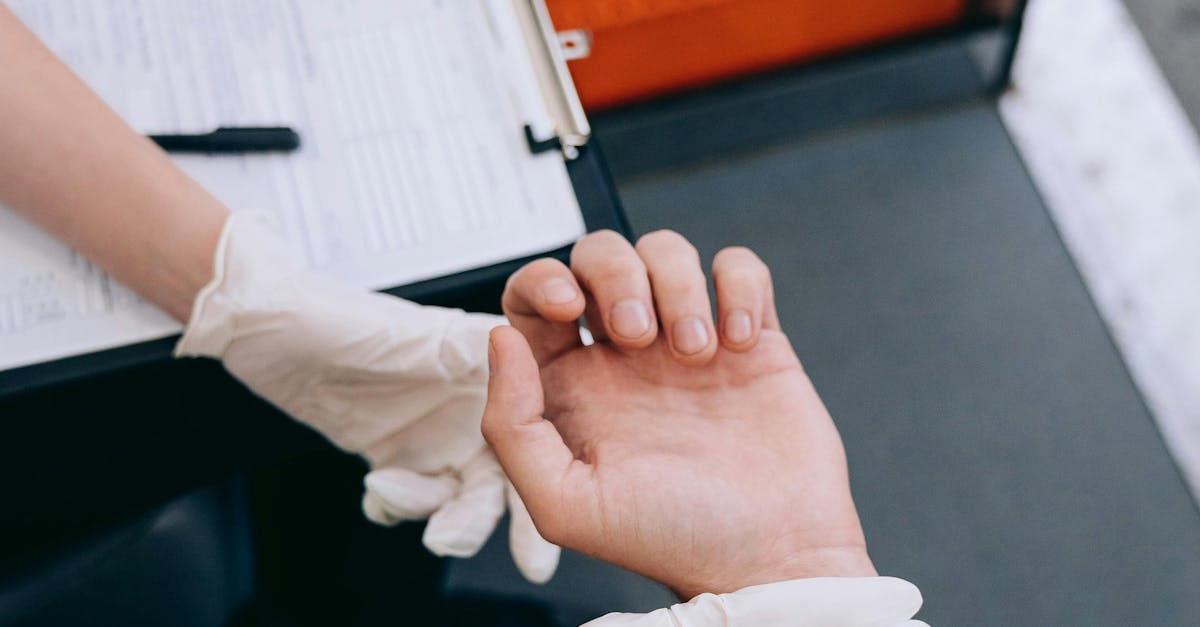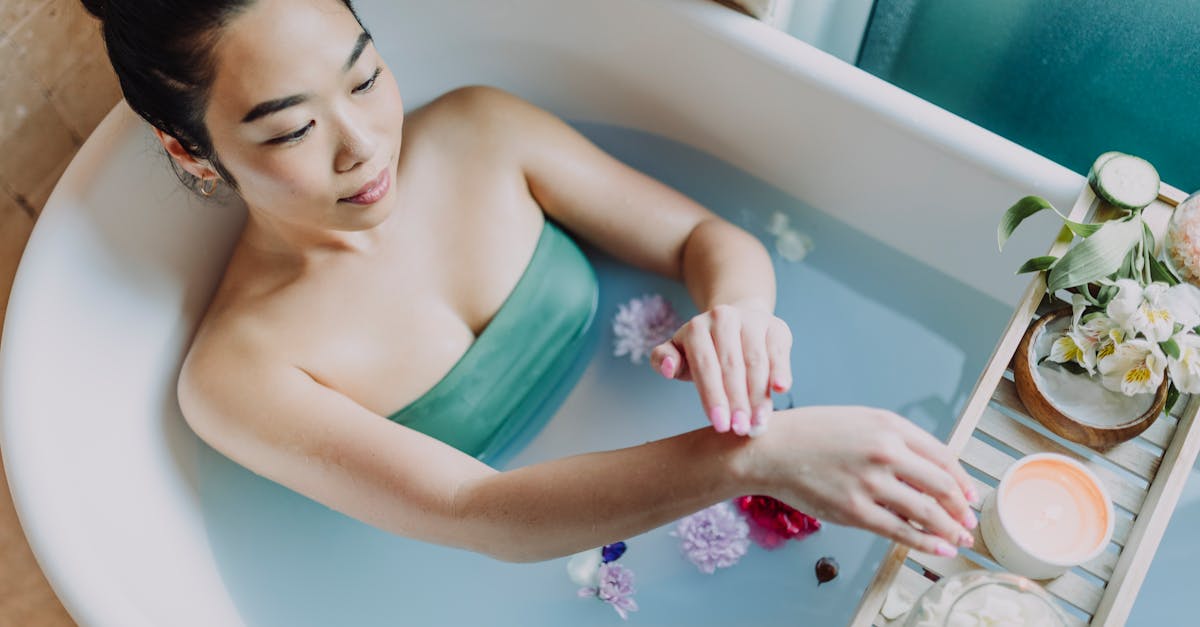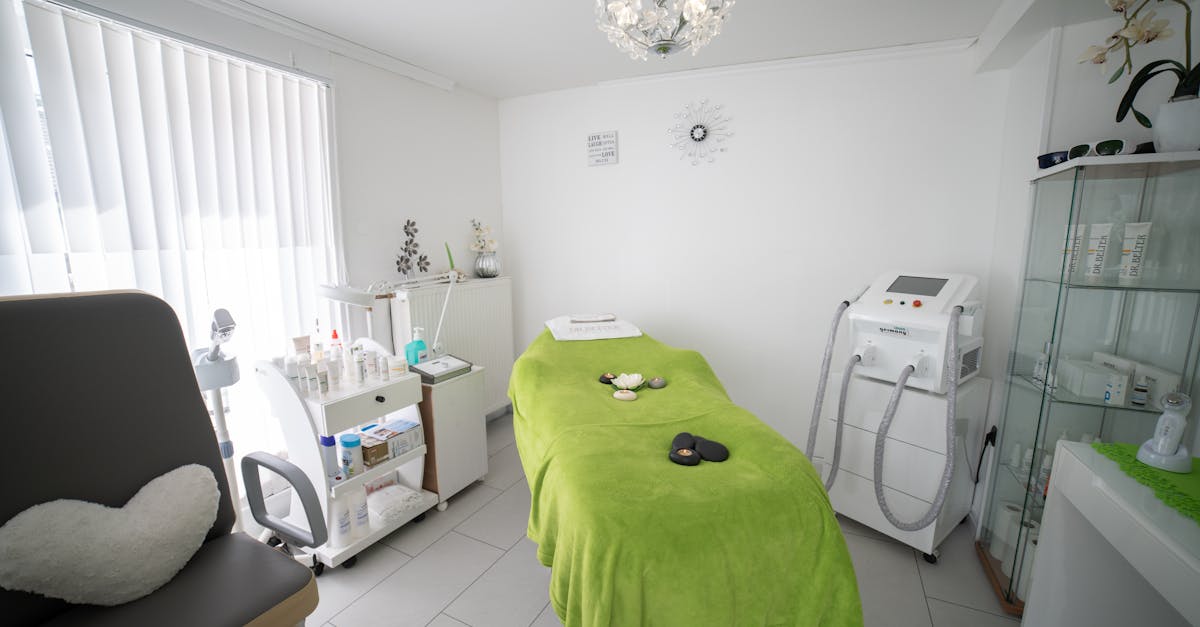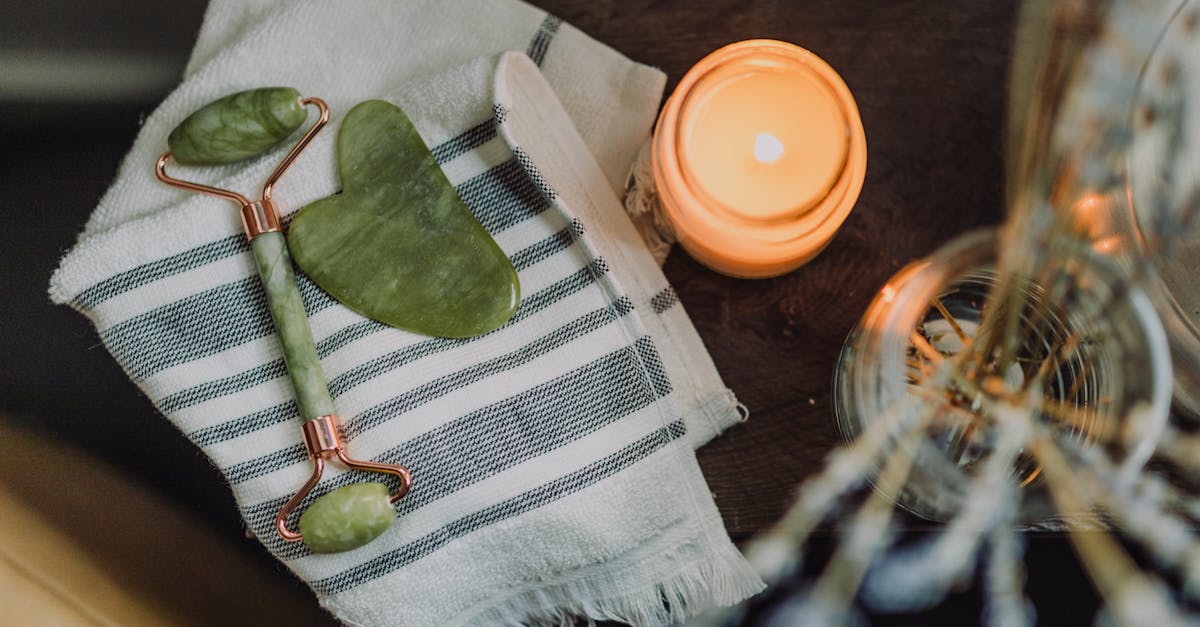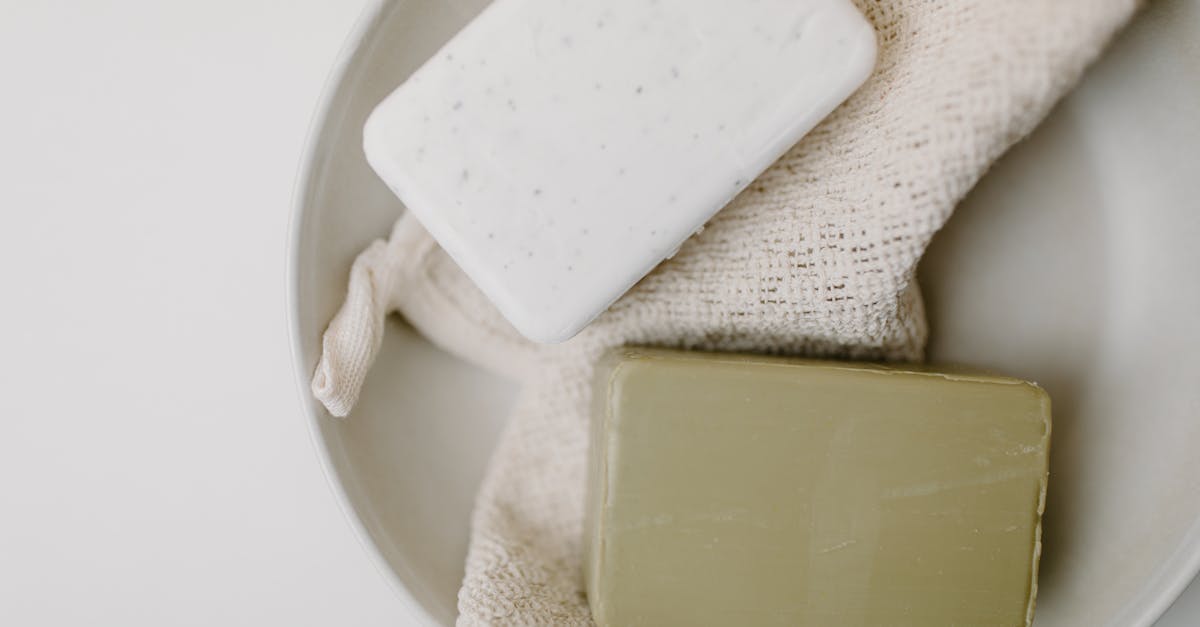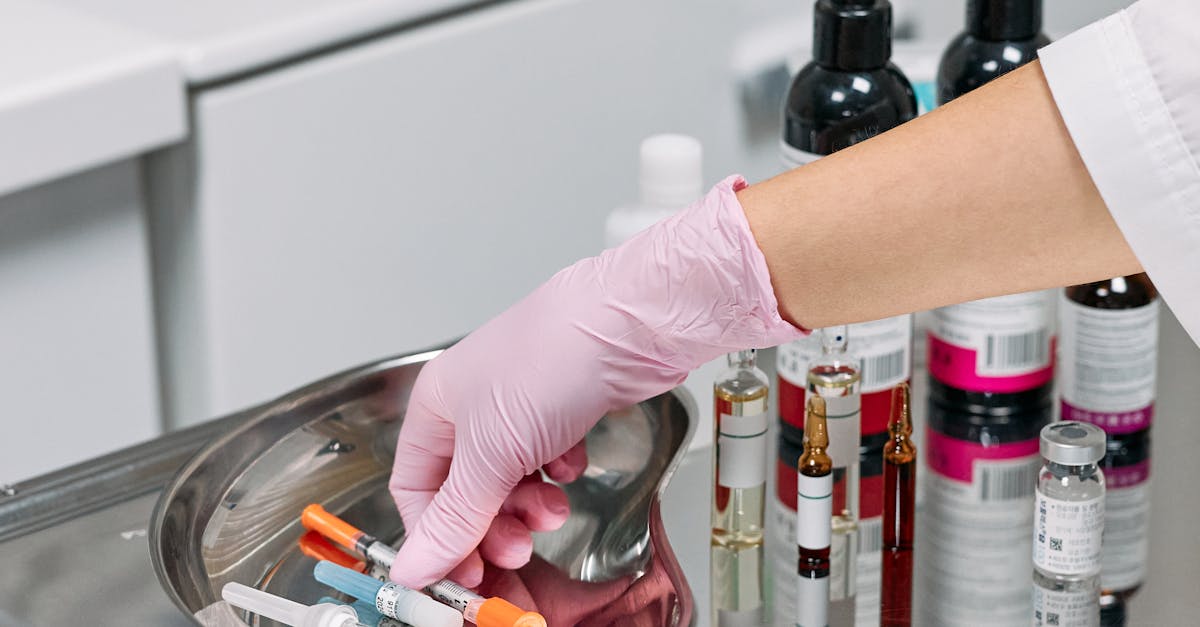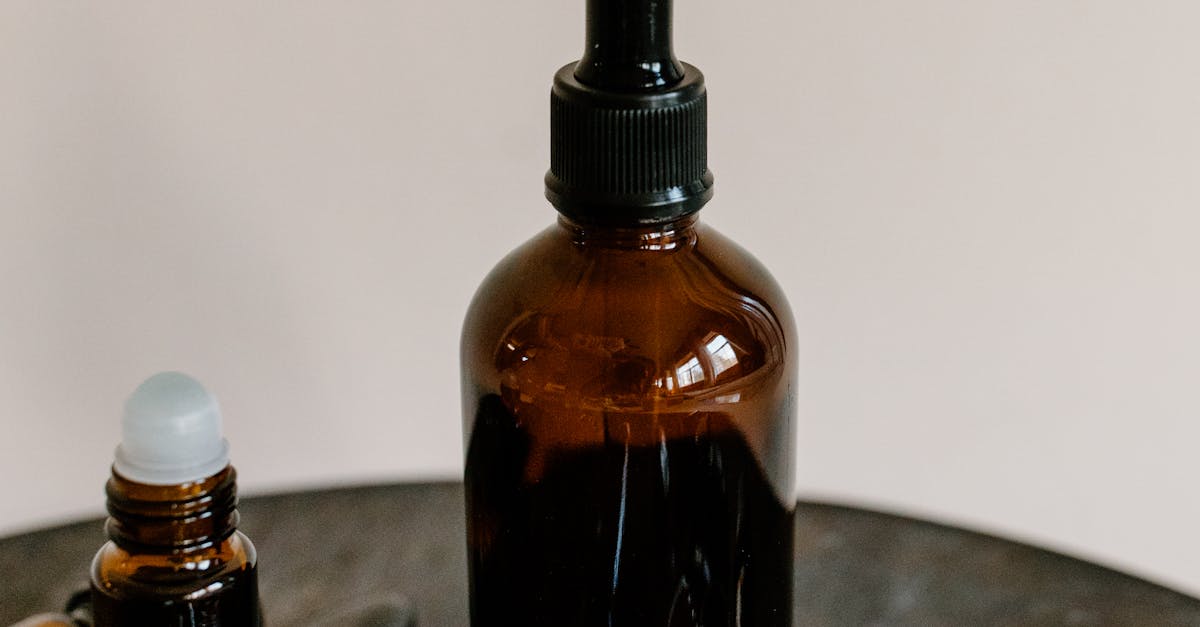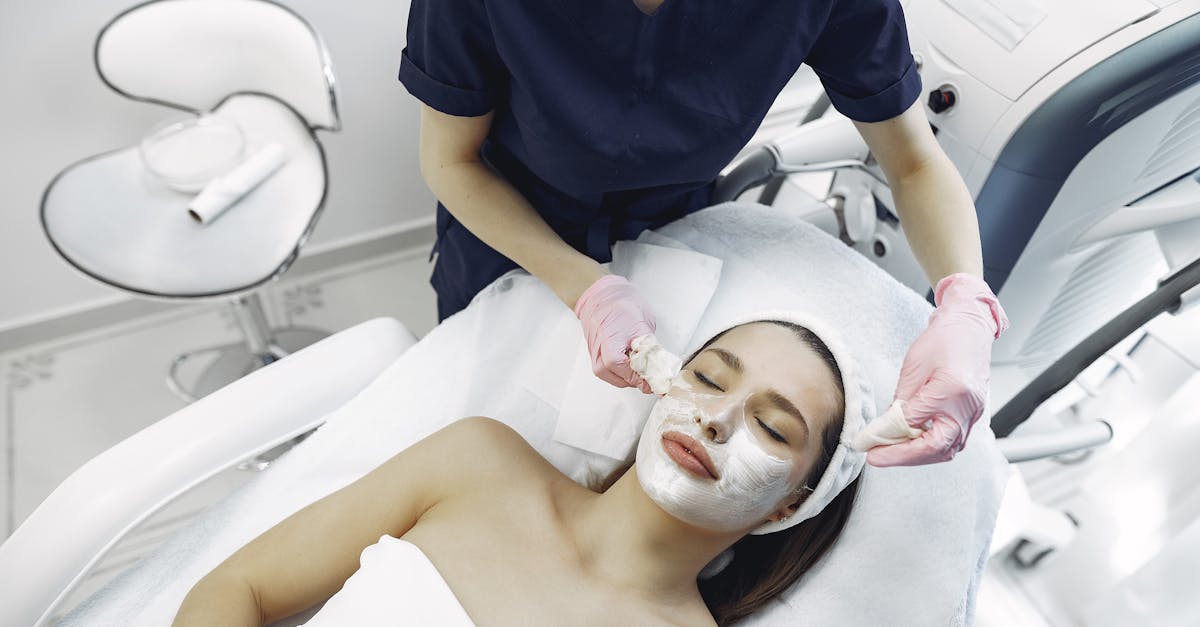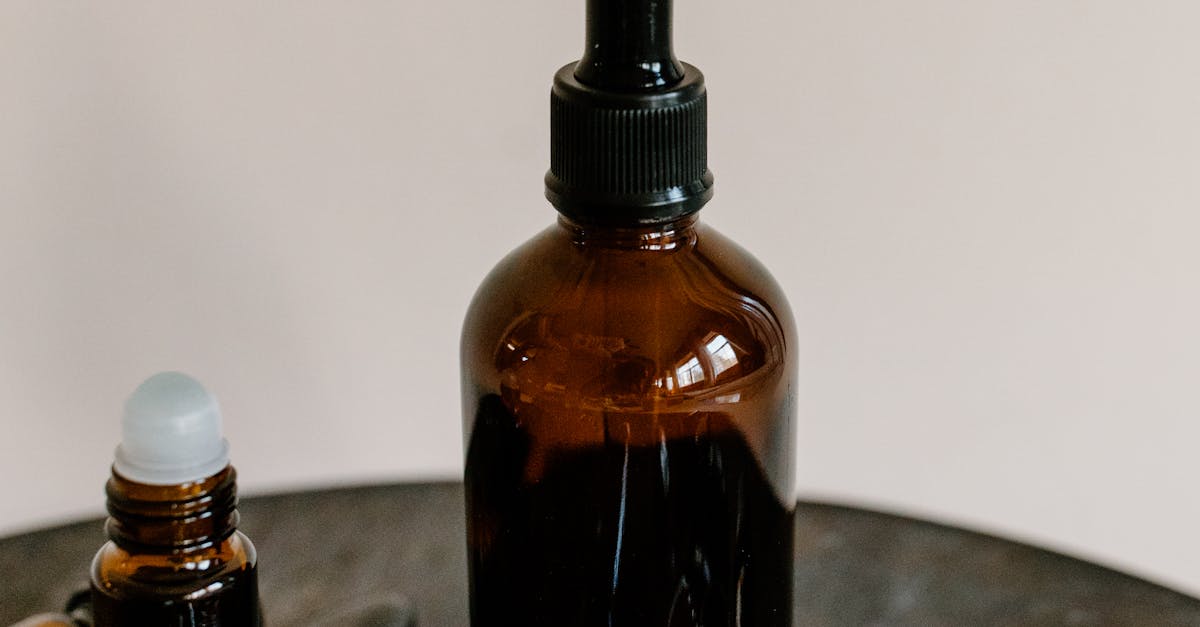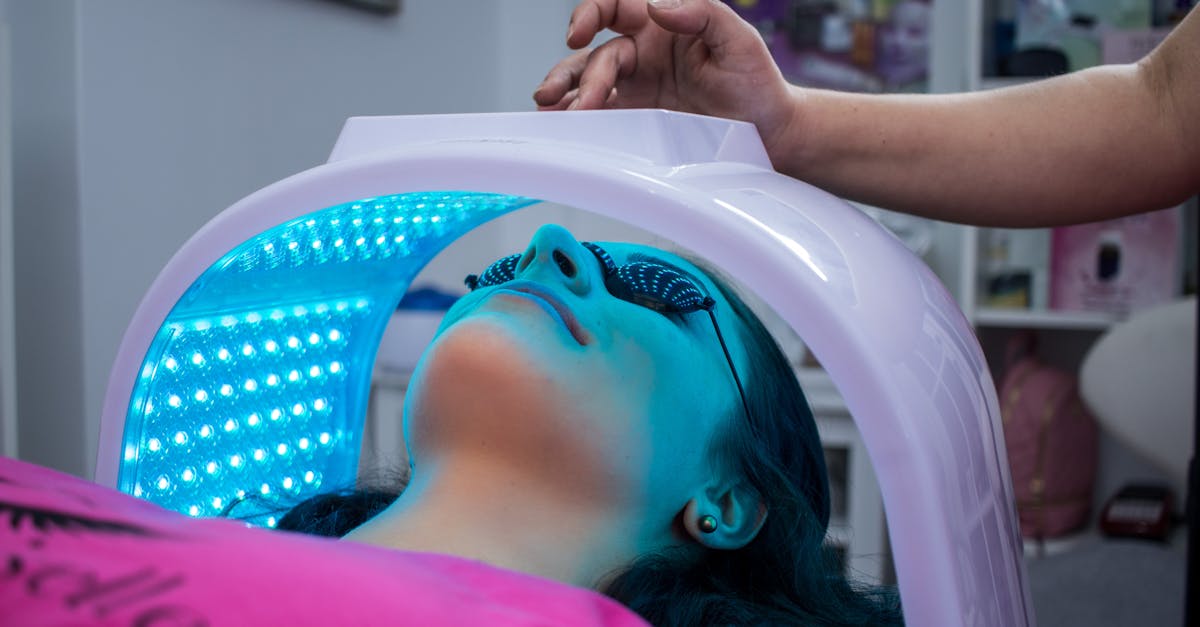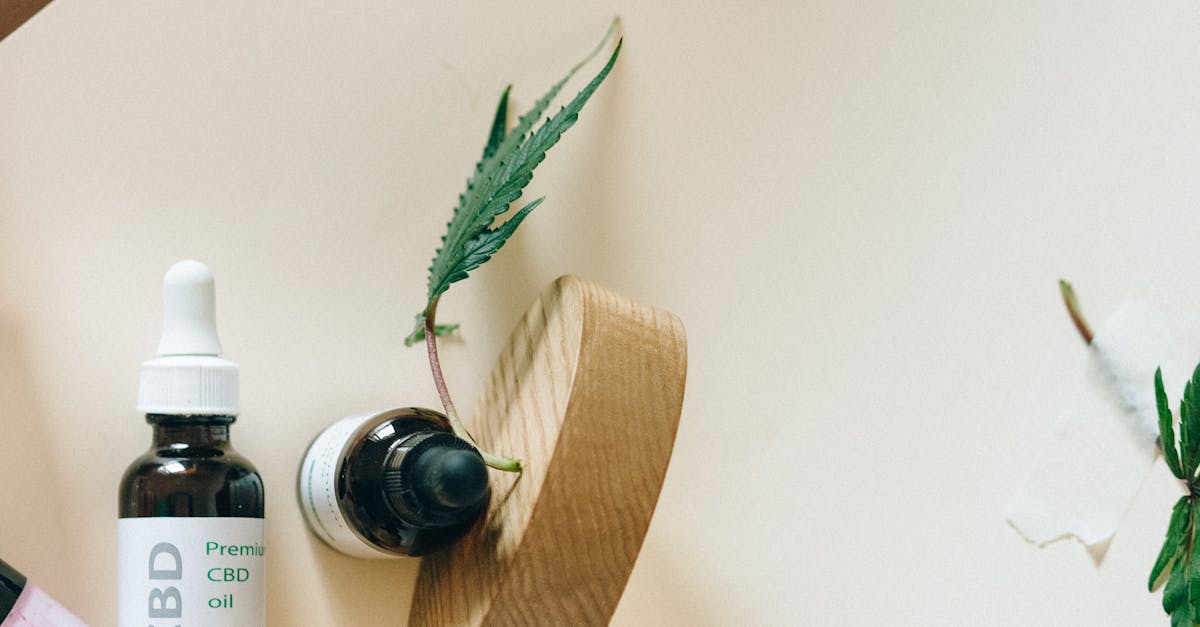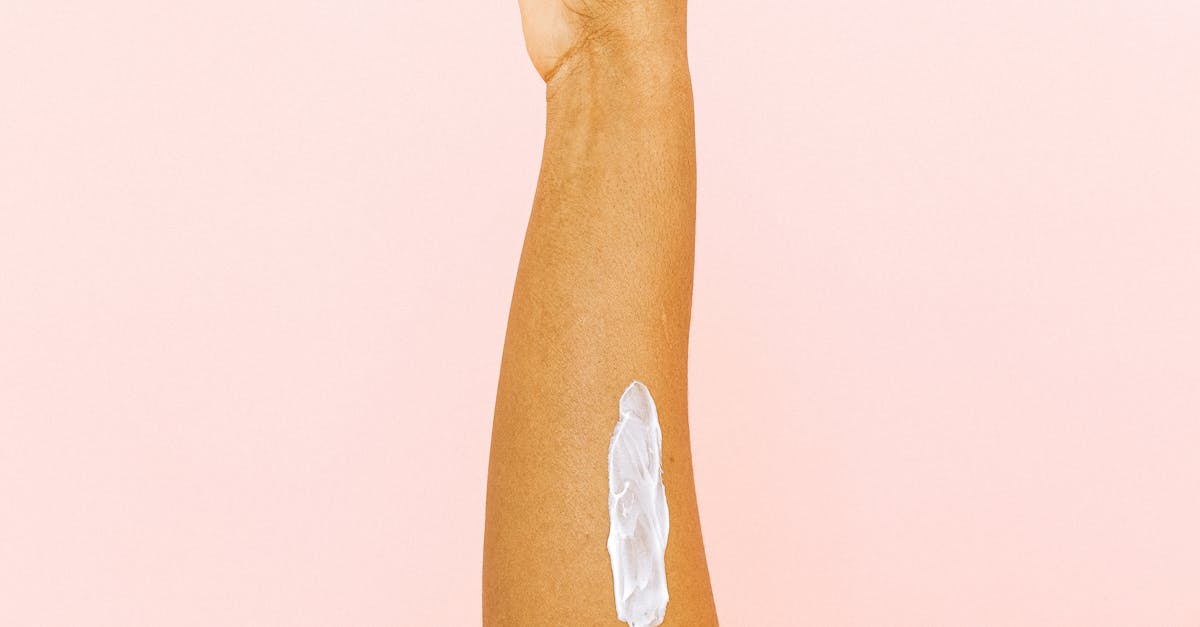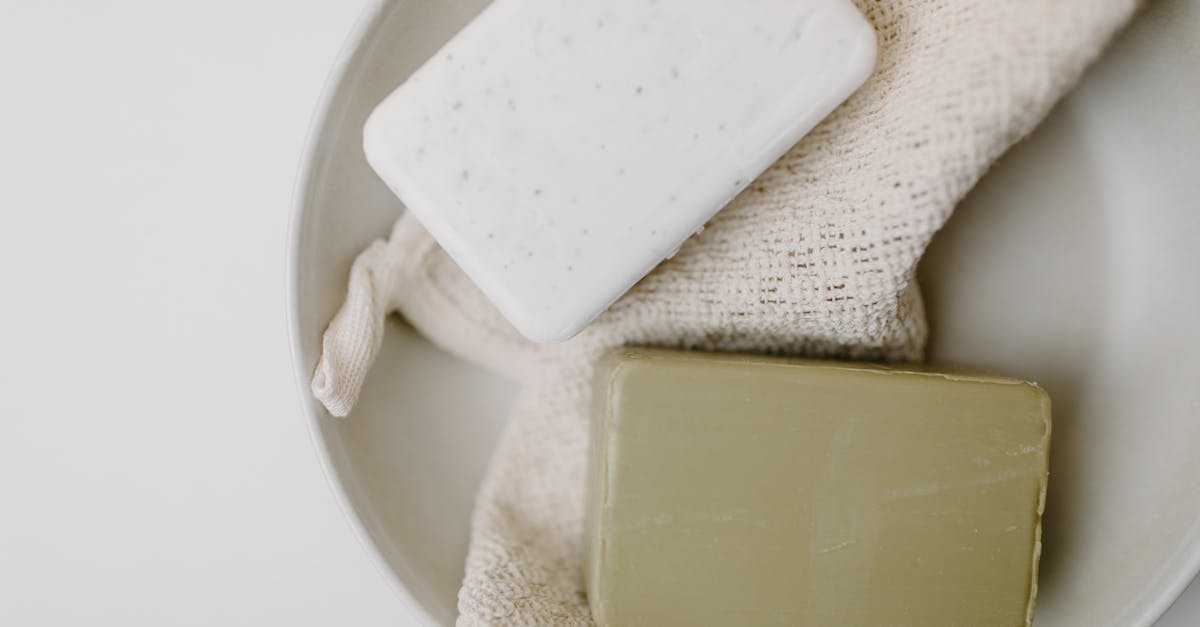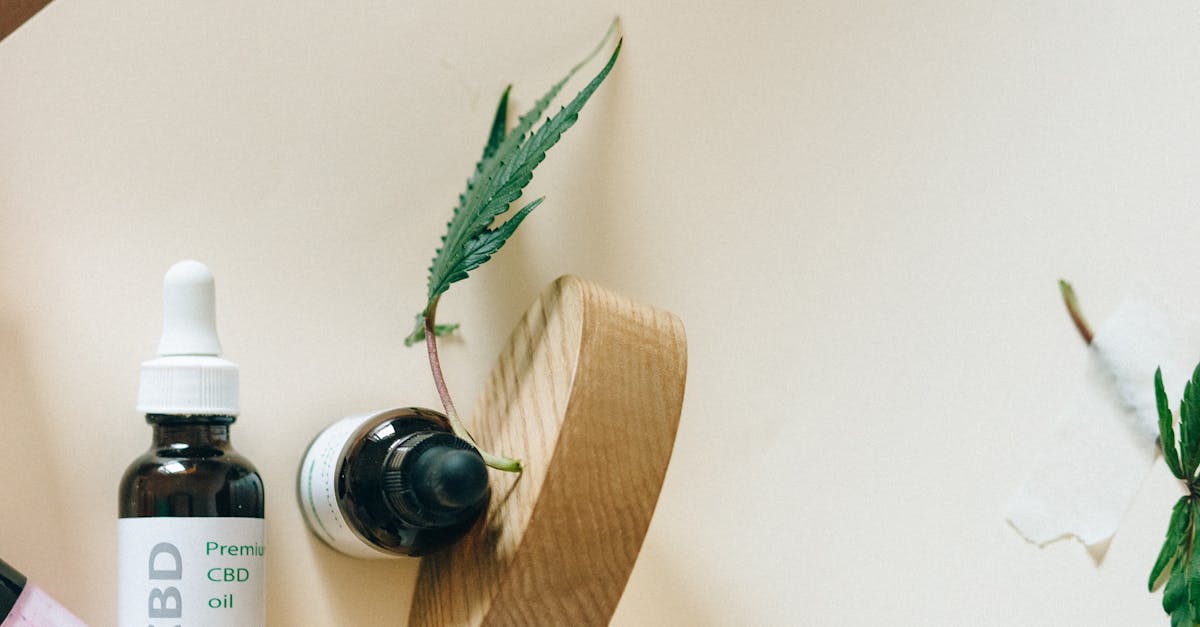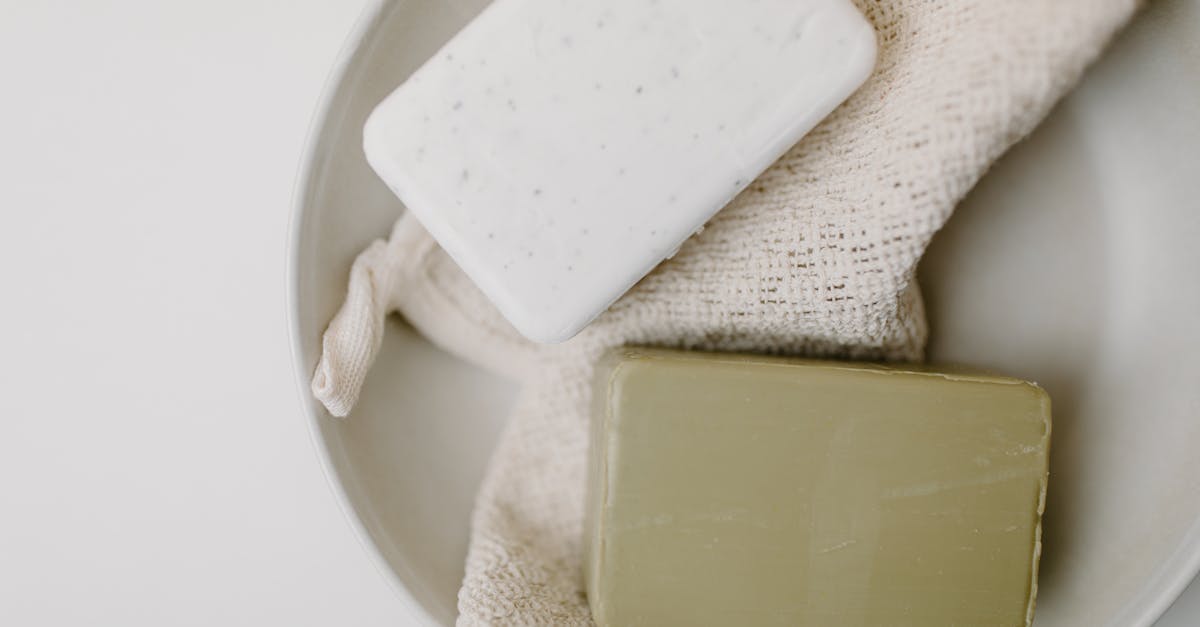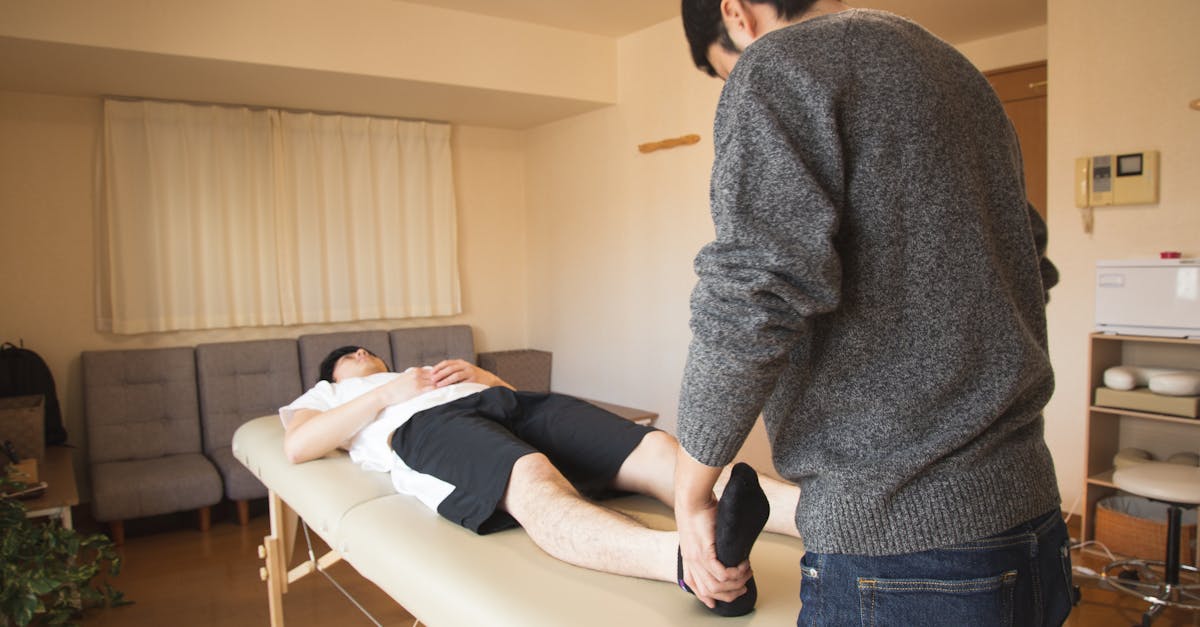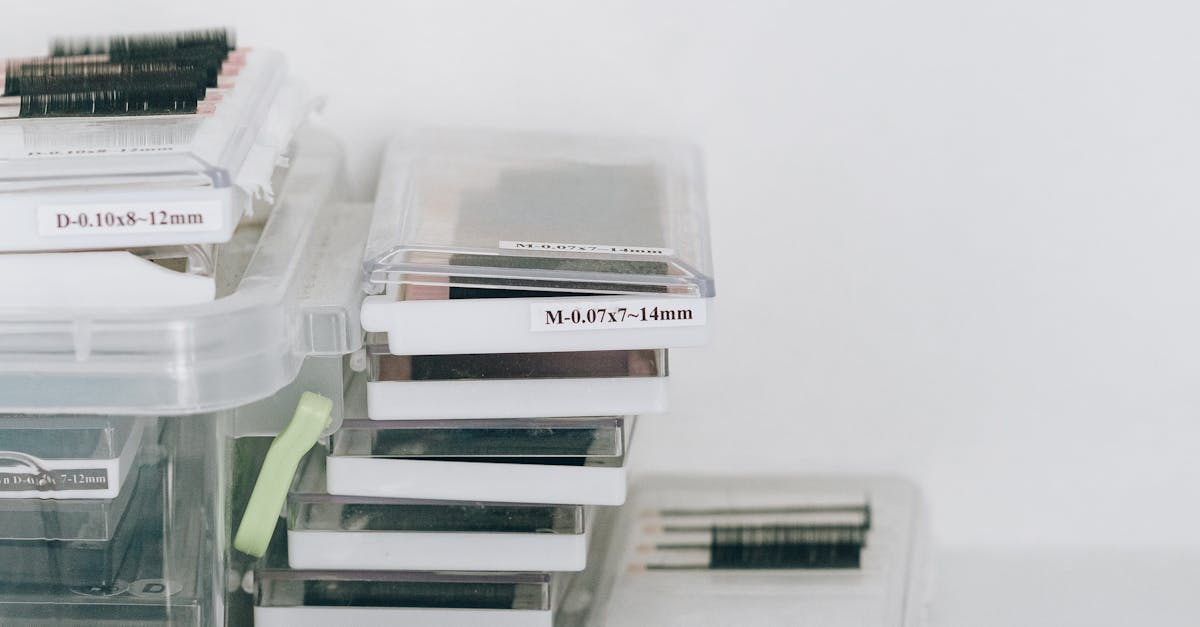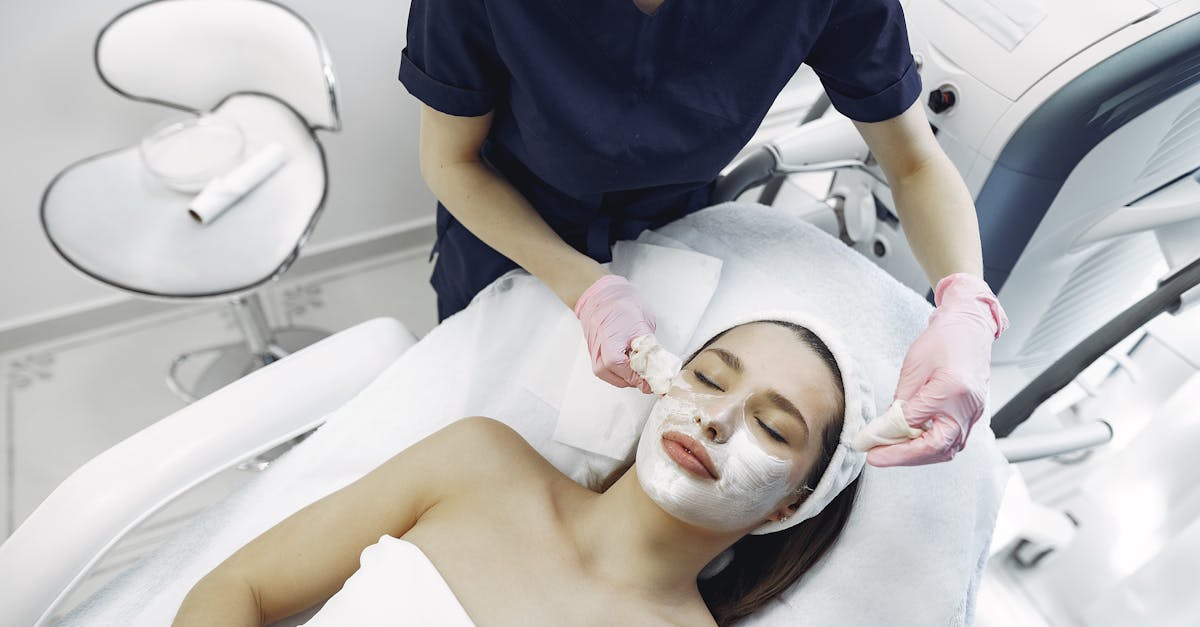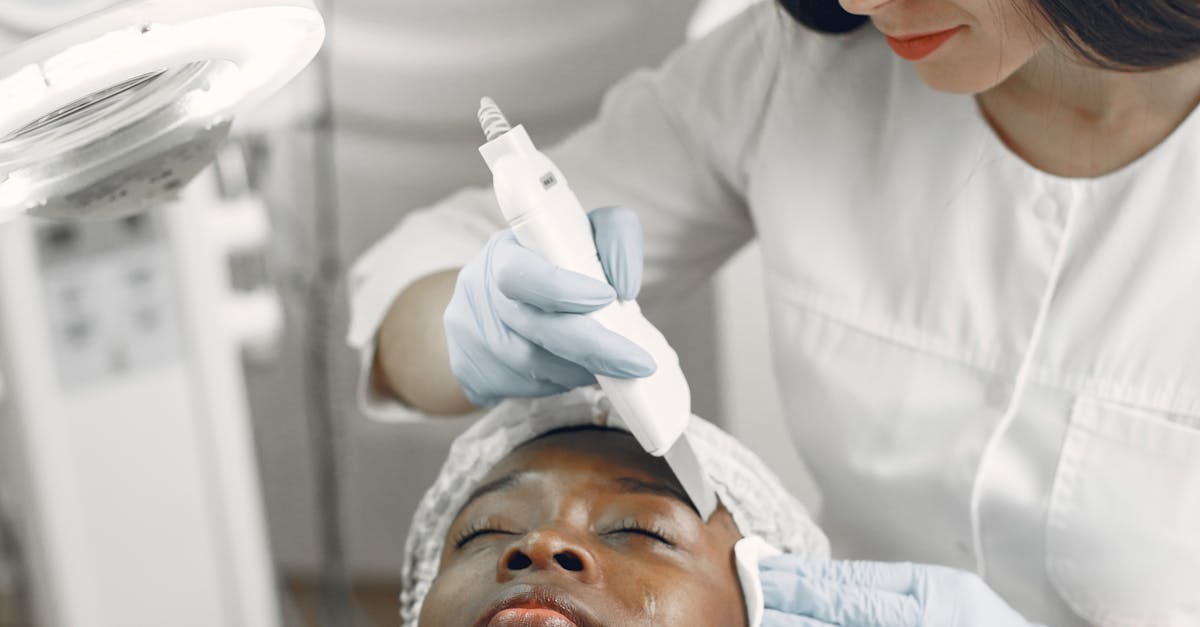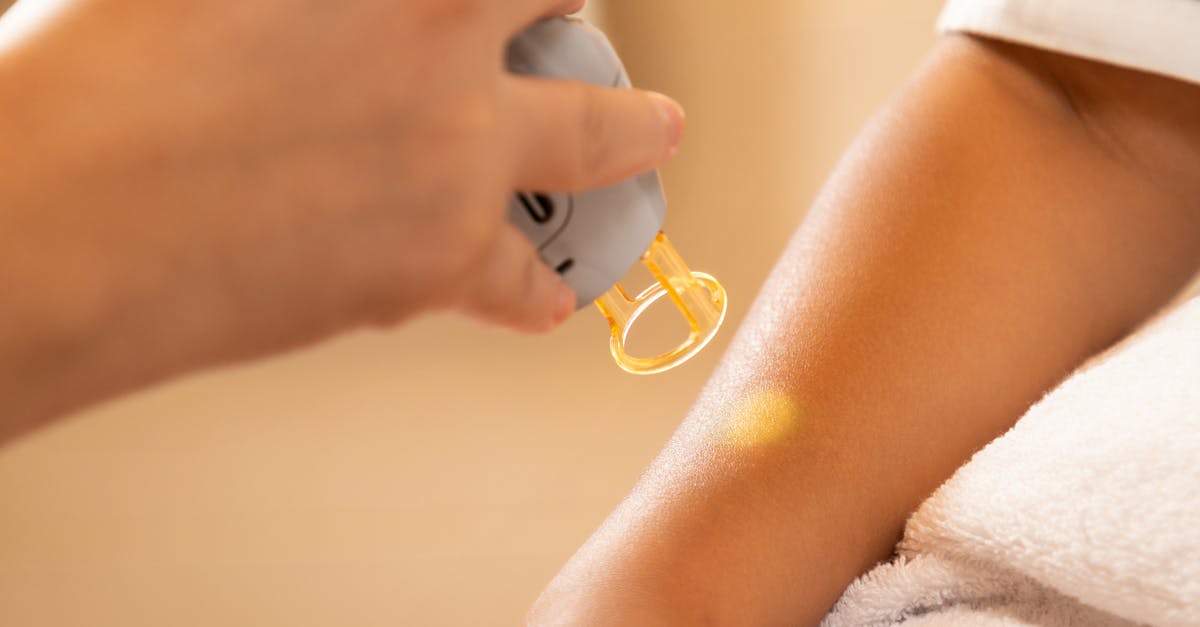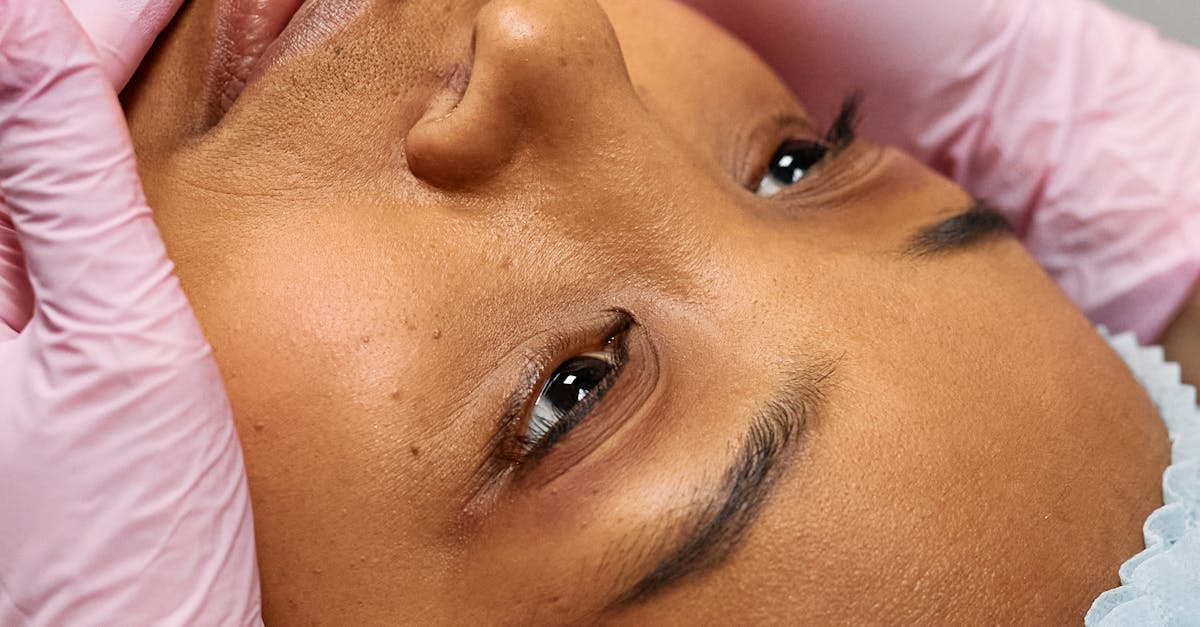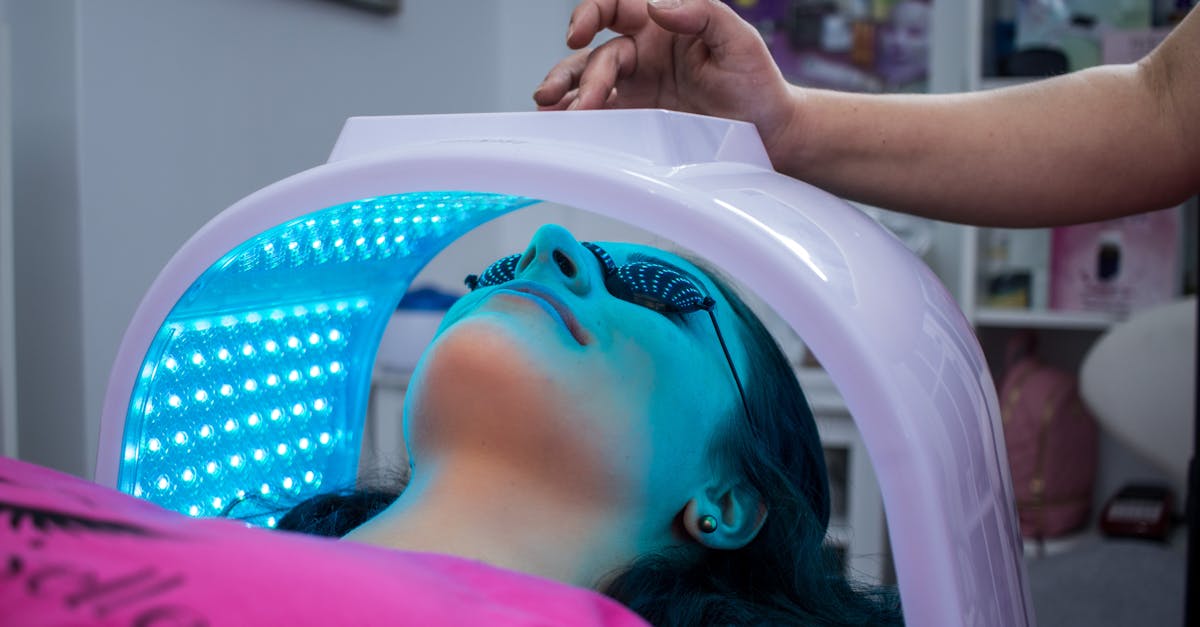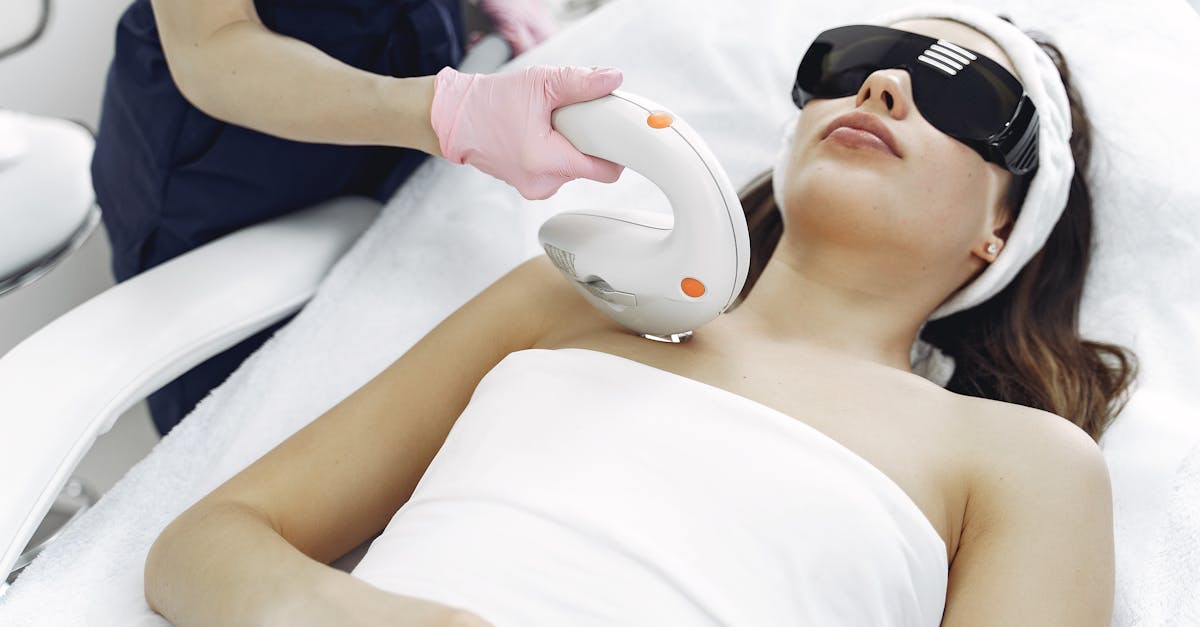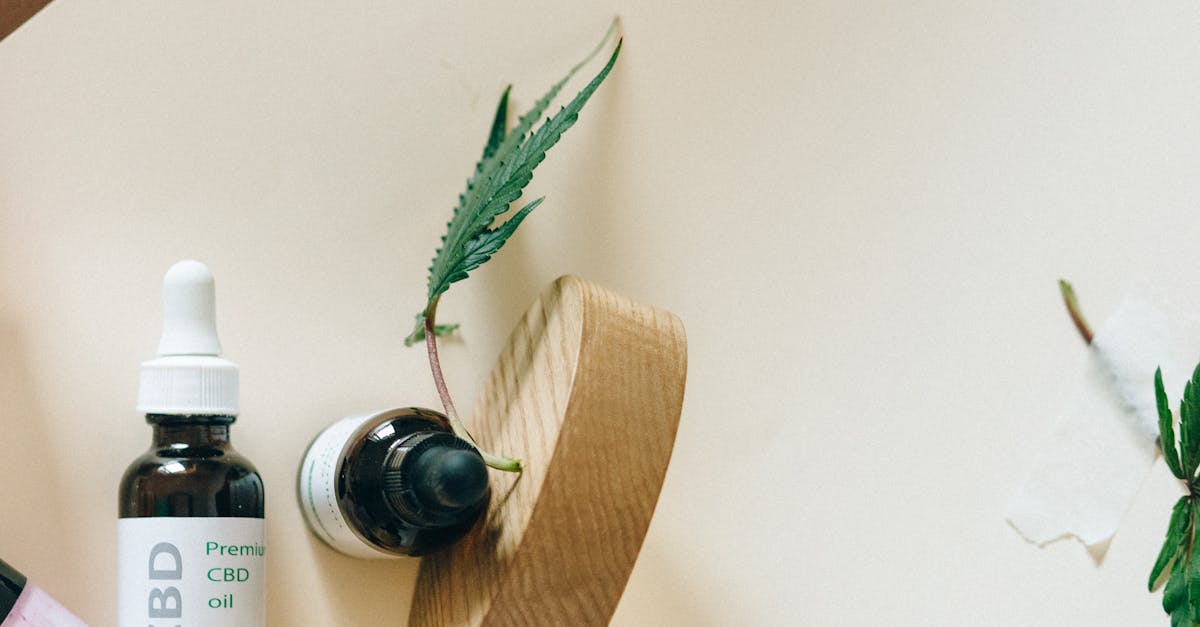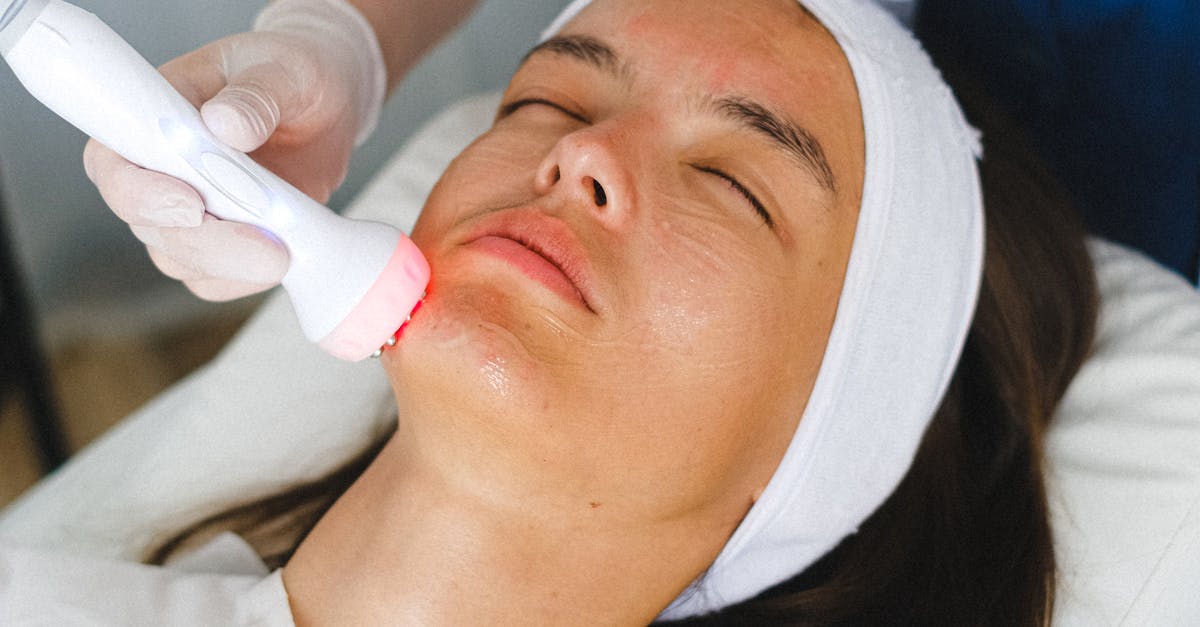- Home
- Top Reads
- Enhancing Relaxation with Swedish Massage
- Integrating Reflexology into Massage Therapy
- Massage Therapy for Chronic Pain Management
- The Role of Aromatherapy in Massage Therapy
- Exploring the Benefits of Hot Stone Massage
- Massage Therapy for Sports Injury Recovery
- Precautions for Pregnancy Massage
- Types of Massage Techniques for Pain Management
- Understanding Deep Tissue Massage
- Benefits of Massage Therapy for Stress Relief
- Long-Term Results of CoolSculpting: What to Anticipate
- Is CoolSculpting Right for You? Assessing Candidacy
- CoolSculpting Side Effects and Risks: What to Know
- Cost of CoolSculpting: Factors to Consider
- Recovery Process After CoolSculpting Treatment
- CoolSculpting: Targeting Stubborn Fat Areas
- CoolSculpting vs. Liposuction: A Comparison
- Benefits of CoolSculpting for Body Contouring
- The Science Behind CoolSculpting: How It Works
- Understanding CoolSculpting: What to Expect
- The Role of Body Contouring in Overall Wellness
- Enhancing Your Confidence with Body Contouring
- Exploring Non-Invasive Body Contouring Options
- Body Contouring: Myth vs. Fact
- How Body Contouring Can Help Target Stubborn Fat Areas
- Achieving Your Body Goals with Body Contouring
- What to Expect During a Body Contouring Session
- The Science Behind Body Contouring Technology
- Understanding the Different Types of Body Contouring Procedures
- The Benefits of Body Contouring Treatments
- Overcoming Common Misconceptions About Cellulite Reduction
- Long-Term Results of Cellulite Reduction Treatments
- Cellulite Reduction: Finding the Right Treatment for You
- The Science Behind Cellulite and How Treatments Work
- Cellulite Reduction: Targeting Problem Areas
- Combining Cellulite Reduction with Other Spa Treatments
- Myth vs. Fact: Cellulite Reduction Treatments
- Non-Invasive Cellulite Reduction Techniques: What to Expect
- The Role of Diet and Exercise in Cellulite Reduction
- Understanding Cellulite Reduction: Causes and Treatment Options
- Laser Hair Removal for Men: What You Need to Know
- Comparing Laser Hair Removal to Other Hair Removal Methods
- Laser Hair Removal for Sensitive Areas
- Long-Term Results of Laser Hair Removal
- Potential Risks and Side Effects of Laser Hair Removal
- Managing Pain and Discomfort During Laser Hair Removal
- Post-Treatment Care for Laser Hair Removal
- Understanding the Laser Hair Removal Process
- The Benefits of Laser Hair Removal for Different Skin Types
- Preparing for Your Laser Hair Removal Session
- Frequently Asked Questions About Oxygen Facials
- Exploring the Different Types of Oxygen Facials
- Oxygen Facials vs. Traditional Facials: A Comparison
- Step-by-Step Guide to a Professional Oxygen Facial
- Oxygen Facials: A Non-Invasive Solution for Healthy Skin
- The Science Behind Oxygen Facials
- How Oxygen Facials Can Improve Skin Texture
- Top 5 Reasons to Try Oxygen Facials
- Understanding the Process of Oxygen Facials
- Benefits of Oxygen Facials for Skin Rejuvenation
- Customizing LED Light Therapy Treatments for Various Skin Concerns
- Clinical Evidence Supporting the Efficacy of LED Light Therapy in Medical Spa Settings
- Combining LED Light Therapy with Other Facial Treatments for Enhanced Results
- Safety and Effectiveness of LED Light Therapy for Facial Rejuvenation
- Incorporating LED Light Therapy into Your Skincare Routine
- The Role of LED Light Therapy in Acne Treatment at Medical Spas
- How Does LED Light Therapy Work in Facial Treatments?
- Understanding LED Light Therapy for Skin Rejuvenation
- Exploring Different Colors of LED Light Therapy in Medical Spas
- Benefits of LED Light Therapy in Medical Spa Treatments
- Facial Acupuncture: Enhancing the Overall Experience of Medical Spa Treatments
- The Art of Facial Acupuncture: Precision and Skill in Medical Spa Treatments
- Facial Acupuncture Techniques Used in Modern Medical Spa Settings
- The Science Behind Facial Acupuncture in Medical Spa Treatments
- Facial Acupuncture: Addressing Common Skin Concerns in Medical Spa Settings
- Integrating Facial Acupuncture with Other Facial Treatments in Medical Spas
- The Role of Traditional Chinese Medicine in Facial Acupuncture for Medical Spa Treatments
- Exploring the History and Origins of Facial Acupuncture in Medical Spa Treatments
- Understanding the Process of Facial Acupuncture in Medical Spa Treatments
- The Benefits of Facial Acupuncture in Medical Spa Treatments
- Common Misconceptions about Microdermabrasion
- Exploring the History of Microdermabrasion
- The Evolution of Microdermabrasion Technology
- Post-Treatment Care for Microdermabrasion
- Microdermabrasion: Is it Right for Your Skin Type?
- The Science Behind Microdermabrasion
- Microdermabrasion for Acne Scarring: What You Need to Know
- Comparing Microdermabrasion with Other Facial Treatments
- Understanding the Microdermabrasion Process
- The Science Behind Chemical Peels
- Benefits of Microdermabrasion for Skin Rejuvenation
- Safety and Risks of Chemical Peels
- Combining Chemical Peels with Other Facial Treatments
- Chemical Peels for Anti-Aging Effects
- Chemical Peels for Hyperpigmentation
- Chemical Peels for Acne Treatment
- Post-Treatment Care for Chemical Peels
- Preparing for a Chemical Peel Treatment
- Understanding Different Types of Chemical Peels
- The Benefits of Chemical Peels for Skin Rejuvenation
- Natural Remedies for Anti-Aging Skin Care
- How Antioxidants Contribute to Anti-Aging Regimens
- The Importance of Sunscreen in Anti-Aging Skincare
- Anti-Aging Treatments for Sensitive Skin
- Choosing the Right Anti-Aging Treatment for Your Skin Type
- The Science Behind Anti-Aging Serums
- Exploring Non-Invasive Anti-Aging Treatments
- Top Anti-Aging Ingredients in Skincare Products
- Understanding the Role of Retinoids in Anti-Aging Treatments
- The Benefits of Anti-Aging Facials
- Acne Treatments for Different Skin Types
- Combating Adult Acne with Medical Spa Treatments
- Acne Treatments for Sensitive Skin
- Managing Acne Scarring with Medical Spa Treatments
- Holistic Approaches to Acne Treatment
- Hormonal Acne: Treatment Options
- The Role of Diet in Acne Management
- Over-the-Counter vs. Prescription Acne Treatments
- Effective Acne Treatments for Oily Skin
- Understanding Acne: Causes and Triggers
- Cost Considerations for Laser Skin Resurfacing
- Laser Skin Resurfacing for Different Skin Types
- Achieving Optimal Results with Laser Skin Resurfacing
- The Science Behind Laser Skin Resurfacing
- Risks and Side Effects of Laser Skin Resurfacing
- Comparing Laser Skin Resurfacing with Other Skin Treatments
- Post-Treatment Care for Laser Skin Resurfacing
- Preparing for Laser Skin Resurfacing: What to Expect
- Types of Lasers Used in Skin Resurfacing Treatments
- Understanding Laser Skin Resurfacing: Procedure and Benefits
- Exploring the Effectiveness of Microdermabrasion
- The Science Behind Microdermabrasion
- Microdermabrasion for Acne Scarring and Blemishes
- Incorporating Microdermabrasion into Your Skincare Routine
- Targeted Skin Concerns Addressed by Microdermabrasion
- Post-Treatment Care for Microdermabrasion
- Preparing for a Microdermabrasion Treatment
- Microdermabrasion vs. Other Skin Treatments
- Understanding the Microdermabrasion Process
- Benefits of Microdermabrasion for Skin Renewal
- Managing Side Effects of Chemical Peels: Tips and Tricks
- Exploring the Effectiveness of Chemical Peels for Anti-Aging
- Chemical Peels for Hyperpigmentation: A Comprehensive Guide
- Preparing for a Chemical Peel: What to Expect
- Chemical Peels vs. Microdermabrasion: Choosing the Right Treatment
- Chemical Peels for Acne Scars: What You Need to Know
- The Science Behind Chemical Peels
- Chemical Peel Aftercare: Dos and Don'ts
- Understanding Different Types of Chemical Peels
- Benefits of Chemical Peels for Skin Rejuvenation
Desert Rain Skin Med Spa North Scottsdale
8711 E Pinnacle Peak Road
Suite F-113
Scottsdale
AZ 85262
Tel: 623-299-2596
